Global Market Size, Forecast, and Trend Highlights Over 2025-2037
Wind Power Generator Market size was USD 22.8 billion in 2024 and is estimated to reach USD 42.9 billion by the end of 2037, expanding at a CAGR of 5% during the forecast period, i.e., 2025-2037. In 2025, the industry size of wind power generators is evaluated at USD 23.9 billion.
The increasing need to replace conventional energy sources with renewable energy sources drives the wind power generator market growth during the forecast period. Wind and solar power generation were considered prohibitively expensive two decades ago, whereas they have now become more cost-competitive than newly built coal or gas plants. The global shift towards clean and sustainable energy sources, which helps to minimize greenhouse gas emissions and to combat climate change, has led to an increasing need for renewable energy such as wind power. Wind energy is the key component for the clean energy transition.
Moreover, consumers, businesses, and governments support its adoption. Globally, many governments have enforced numerous supportive policies and incentives to boost the development and deployment of wind power generation. Some of them are tax credits, subsidies, feed-in-tariffs, and renewable energy mandates, which make wind energy projects financially attractive for developers and investors. For example, in the U.S. the Production Tax Credit (PTC) has been instrumental in promoting wind energy development. Established under the Energy Policy Act of 1992, PTC offers a per-kilowatt-hour tax credit for electricity generated by qualified wind energy facilities. This federal incentive has been a significant driver of wind energy growth, contributing to the industry’s expansion over the past decades.
Enhancements in smart grid management systems and smart grid technologies boost the integration of intermittent renewable energy sources such as wind power into the current power grid. Enhancement in grid flexibility and management improves the capacity to accommodate higher levels of wind power penetration, thus creating new possibilities for wind energy expansion. This increases the sales of wind power generators in numerous end-user sectors; thus, creating opportunities for the wind power generator market in the forecast period.

Wind Power Generator Market: Growth Drivers and Challenges
Growth Drivers
-
Wind energy as an economic alternative to conventional energy: Land-based utility-scale wind energy has risen as the most cost-effective energy source, with the cost of electricity as low as 1-2 cents per kilowatt-hour after production tax credit. Wind energy reduces the price volatility associated with traditional fossil fuels by using a free fuel source and providing power at a set price for up to 20 years. Enhancement of wind power technologies and production tax credits have stimulated the expansion of wind energy at low cost. For instance, operation and maintenance costs for wind power are predicted to be approximately USD 1.3 to 1.6 per kWh over the turbine’s lifetime.
Furthermore, wind energy has minimized operational expenses compared to traditional energy sources such as generators and turbines that operate automatically and also require minimum maintenance over their lifespan. Though the initial capital investment for wind turbines is high. The levelized cost of energy for land-based wind installations is around USD 39 per megawatt-hour (MWh). This affordability ensures constant demand for turbine generator manufacturers, presenting numerous factors for revenue.
-
Advancements in technology, and supportive government policies: Recent enhancements in wind turbine technologies, including larger rotor diameters, taller towers, and enhanced control systems, have prominently enhanced efficiency. Notably, in 2013, no turbines employed rotors 115 meters in diameter or larger, whereas 98% of newly installed turbines featured such rotors in 2023. This innovation improves energy output and minimizes the cost, thereby driving the growth of the wind power generation market. Moreover, the government supports wind power through subsidies, tax credits, and renewable energy targets, which play an important role in wind power projects fostering wind power generator market expansion. Globally policy frameworks are necessary in facilitating a favorable environment for the development and scaling of wind energy infrastructure.
-
Environmental sustainability: The global awareness of climatic change and environmental sustainability accelerates the need for clean energy sources such as wind power. As all countries strive to minimize their carbon footprints, the wind power generator market experiences sustainable growth due to the increasing adoption of renewable energy solutions to satisfy sustainability goals.
Recycling wind turbine materials entails recovering valuable resources from decommissioned turbines, thereby saving energy that would otherwise be used for their production. It also helps to divert waste from landfills, reducing pollution and saving natural resources. According to the U.S. Department of Energy, A wind turbine's mass is composed of materials that are already commercially recyclable to an extent of about 85% to 90%. The majority of unrecycled materials are made of fiber-reinforced composites (carbon fiber and fiberglass). Wind turbine blades, nacelle coverings, and the hub cover that joins the blades to the wind turbine all contain these materials in various forms.
Challenges
-
Intermittent nature of wind energy: The growth of the direct drive wind turbine market is highly restricted by the intermittent nature of wind energy. Variability in wind patterns is influenced by weather conditions, geographic location, and time of day, leading to unplanned outages, fluctuation in power generation, and production disruption that are more challenging to mitigate. Ensuring a consistent power supply necessitates backup energy sources, and the integration of auxiliary systems such as enhanced energy storage solutions, grid enhancement, demand response mechanisms, and effective power regulations. These are some of the challenges that hinder the expansion of the wind power generator market growth over the forecast period.
-
Land use and environmental concerns: The growth of onshore wind farms frequently faces challenges due to land use conflicts and environmental conditions. In densely populated regions, competition for land can impede the growth of wind energy projects. Addressing all these challenges, there is a need for strategic planning, comprehensive environmental impact assessments, and proactive community engagement to balance renewable energy expansion with ecosystem preservation and landscape integrity.
Wind Power Generator Market: Key Insights
| Report Attribute | Details |
|---|---|
|
Base Year |
2024 |
|
Forecast Year |
2025-2037 |
|
CAGR |
5% |
|
Base Year Market Size (2024) |
USD 22.8 billion |
|
Forecast Year Market Size (2037) |
USD 42.9 billion |
|
Regional Scope |
|
Wind Power Generator Segmentation
Type (Offshore and Onshore)
Onshore segment is expected to capture wind power generator market share of around 72.7% by the end of 2037. The market growth is due to lower installation and maintenance costs, growing land-based wind farms, and faster project execution. Moreover, countries are rapidly expanding wind energy projects to meet carbon neutrality goals. For instance, in 2021, new wind installations registered 93.6 gigawatts (GW), bringing the total global wind power capacity to 837 GW, representing a 12% increase from 2020. In 2021, onshore installations totaled 72.5 GW globally. Latin America, Europe, Africa, and the Middle East regions had significant expansion, with year-over-year growth rates of 19%, 27%, and 120%, respectively. These trends are expected to drive the continued growth of the onshore wind energy segment throughout the forecast period.
Further, the offshore segment continues to dominate the global energy industry. In addition, offshore wind farms use large turbines, facilitating fewer turbines to produce more power. There is a noticeable shift toward larger, more efficient turbines, driven by technology developments that allow for increasing energy production. Offshore wind farms are becoming increasingly popular, capitalizing on stronger and more reliable wind resources. This is highly driven by primary factors such as the global need for clean and sustainable energy sources, which increases interest in offshore wind projects.
A notable example is India's offshore wind power development strategy, which was introduced in July 2022 and underscores the growing focus on offshore wind energy. This rising emphasis on offshore wind farms is expected to drive the need for direct-drive wind turbines, strengthening the position of the market throughout the forecast period.
Application (Horizontal Axis and Vertical Axis)
The horizontal axis segment in wind power generator market is expected to garner a significant share during the assessed period. In a horizontal-axis wind turbine, the rotor's axis is parallel to both the wind direction and the Earth's surface. The primary rotor shaft and electrical generator are positioned at the top of the tower, harnessing wind energy to produce electricity. These turbines consist of 2 or 3 blades mounted on a rotating horizontal axis with a propeller-like design. As the blades spin, they convert wind energy into mechanical power. Depending on their operational configuration, the horizontal axis wind turbine market is categorized into upwind and downwind segments, with the upwind design being the dominant segment. In the upwind configurations, the rotor faces into the wind, optimizing energy capture, and efficiency.
The key benefit of the upwind technique is its capacity to avoid wind shadow created behind the tower, thus leading to higher energy production. Vertical axis wind turbines offer advantages such as quiet operation, durability, compact size, efficiency, and versatility. Their ability to be applied closely helps to optimize space utilization, making them ideal for residential and small-scale wind installations. By harnessing wind as a renewable energy source, vertical-axis wind turbines provide a cost-effective and environmentally sustainable solution. With the increasing need for clean energy, the vertical axis wind turbine market is experiencing significant growth.
Our in-depth analysis of the global wind power generator market includes the following segments:
|
Type |
|
|
Application |
|
|
End user |
|

Vishnu Nair
Head - Global Business DevelopmentCustomize this report to your requirements — connect with our consultant for personalized insights and options.
Wind Power Generator Industry - Regional Synopsis
Asia Pacific Market Analysis
Asia Pacific wind power generator market is likely to account for revenue share of more than 24.4% by the end of 2037. The market growth in this region is highly driven by a combination of strong economic expansion, supportive government policy boosting renewable energy adoption, and increasing energy demand. China and India are at the forefront of making prominent investments in both onshore and offshore wind projects to capitalize on their abundant wind resources. Furthermore, the region's commitment to minimizing greenhouse gas emissions and combating climate change is reinforced by regulatory frameworks that include renewable energy mandates, and subsidies, further accelerating the wind power generator market development.
China is the world's largest market for wind power, with continuous rapid expansion of new facilities. The country's vast landmass and extensive coastline provide exceptional wind resources, supporting both onshore and offshore development. To minimize its reliance on fossil fuels and combat air pollution, the country has been rapidly expanding its wind power infrastructure. Furthermore, government policies play an important role in this growth, with ambitious targets aimed at increasing the share of renewable energy, especially wind power, within the national energy mix.
China leads the region in wind power installations by producing 376 GW wind power, accounting for approximately 12.9% of the country’s total installed electric generation capacity of 2.92 TW, driven by ongoing government initiatives and substantial investments to accelerate industry growth. The onshore wind power sector is foreseen to expand steadily as the government prioritizes renewable infrastructure development to minimize reliance on thermal power and curb pollution. This strategic focus is predicted to shape the enhancement of wind power projects, further driving wind power generator market growth.
On the other side, India is also experiencing growth in wind power installations, driven by supportive government policies, ambitious renewable energy targets, and a competitive bidding process. Meanwhile, Australia, with its abundant wind resources, has witnessed a notable increase in wind power capacity in recent years.
North America Market Statistics
The North America wind power generator market is set for substantial growth driven by a strong regulatory framework that incorporates tax incentives, and renewable energy targets, encouraging investment in both offshore and onshore projects. Technological innovations such as larger & more efficient turbines, increasing energy output, and reduced costs, make wind power a competitive alternative to conventional energy sources.
The U.S. with its substantial installed capacity, stands among the world's largest wind power markets. The U.S. wind power market is projected to experience the highest compound annual growth rate during the forecast period. Favorable wind resources and supportive policies in key states such as Iowa, Texas, and California drive the wind power generator market growth. The integration of wind energy into the existing power grid improves reliability and stability, further accelerating its adoption. With continuous investment and a strong commitment to sustainability, the U.S. is poised to play a key role in the regional transition towards renewable energy resources.
Similarly, Canada is actively expanding its wind power capacity, leveraging abundant wind resources, leading the way in the development of wind power with the provinces of Quebec, Ontario, and Alberta. Meanwhile, Mexico has witnessed a surge in wind power installations, driven by energy reforms and ambitious renewable energy targets.

Companies Dominating the Wind Power Generator Market
- Nordex Group
- Siemens
- Company Overview
- Business Strategy
- Key Product Offerings
- Financial Performance
- Key Performance Indicators
- Risk Analysis
- Recent Development
- Regional Presence
- SWOT Analysis
- Ming Yang
- Enercon
- Vestas
- Siemens Gamesa
- Samsung Electronics
- Mitsubishi Heavy Industries
- Sinovel Wind Group Co., Ltd
- Orano
- Repower
Globally wind power generator market is highly consolidated with a few major players. Leading companies concentrate on product innovation and optimize distribution channels to strengthen their international presence. The following are some of the leading companies holding the largest market share and dictate industry trends in the wind power generator market.
Recent Developments
- In October 2024, Envision Energy introduced a new 5MW onshore wind turbine with a 182-meter rotor diameter, especially for the Indian market. Compared to the previous EN 156/3.3MW model, this new platform offers improved smoke and fire detection systems and a large yearly energy output increase of over 40%. The introduction demonstrates Envision's dedication to enhancing customer safety and energy efficiency.
- In October 2024, Tata Power announced an investment in wind turbines exceeding more than 3 gigawatts (GW) to support its wind-solar hybrid renewable energy projects throughout India during the following three to five years. With contracts worth more than USD 2.52 billion, this project seeks to improve the company's capacity for renewable energy, potentially increasing the entire capacity to almost 5 GW.
- Report ID: 7341
- Published Date: Mar 18, 2025
- Report Format: PDF, PPT
- Get detailed insights on specific segments/region
- Inquire about report customization for your industry
- Learn about our special pricing for startups
- Request a demo of the report’s key findings
- Understand the report’s forecasting methodology
- Inquire about post-purchase support and updates
- Ask About Company-Level Intelligence Additions
Have specific data needs or budget constraints?
Frequently Asked Questions (FAQ)
Wind Power Generator Market Report Scope
FREE Sample Copy includes market overview, growth trends, statistical charts & tables, forecast estimates, and much more.
Connect with our Expert
See how top U.S. companies are managing market uncertainty — get your free sample with trends, challenges, macroeconomic factors, charts, forecasts, and more.
 Inquiry Before Buying
Inquiry Before Buying


 Afghanistan (+93)
Afghanistan (+93)
 Åland Islands (+358)
Åland Islands (+358)
 Albania (+355)
Albania (+355)
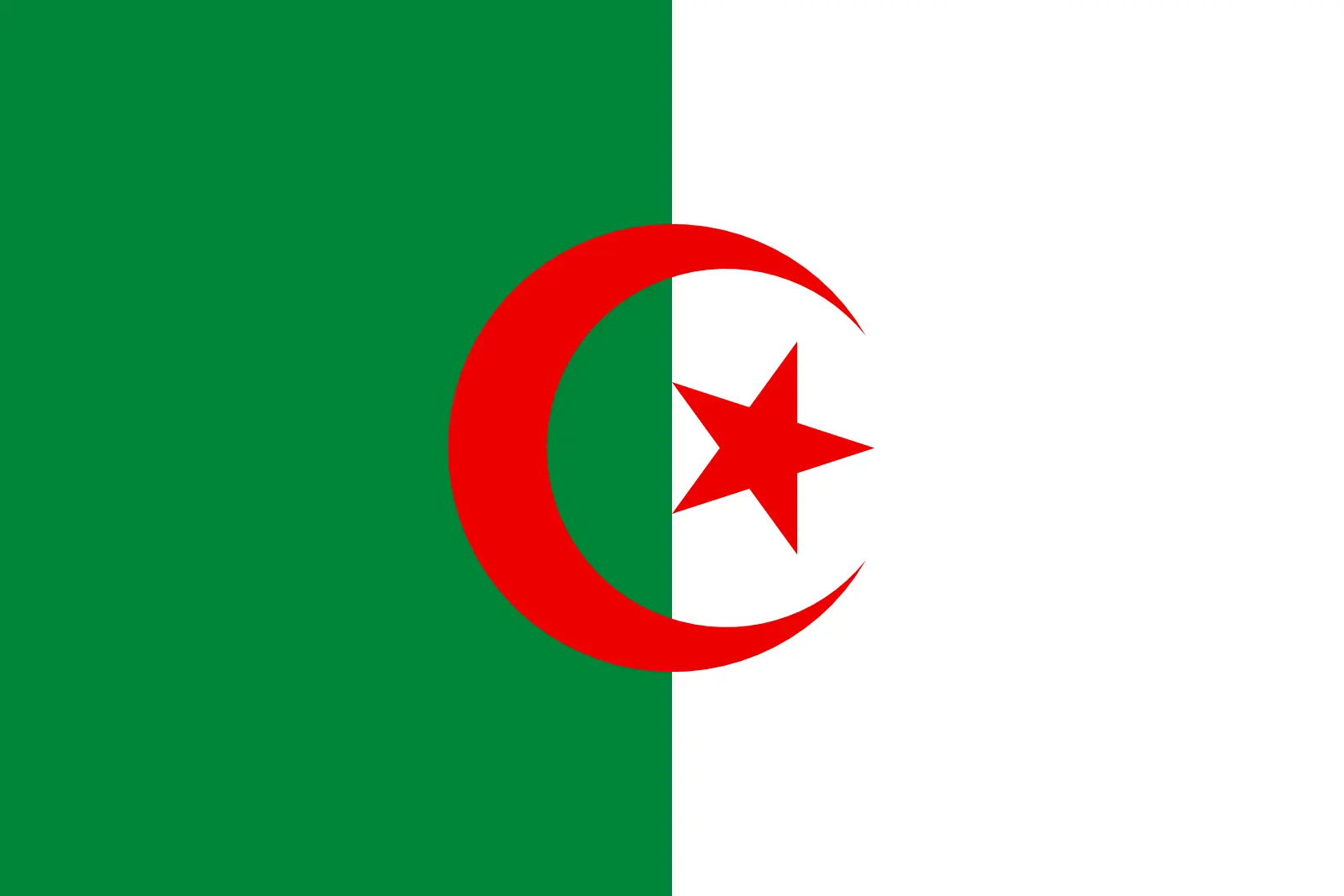 Algeria (+213)
Algeria (+213)
 American Samoa (+1684)
American Samoa (+1684)
 Andorra (+376)
Andorra (+376)
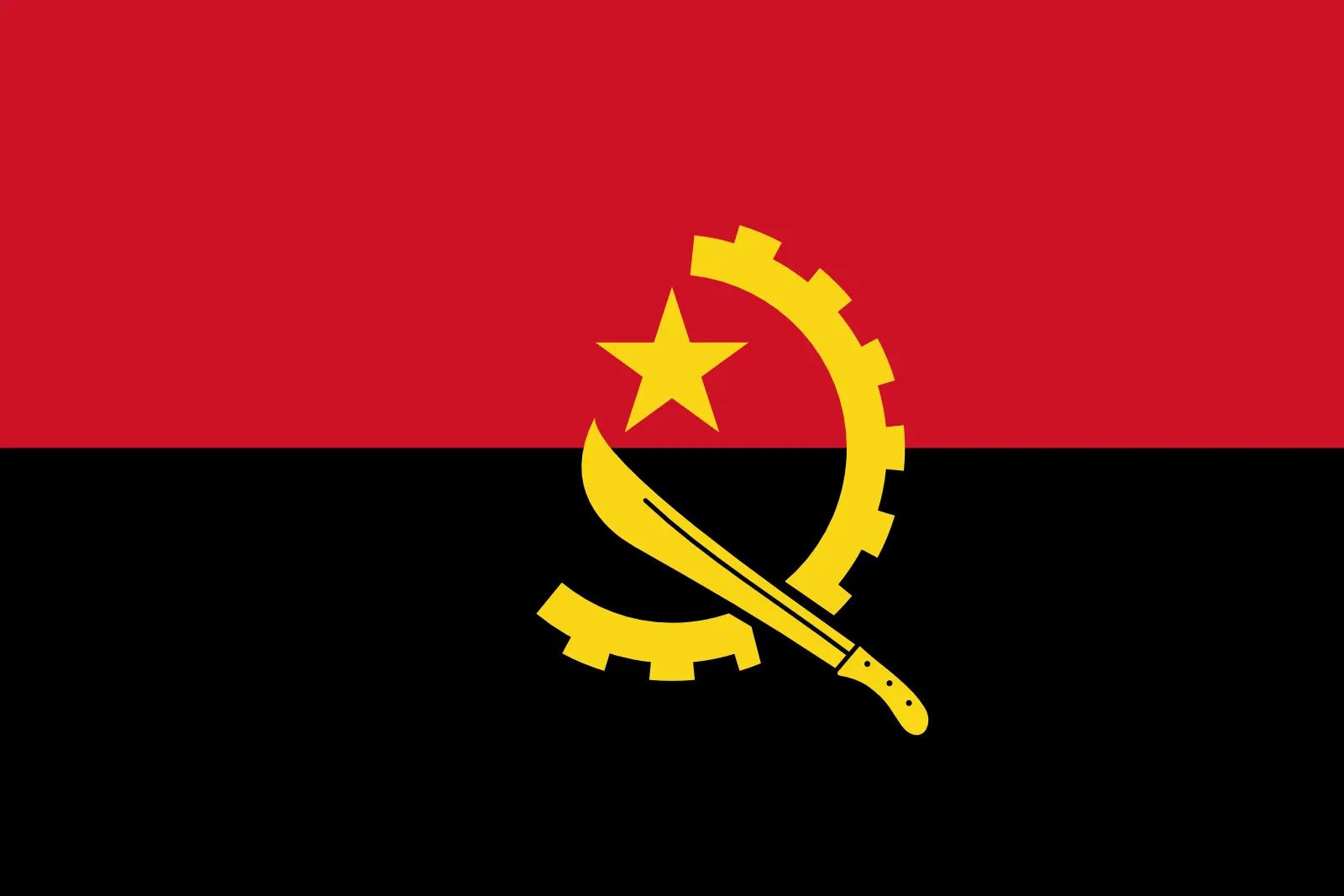 Angola (+244)
Angola (+244)
 Anguilla (+1264)
Anguilla (+1264)
 Antarctica (+672)
Antarctica (+672)
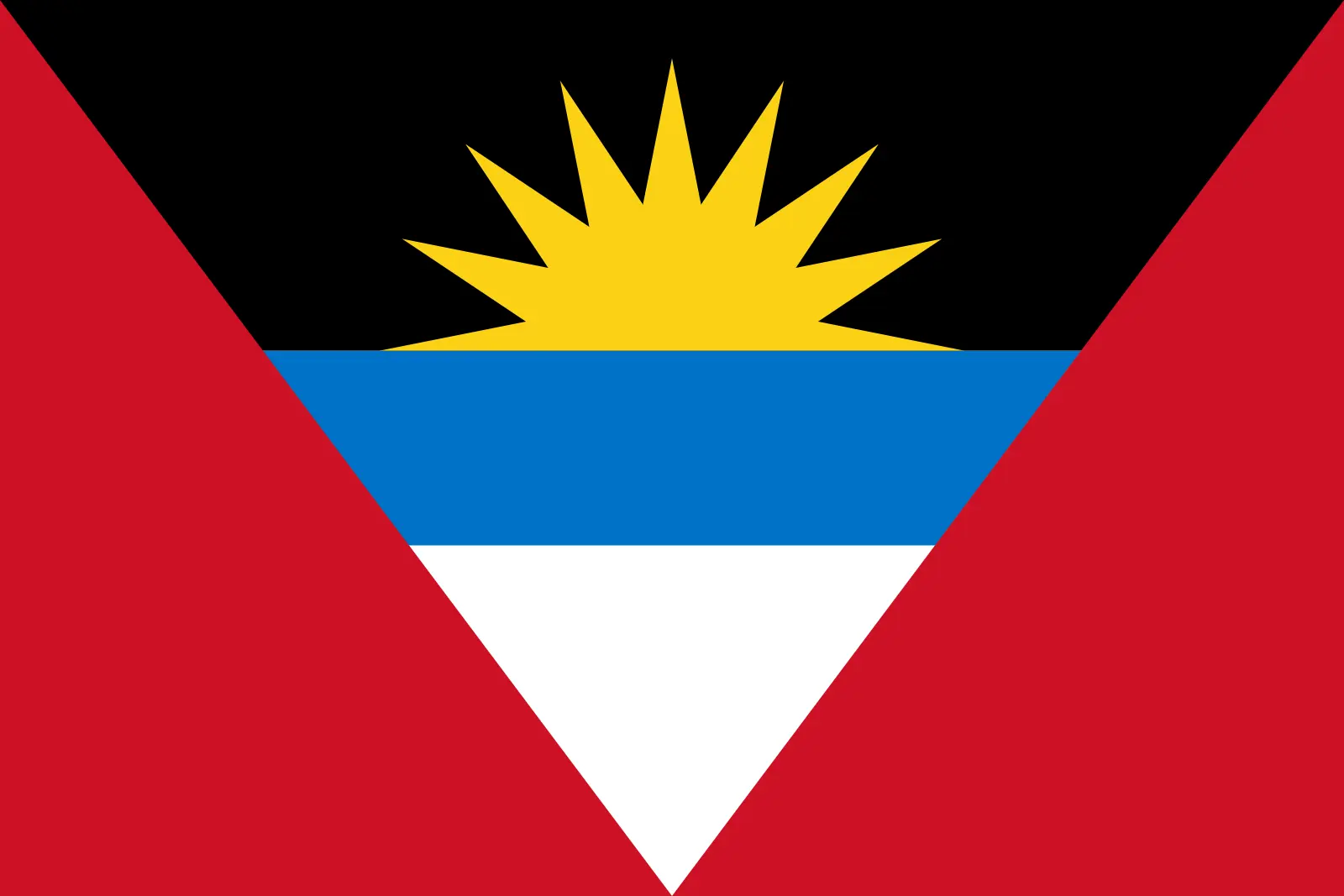 Antigua and Barbuda (+1268)
Antigua and Barbuda (+1268)
 Argentina (+54)
Argentina (+54)
 Armenia (+374)
Armenia (+374)
 Aruba (+297)
Aruba (+297)
 Australia (+61)
Australia (+61)
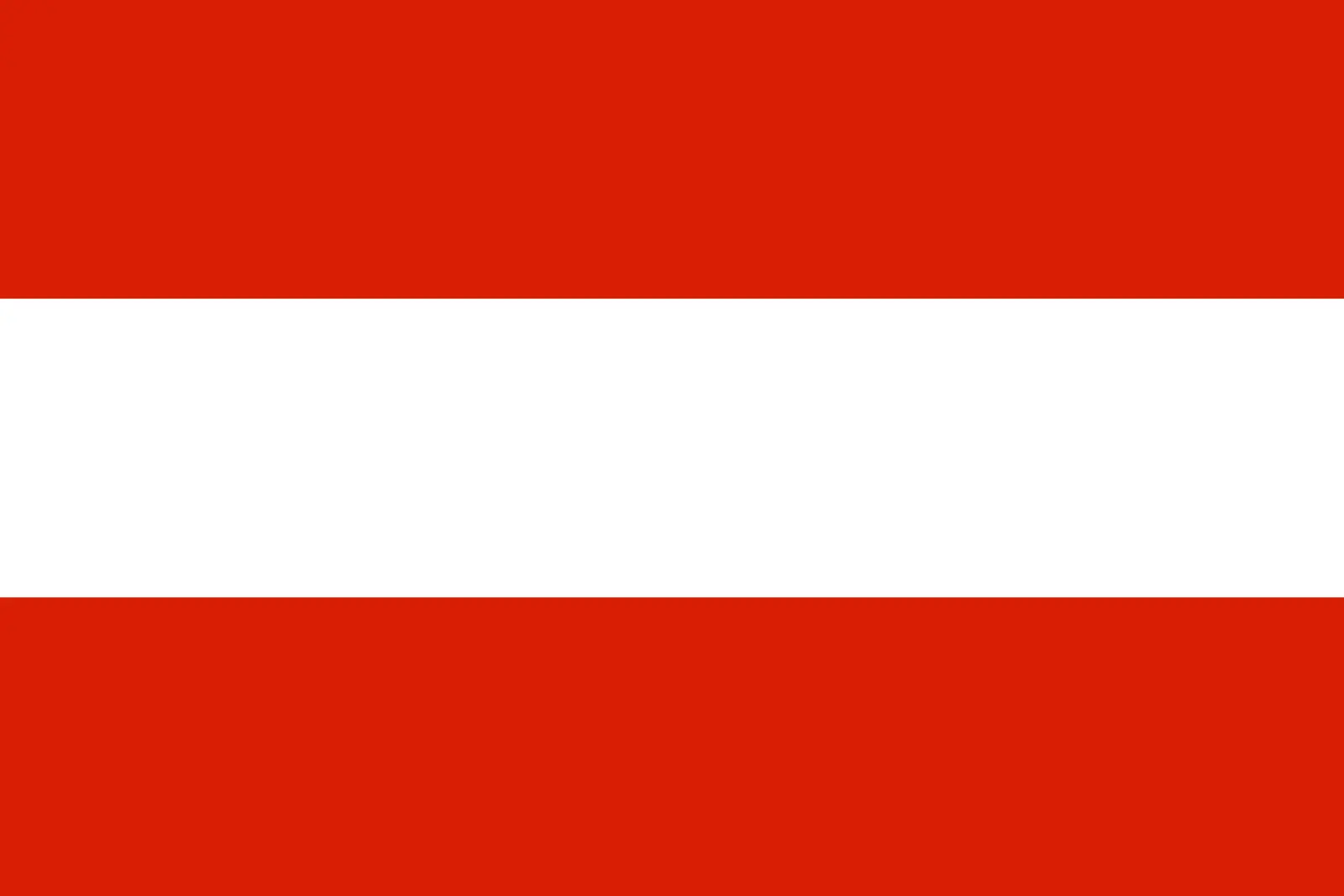 Austria (+43)
Austria (+43)
 Azerbaijan (+994)
Azerbaijan (+994)
 Bahamas (+1242)
Bahamas (+1242)
 Bahrain (+973)
Bahrain (+973)
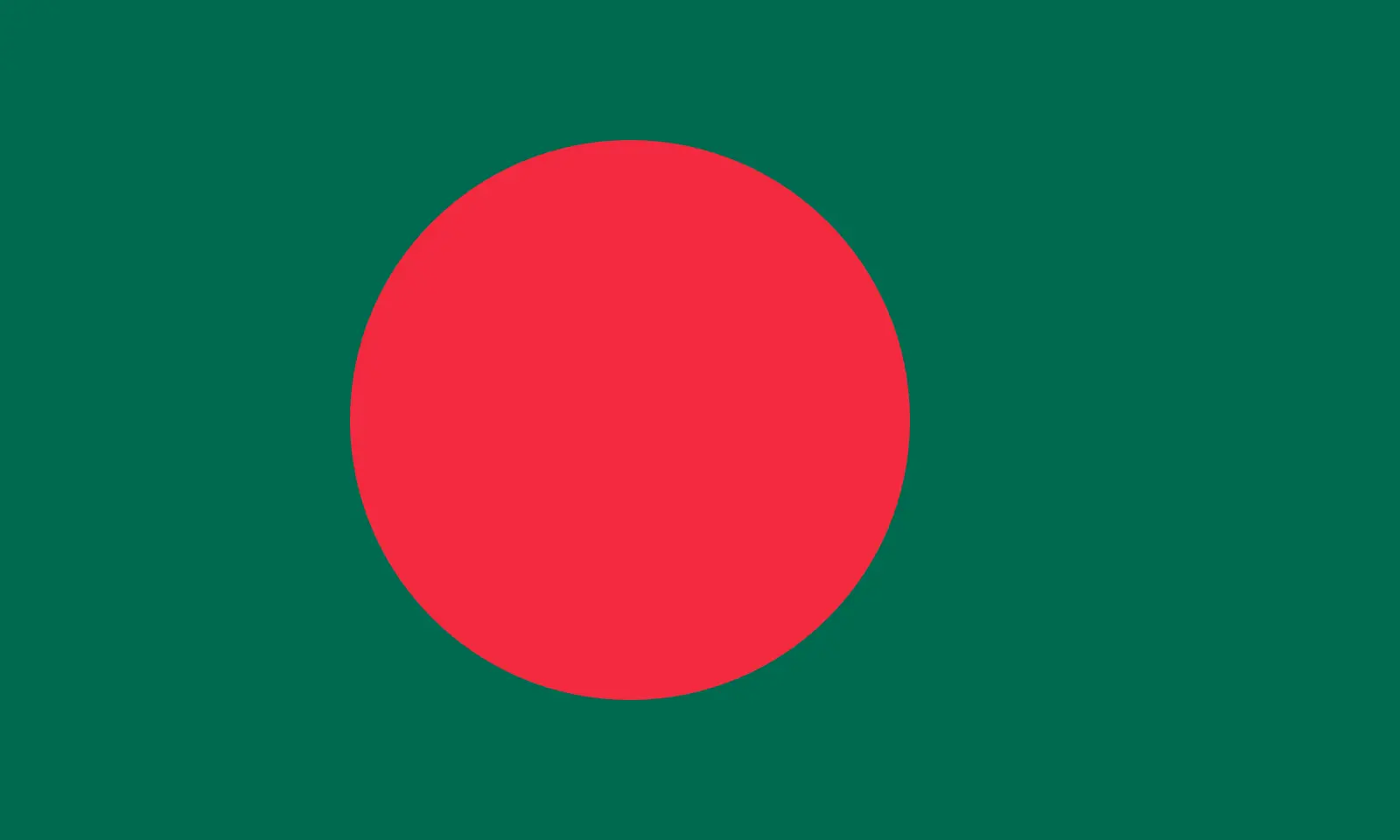 Bangladesh (+880)
Bangladesh (+880)
 Barbados (+1246)
Barbados (+1246)
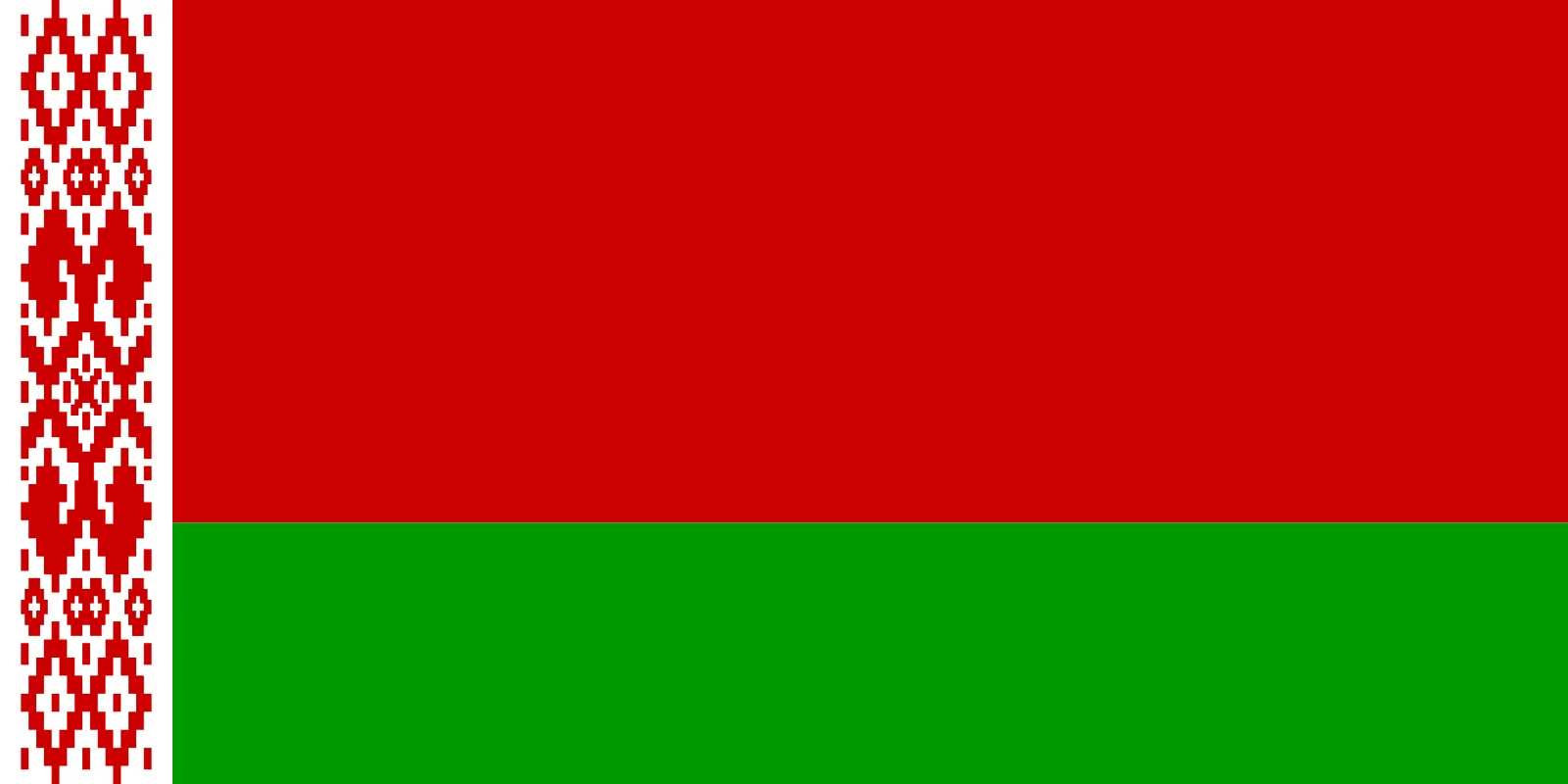 Belarus (+375)
Belarus (+375)
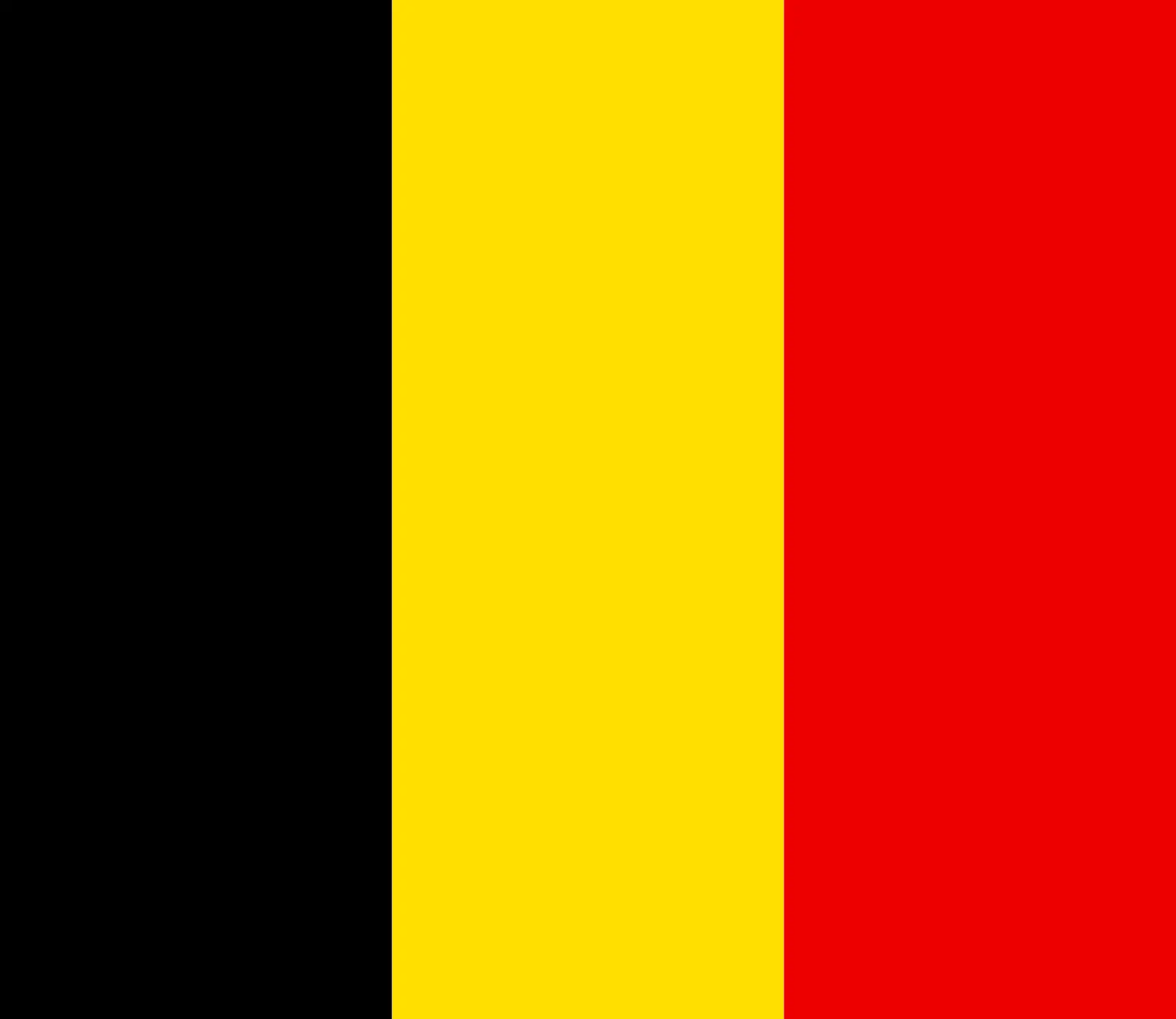 Belgium (+32)
Belgium (+32)
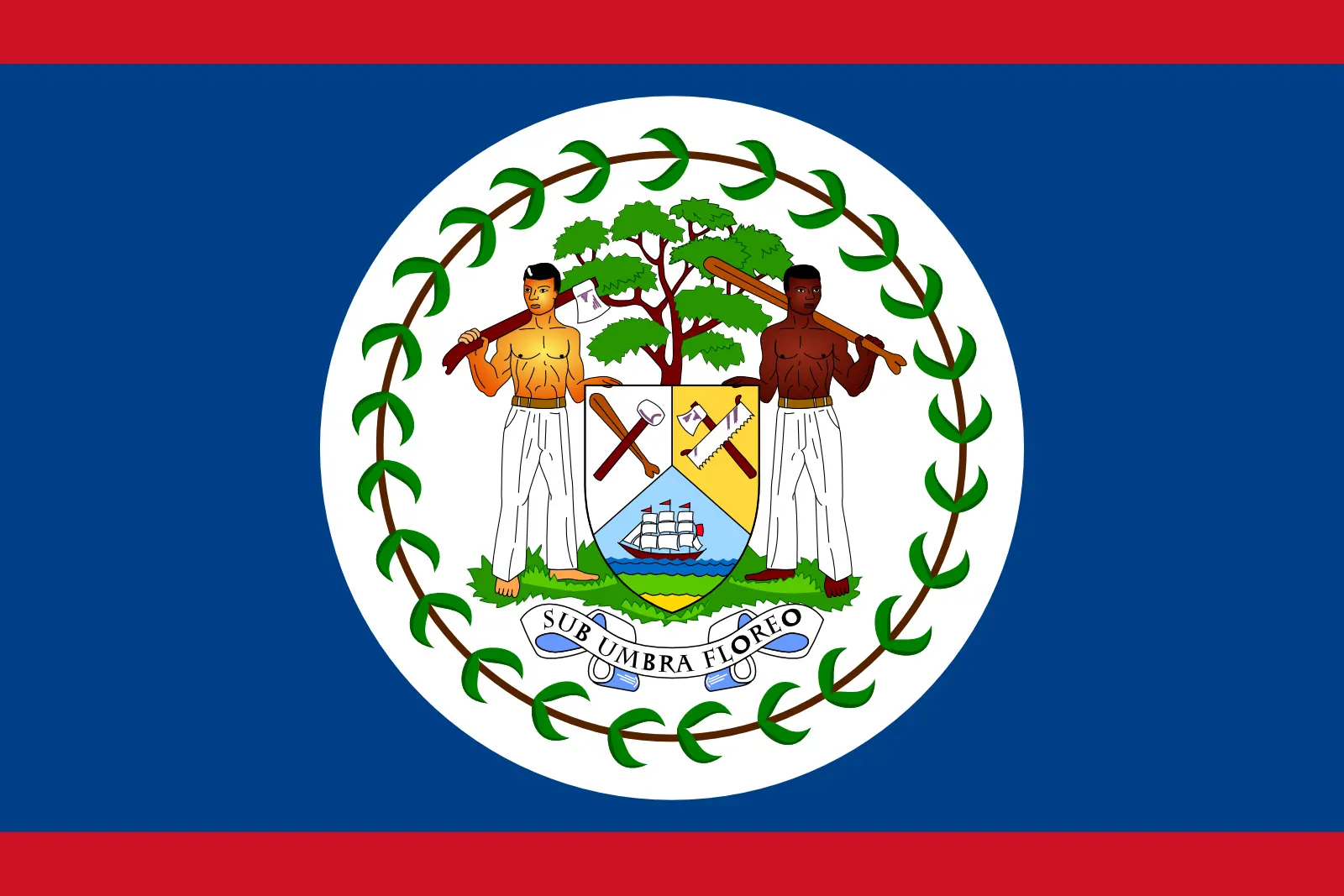 Belize (+501)
Belize (+501)
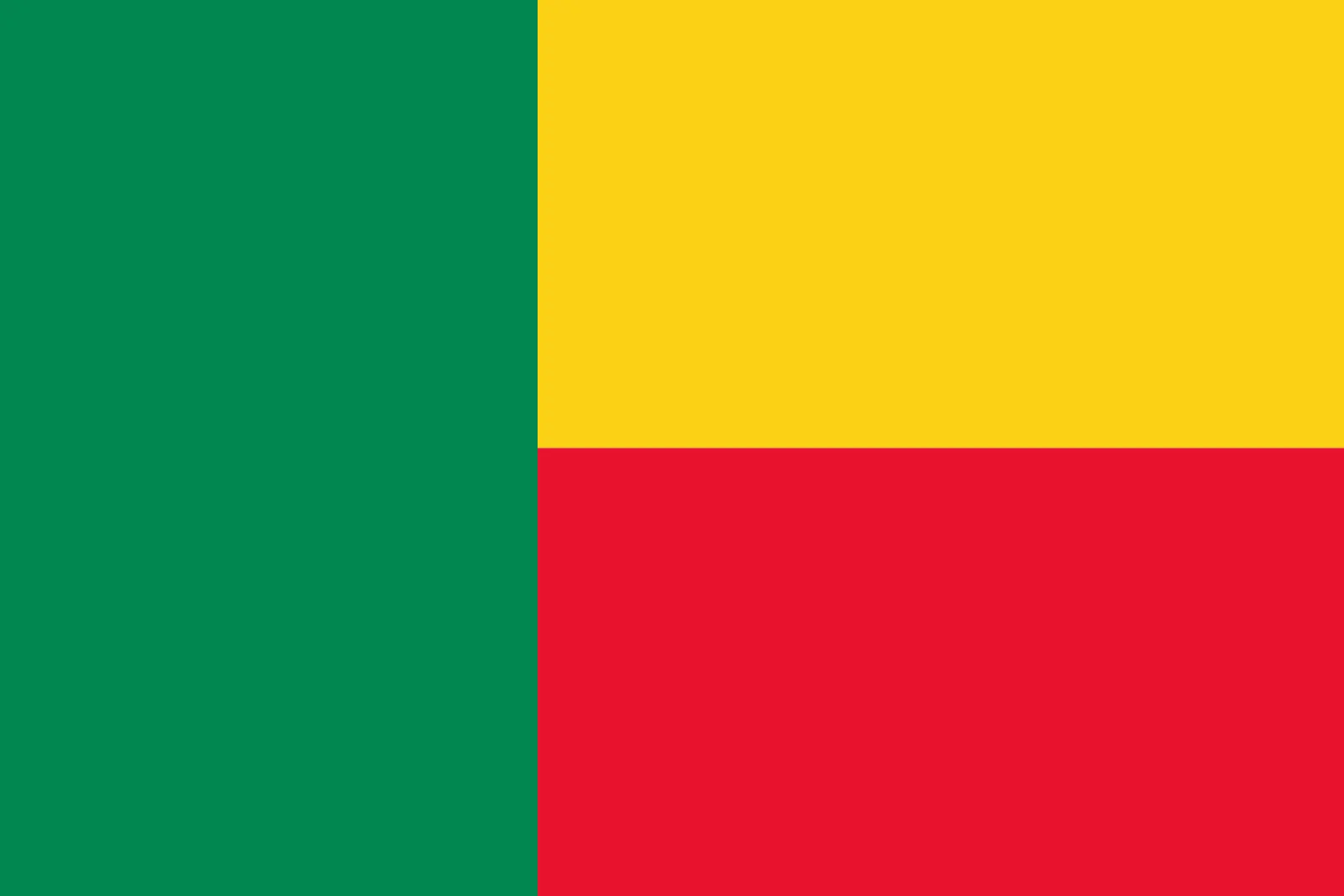 Benin (+229)
Benin (+229)
 Bermuda (+1441)
Bermuda (+1441)
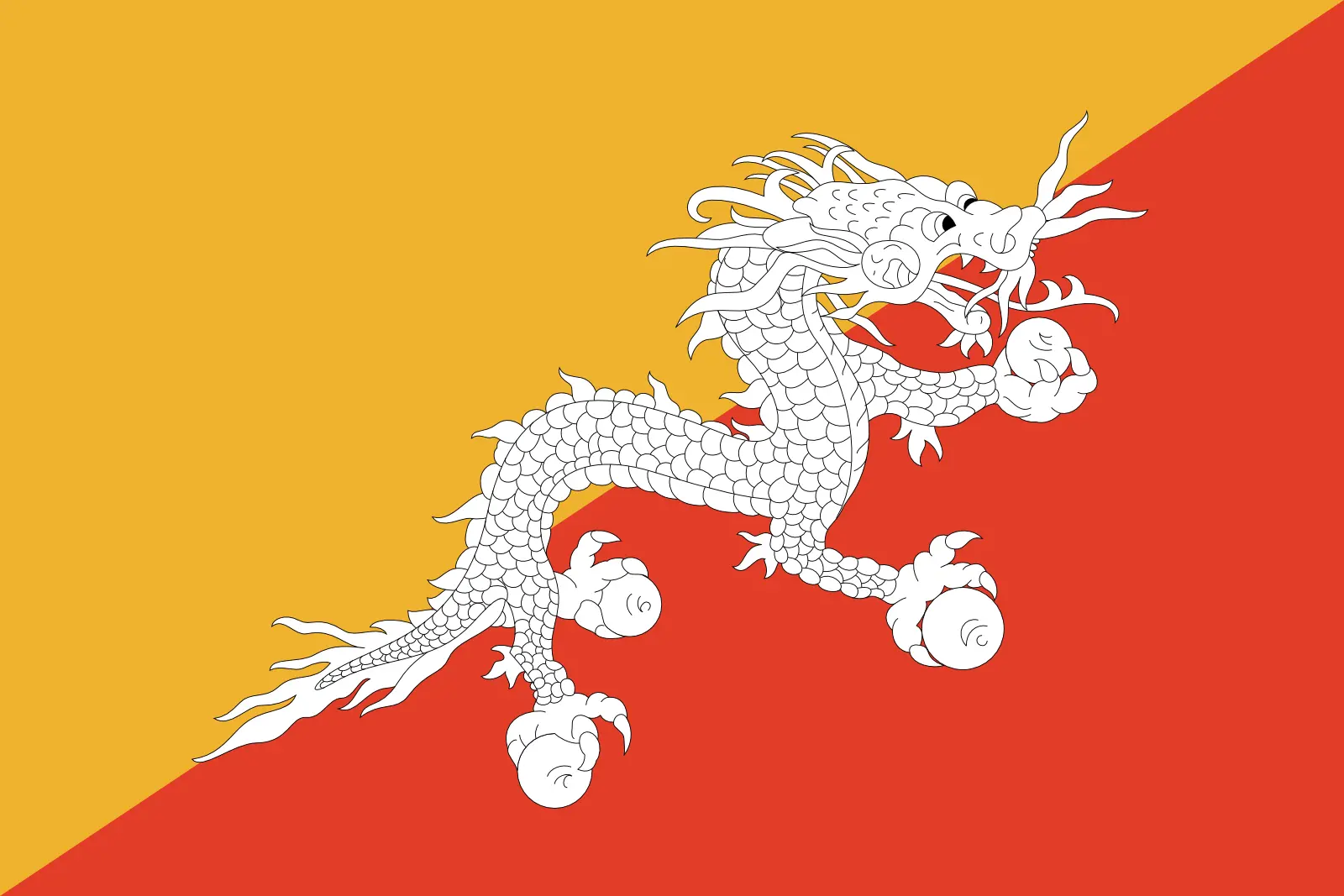 Bhutan (+975)
Bhutan (+975)
 Bolivia (+591)
Bolivia (+591)
 Bosnia and Herzegovina (+387)
Bosnia and Herzegovina (+387)
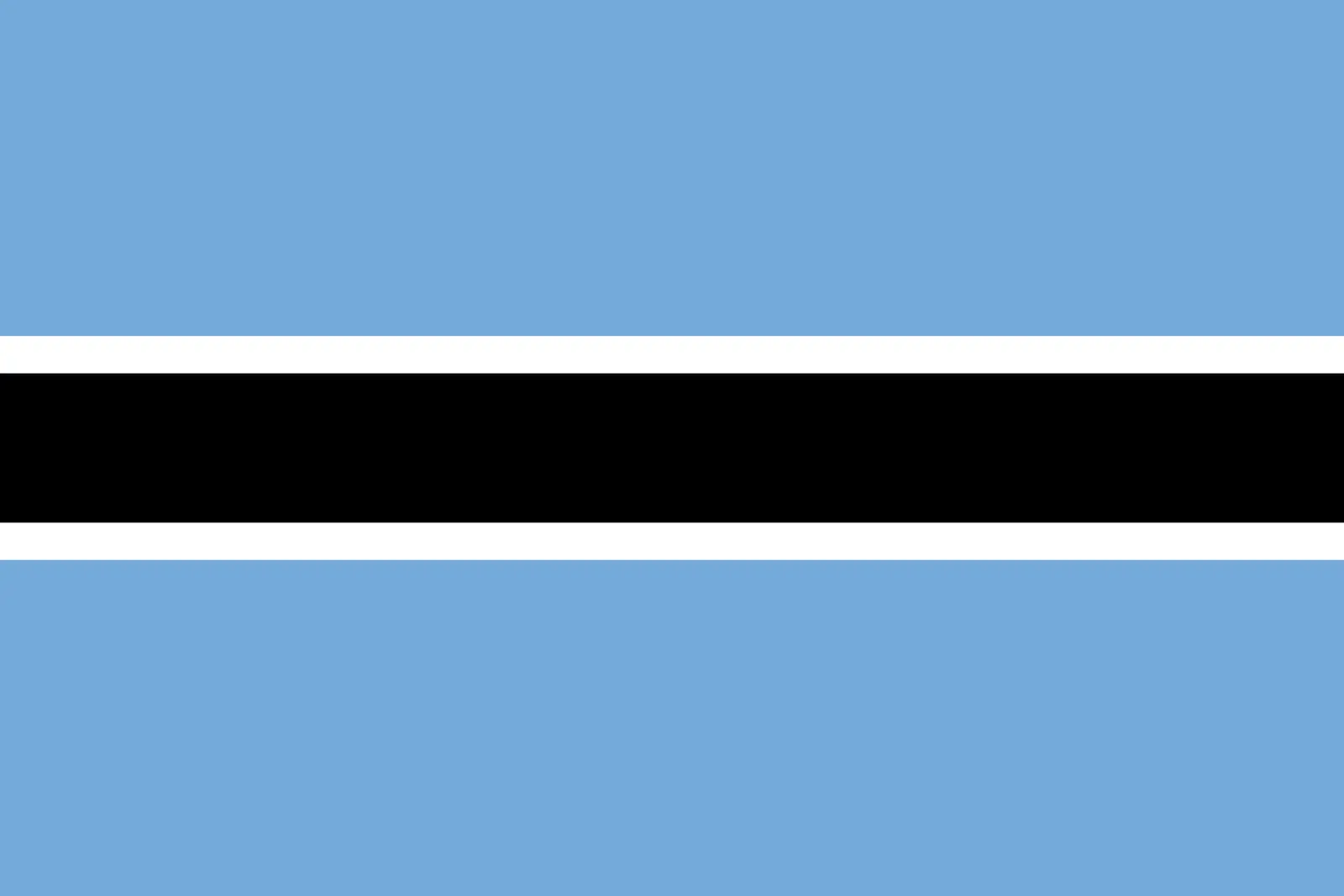 Botswana (+267)
Botswana (+267)
 Bouvet Island (+)
Bouvet Island (+)
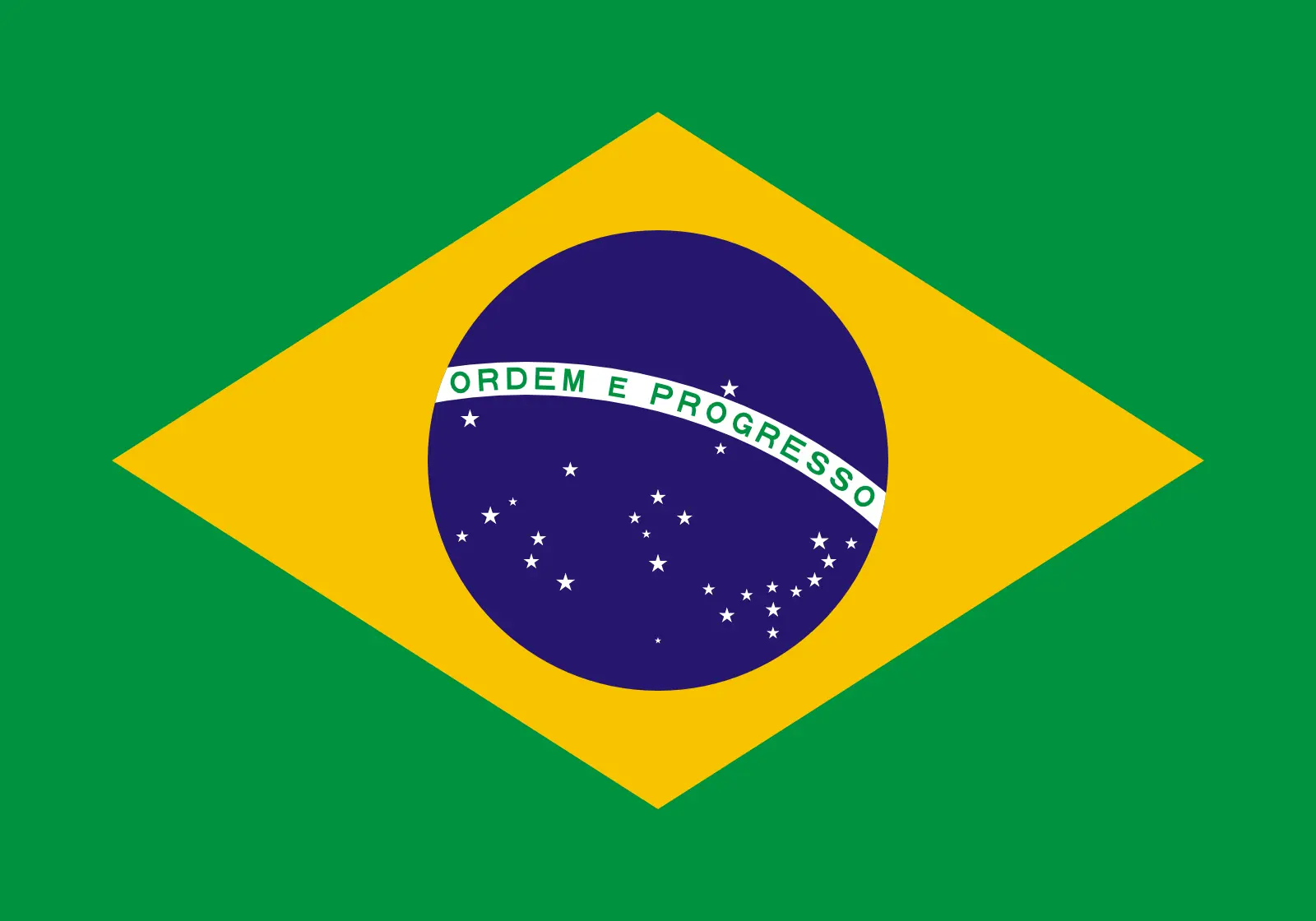 Brazil (+55)
Brazil (+55)
 British Indian Ocean Territory (+246)
British Indian Ocean Territory (+246)
 British Virgin Islands (+1284)
British Virgin Islands (+1284)
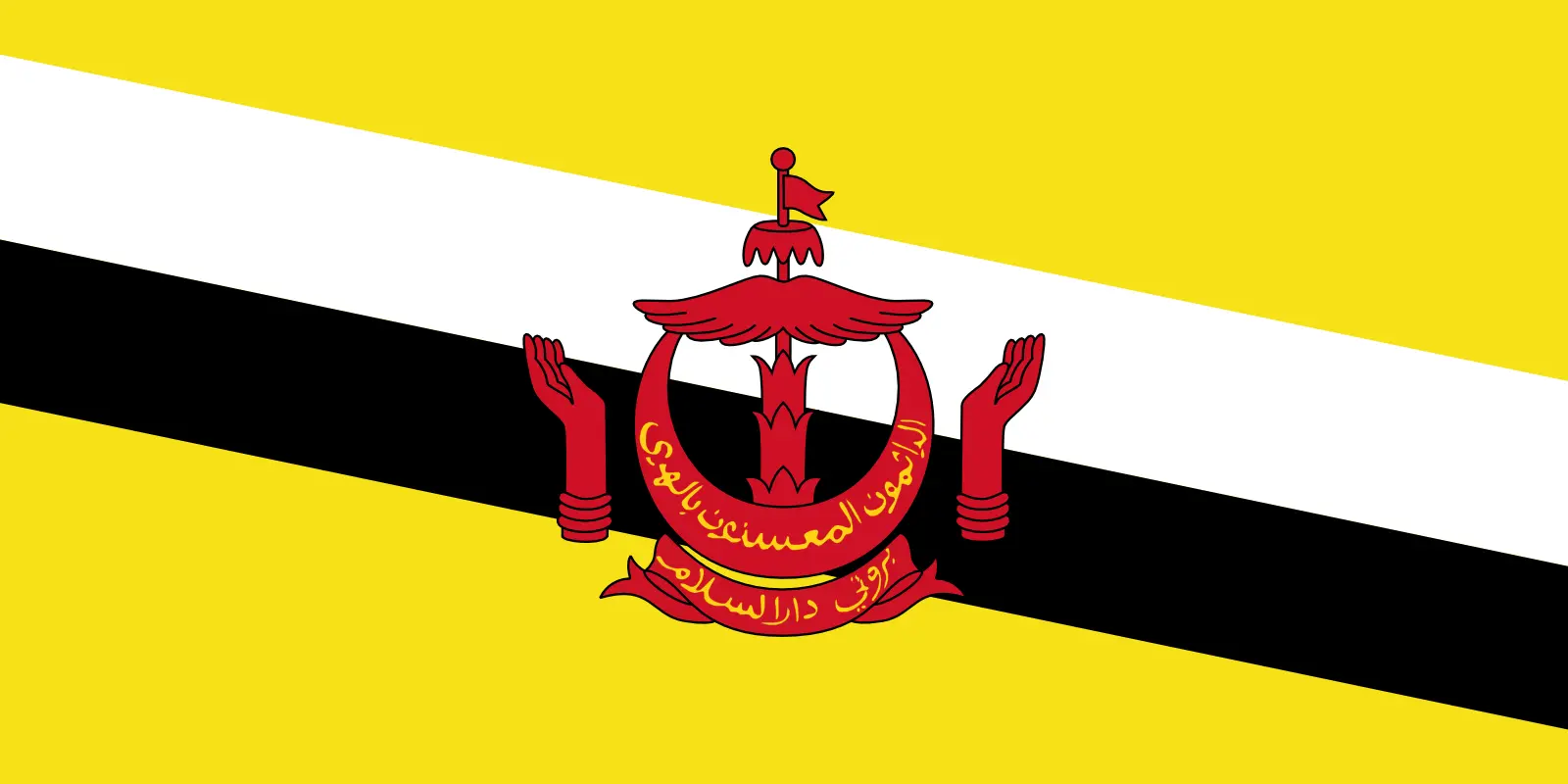 Brunei (+673)
Brunei (+673)
 Bulgaria (+359)
Bulgaria (+359)
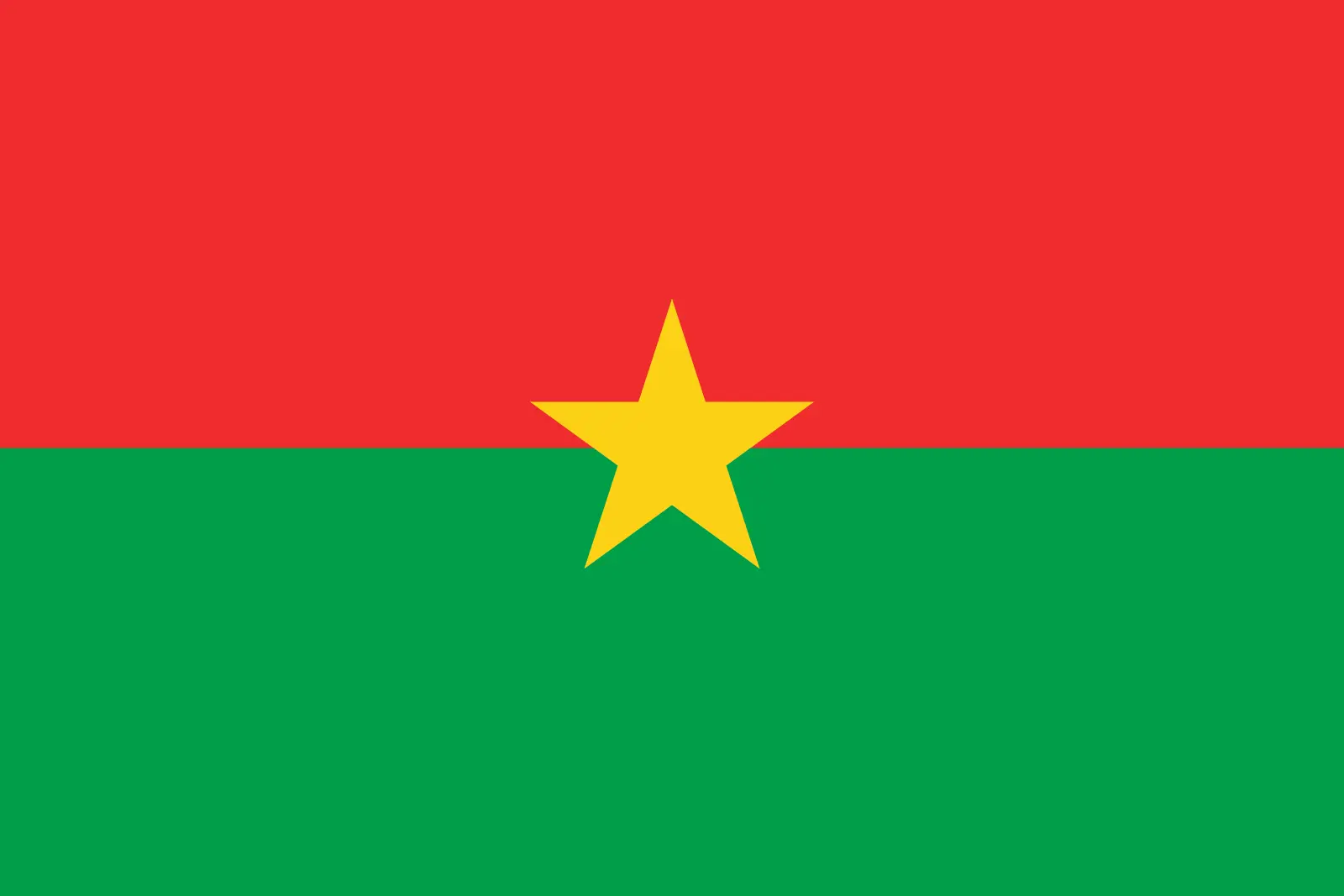 Burkina Faso (+226)
Burkina Faso (+226)
 Burundi (+257)
Burundi (+257)
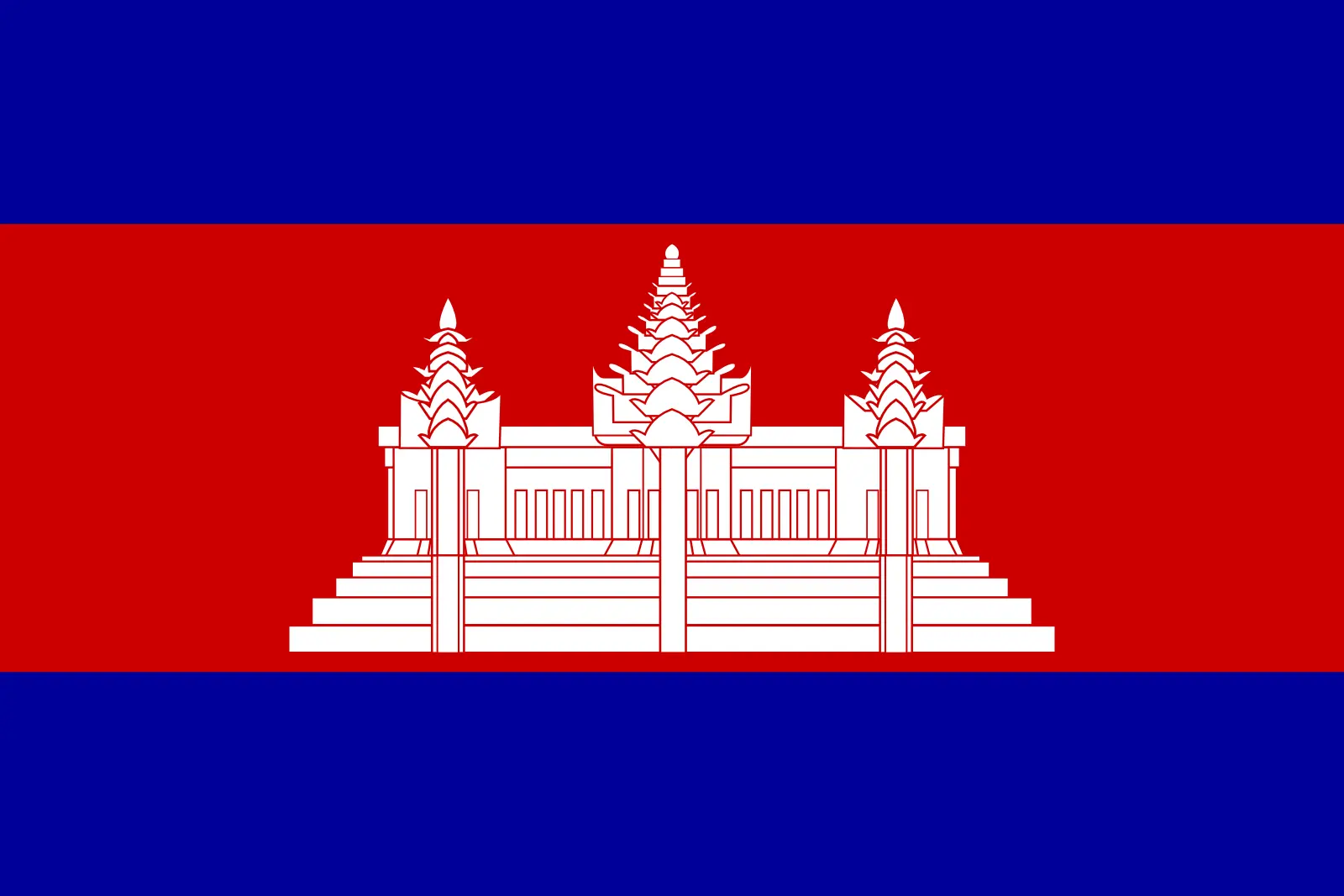 Cambodia (+855)
Cambodia (+855)
 Cameroon (+237)
Cameroon (+237)
 Canada (+1)
Canada (+1)
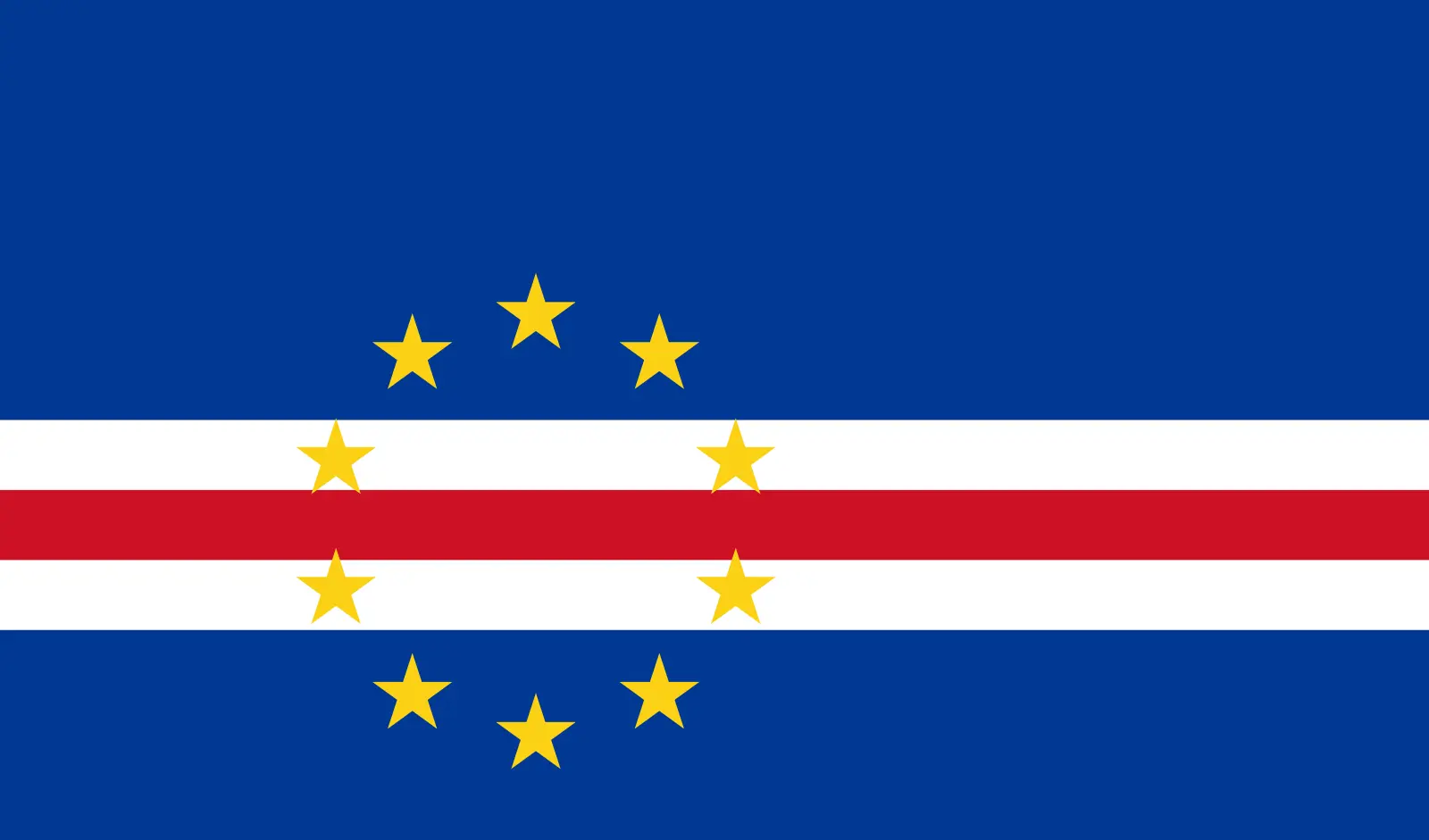 Cape Verde (+238)
Cape Verde (+238)
 Cayman Islands (+1345)
Cayman Islands (+1345)
 Central African Republic (+236)
Central African Republic (+236)
 Chad (+235)
Chad (+235)
 Chile (+56)
Chile (+56)
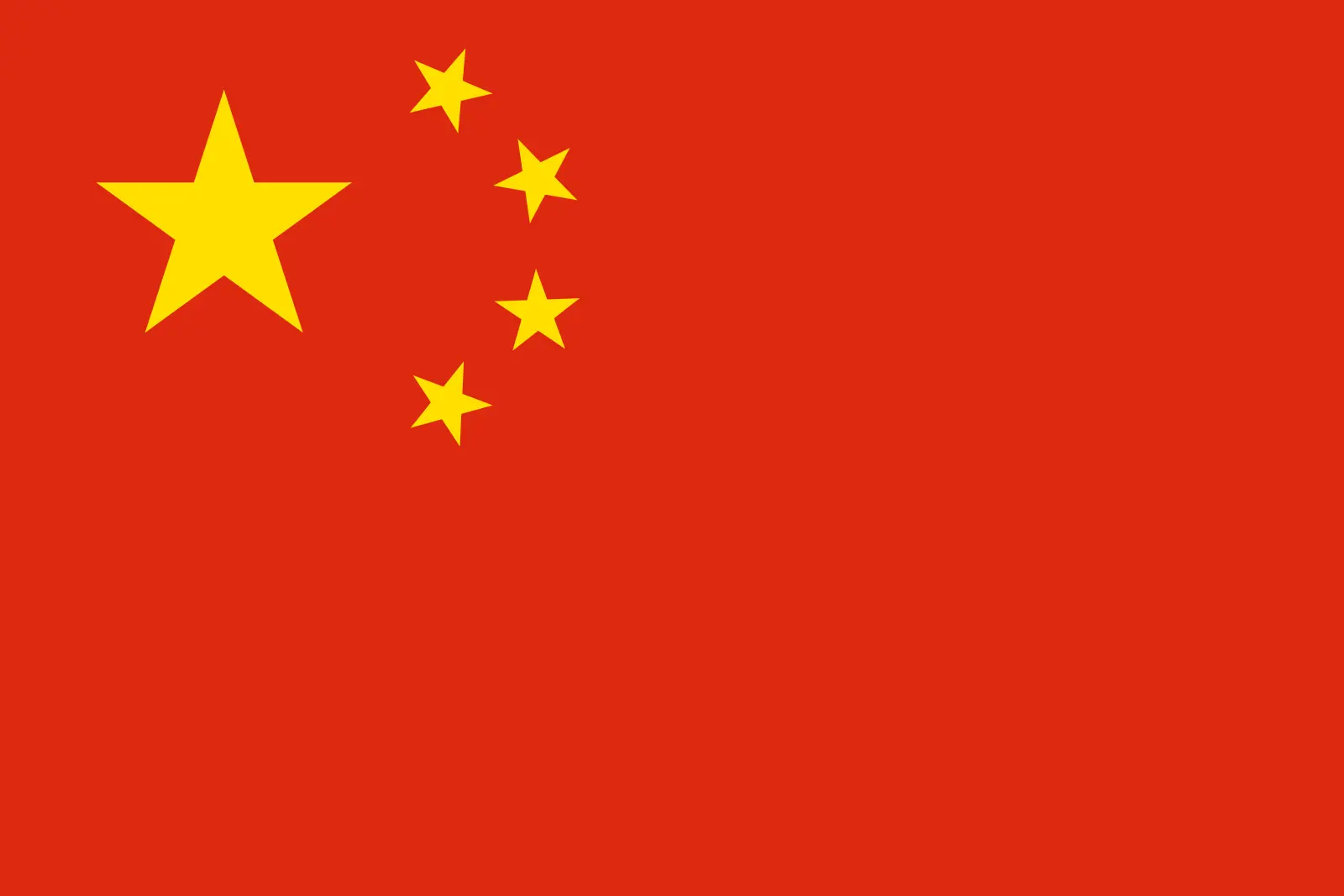 China (+86)
China (+86)
 Christmas Island (+61)
Christmas Island (+61)
 Cocos (Keeling) Islands (+61)
Cocos (Keeling) Islands (+61)
 Colombia (+57)
Colombia (+57)
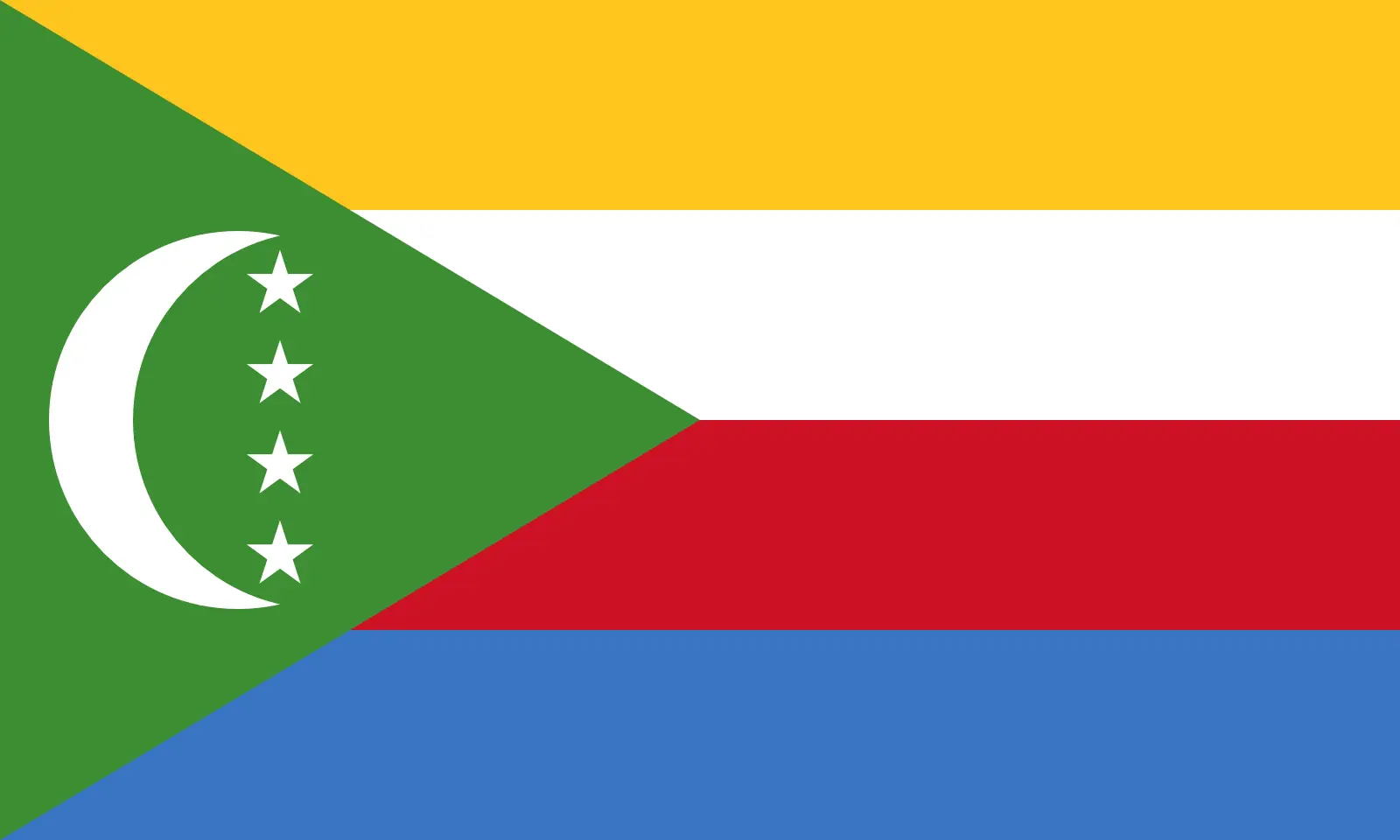 Comoros (+269)
Comoros (+269)
 Cook Islands (+682)
Cook Islands (+682)
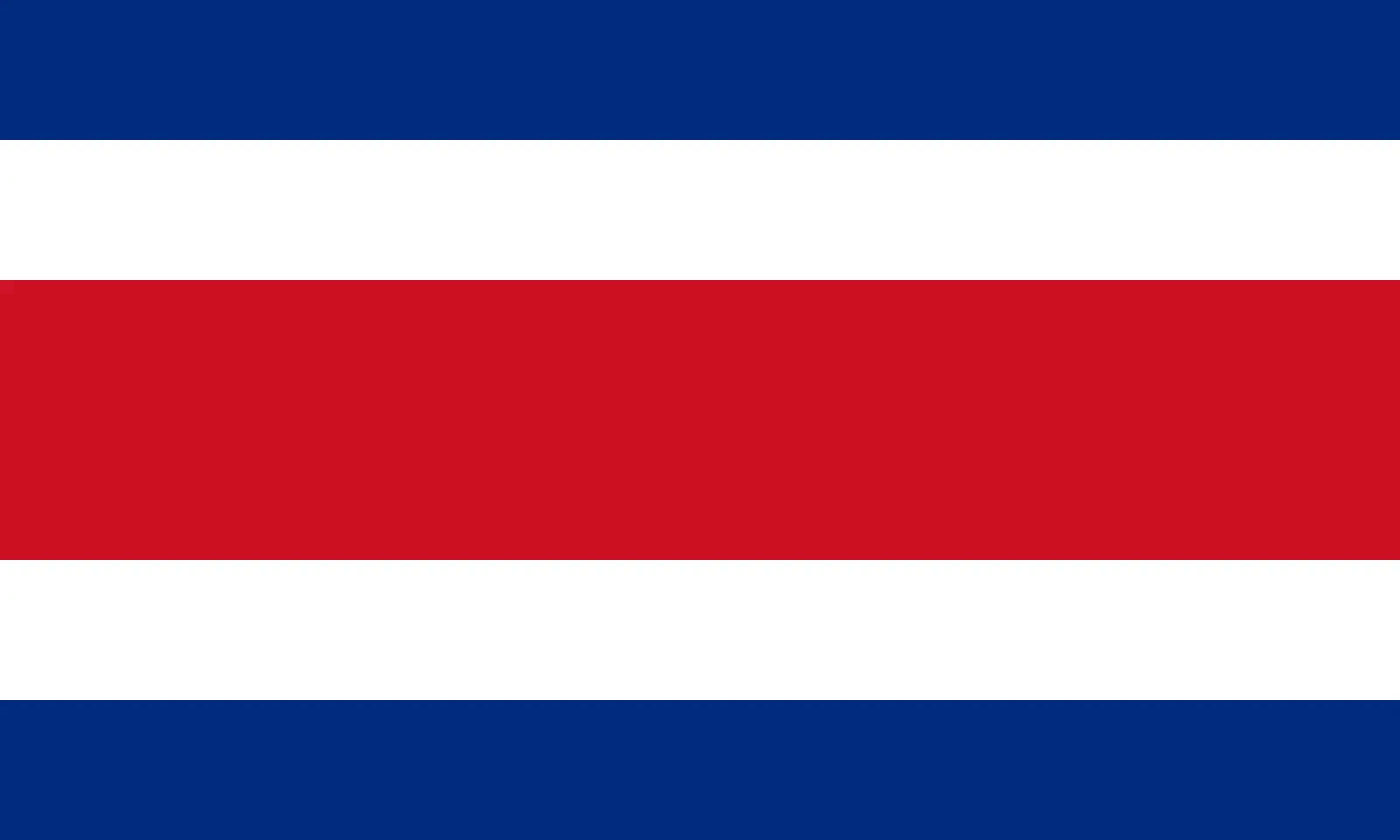 Costa Rica (+506)
Costa Rica (+506)
 Croatia (+385)
Croatia (+385)
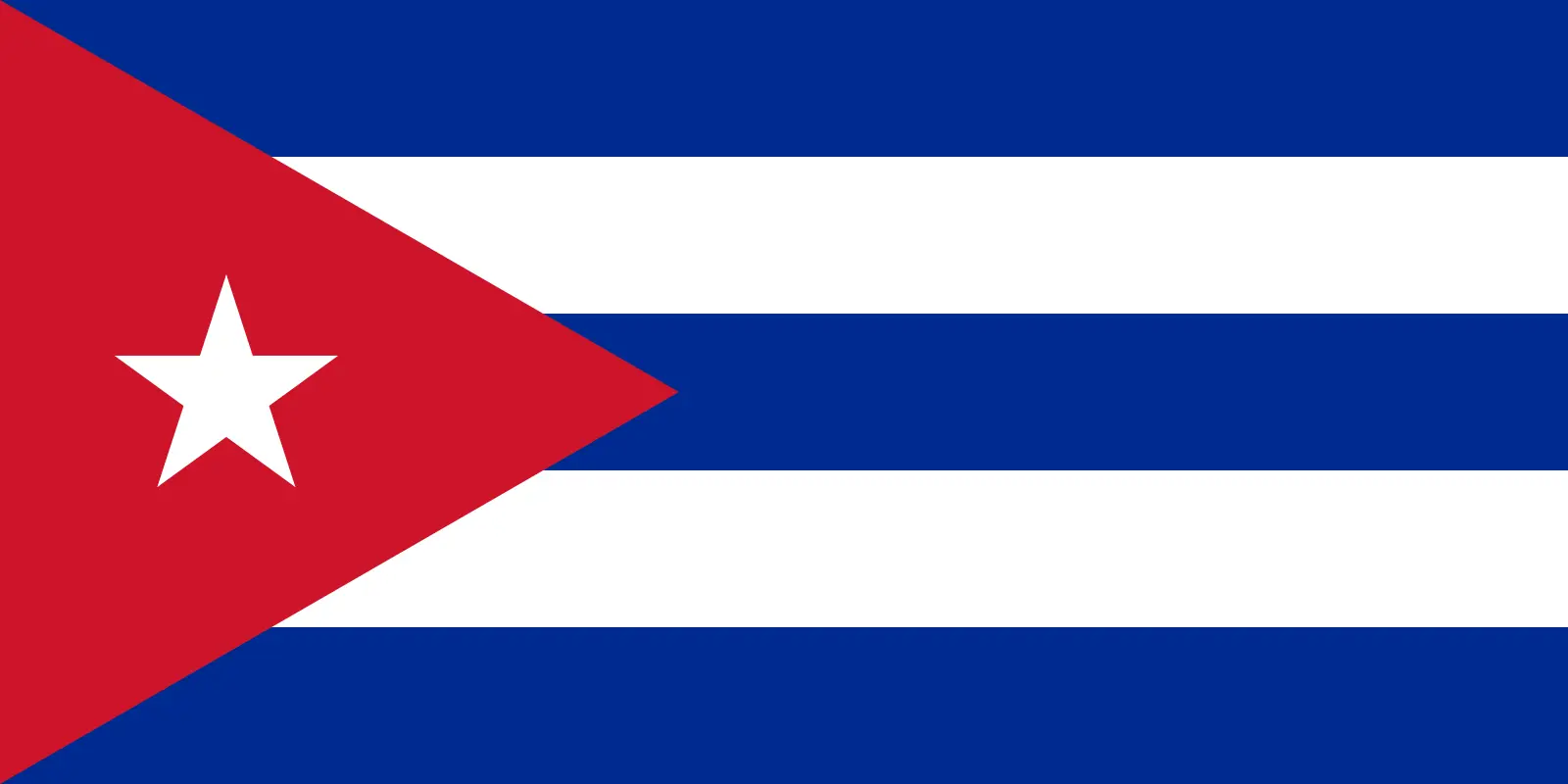 Cuba (+53)
Cuba (+53)
 Curaçao (+599)
Curaçao (+599)
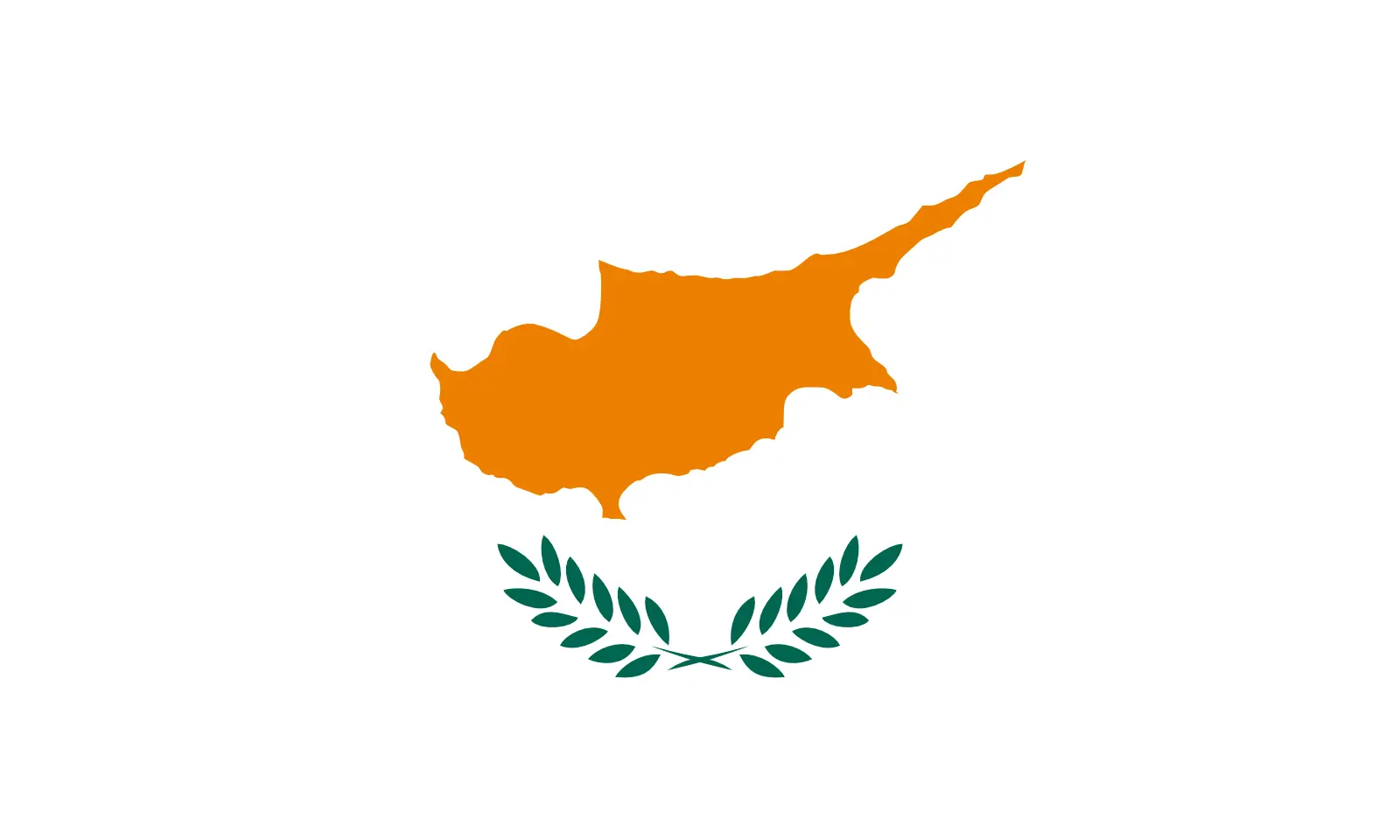 Cyprus (+357)
Cyprus (+357)
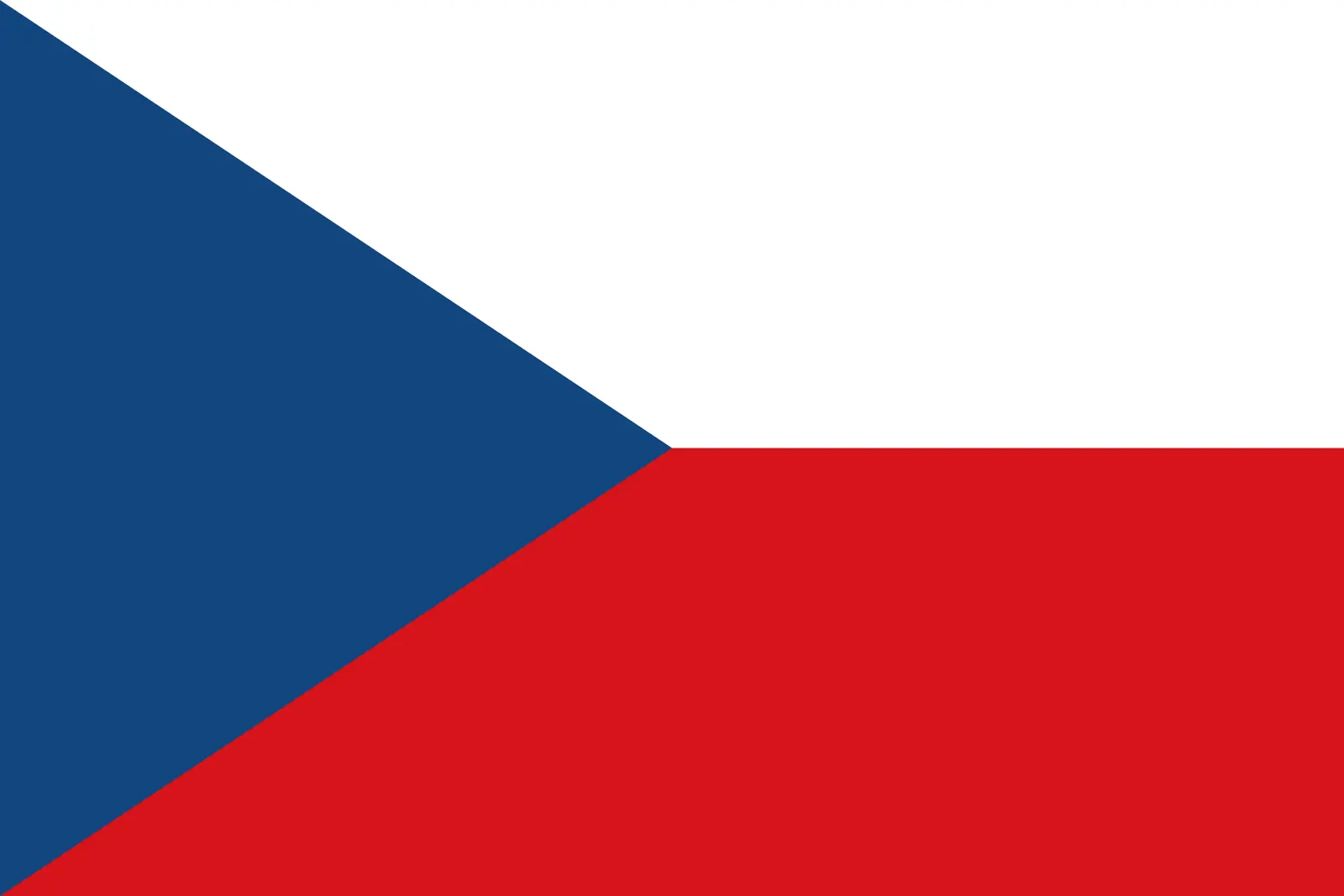 Czechia (+420)
Czechia (+420)
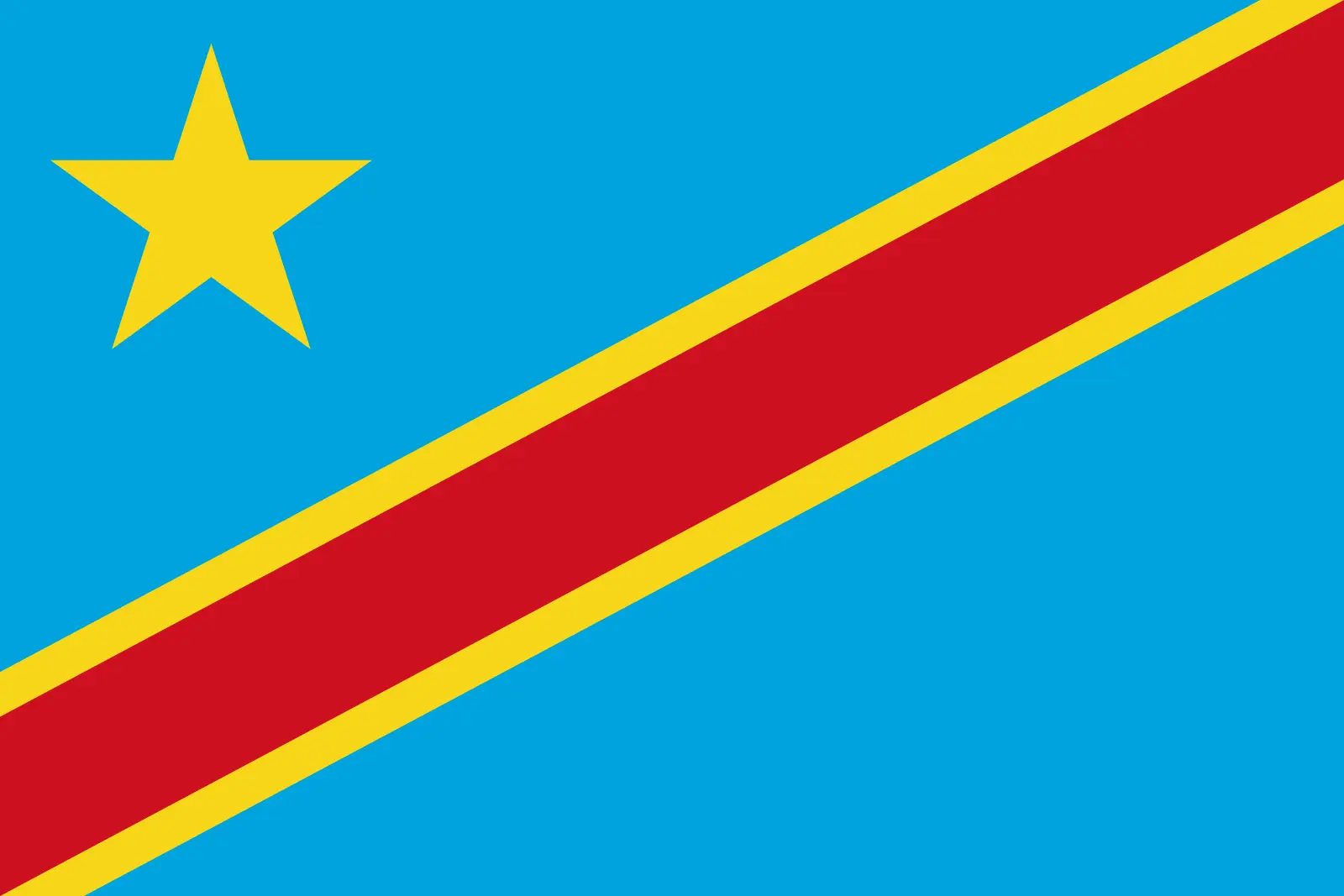 Democratic Republic of the Congo (+243)
Democratic Republic of the Congo (+243)
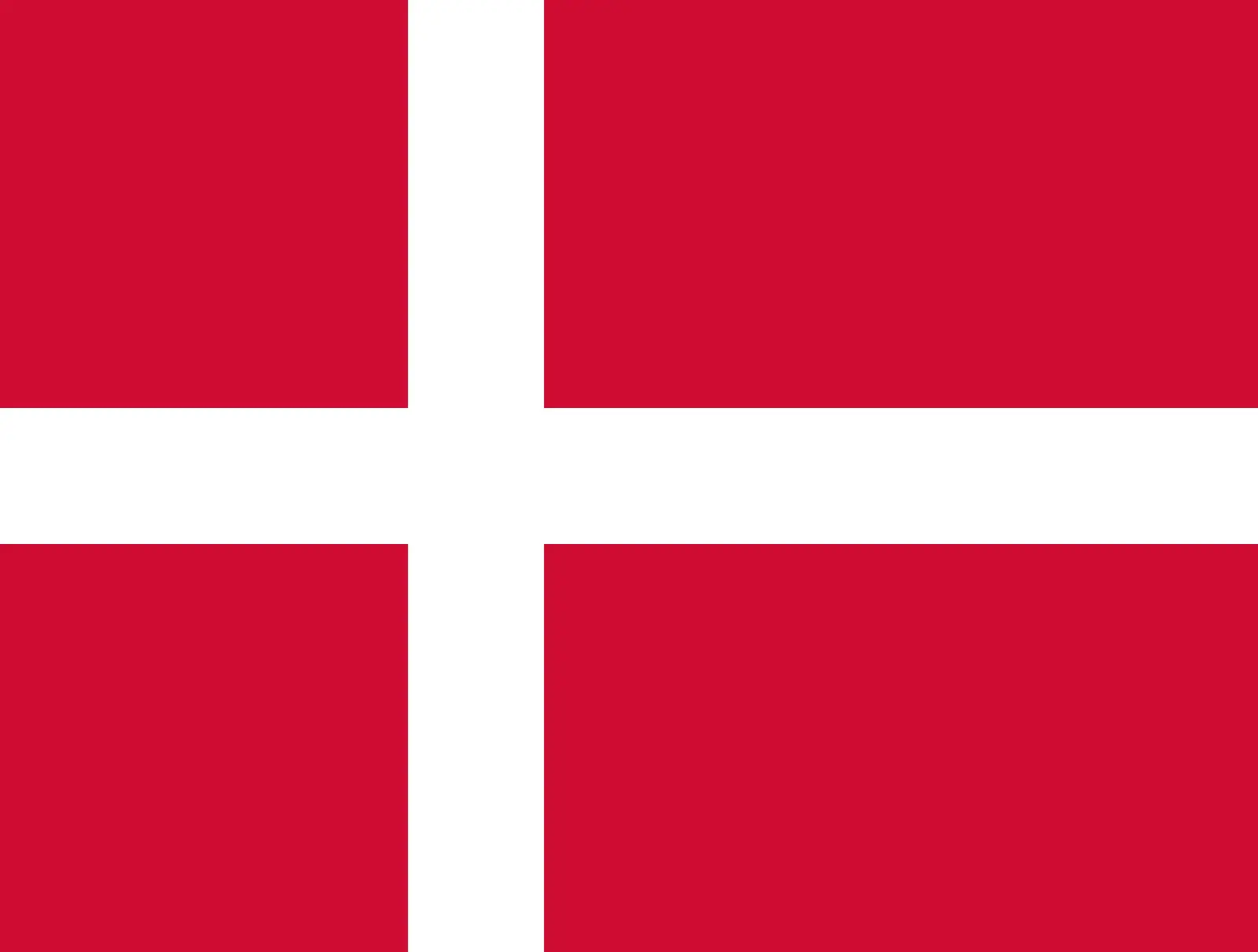 Denmark (+45)
Denmark (+45)
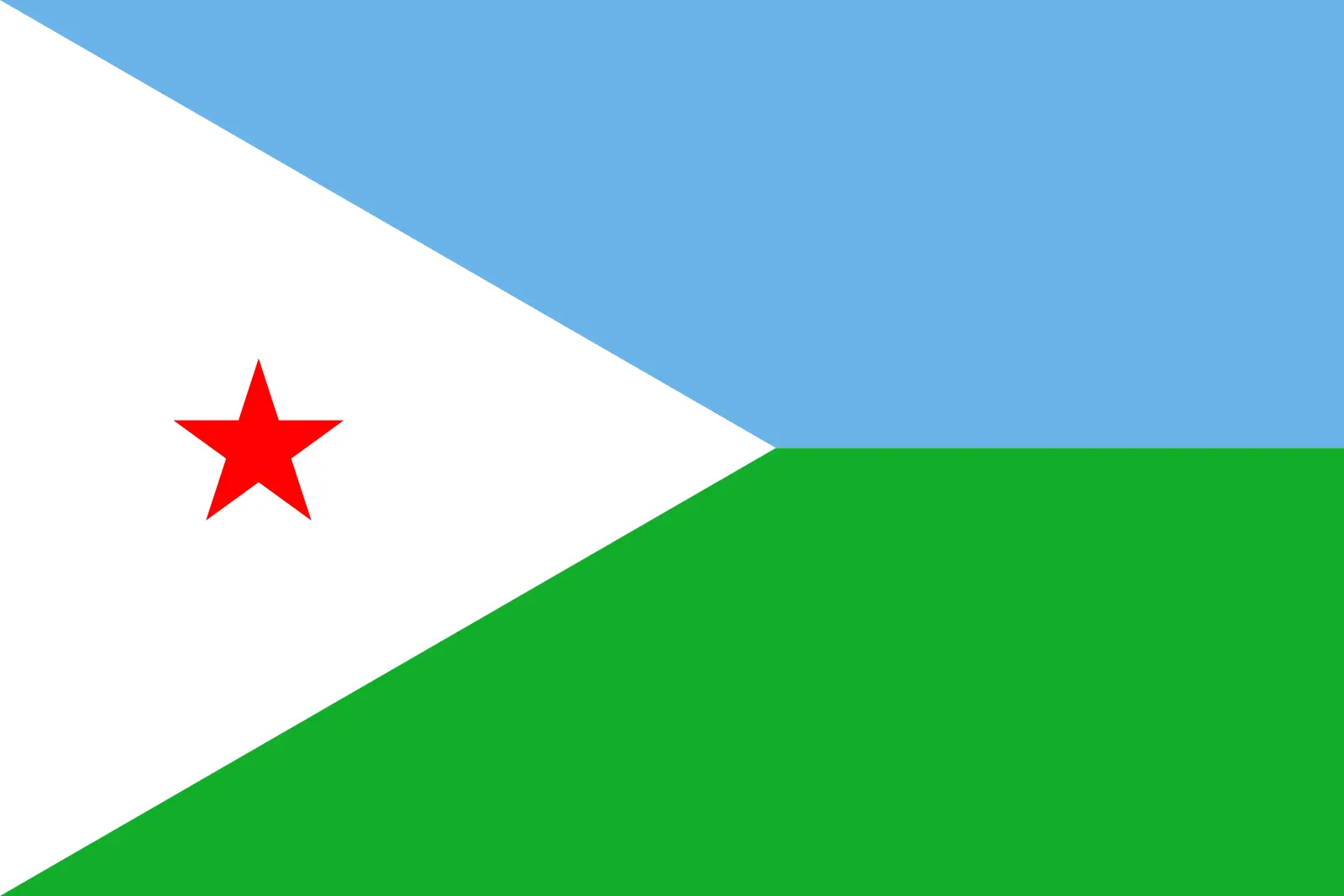 Djibouti (+253)
Djibouti (+253)
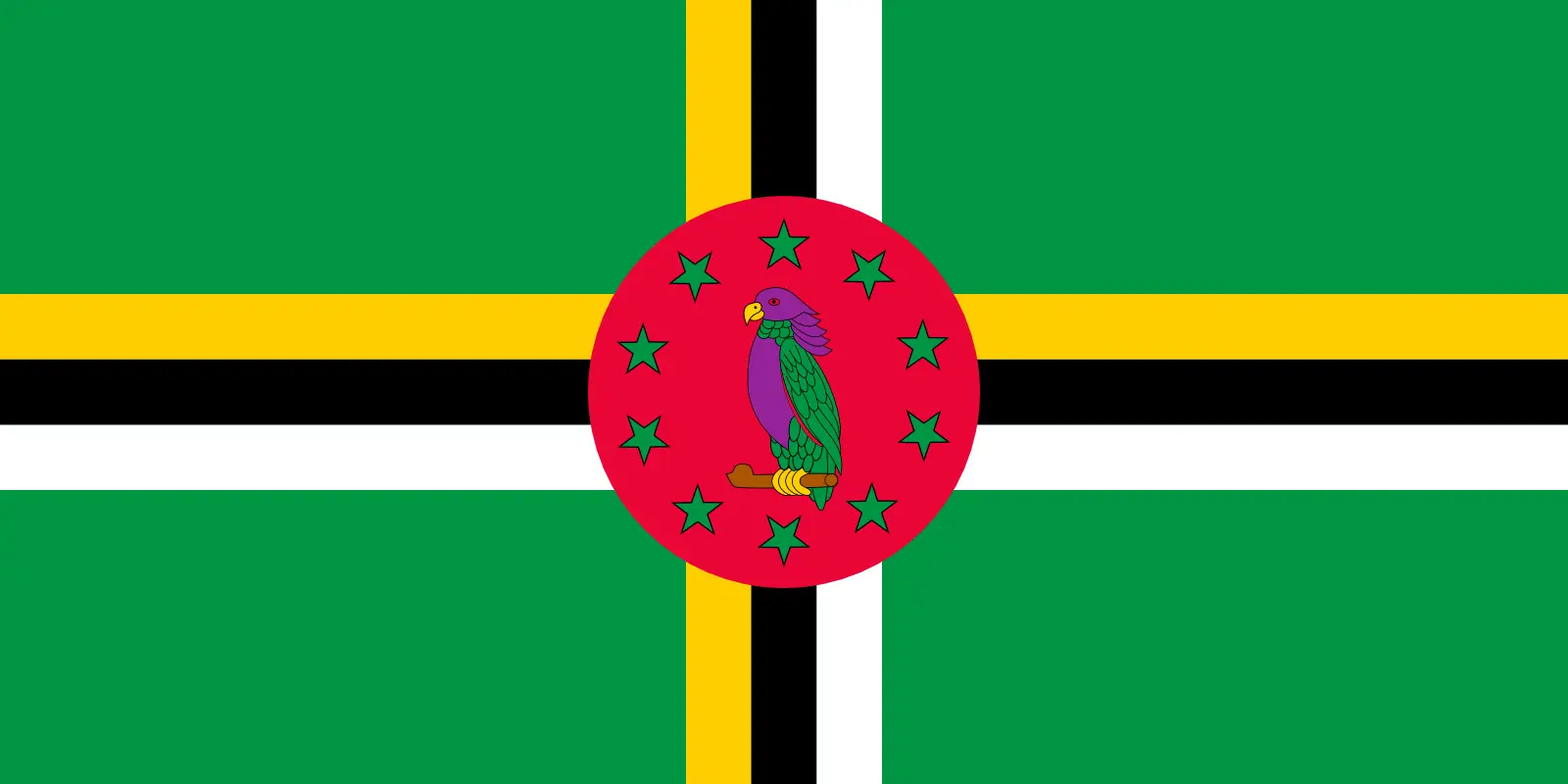 Dominica (+1767)
Dominica (+1767)
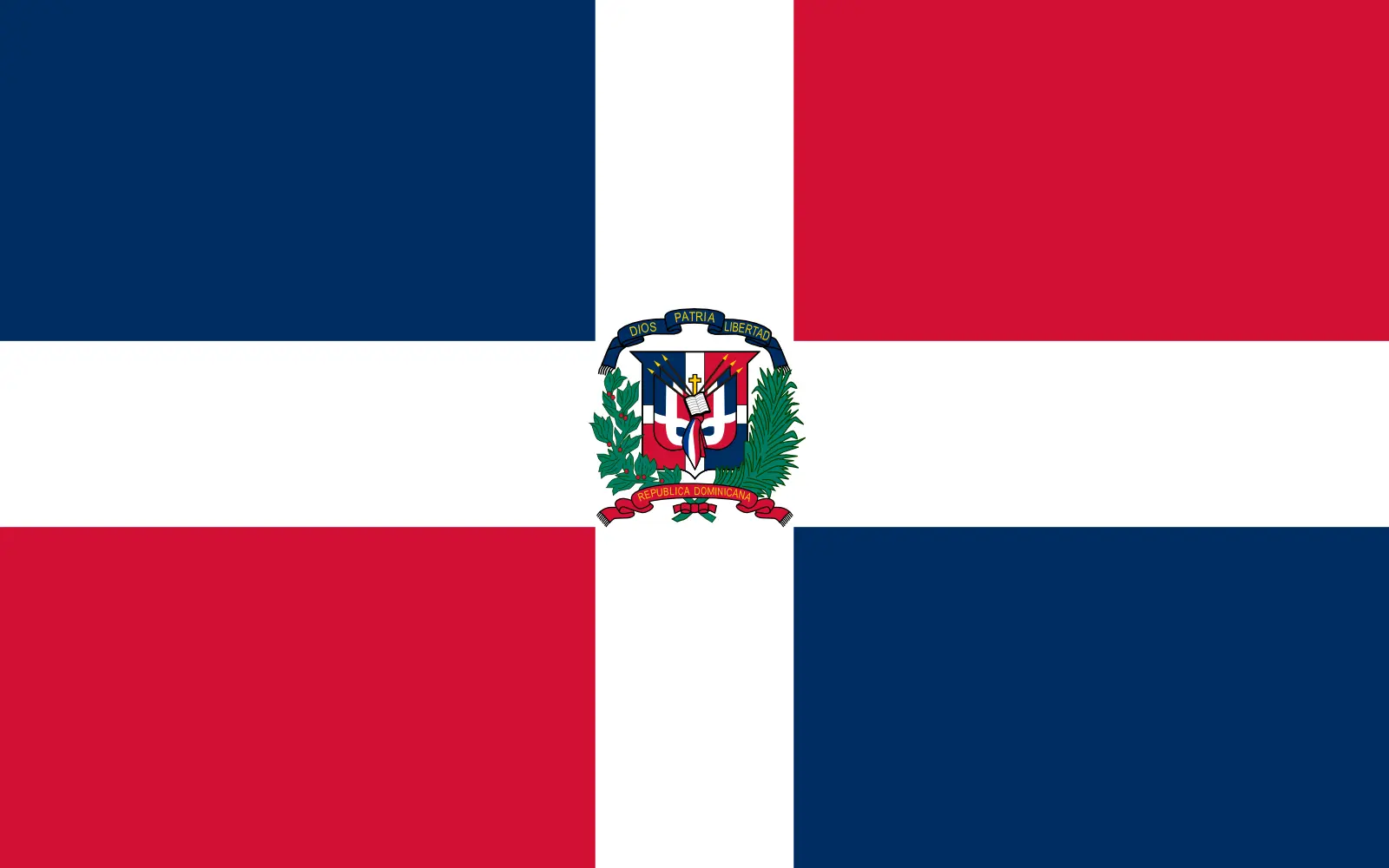 Dominican Republic (+1809)
Dominican Republic (+1809)
 Timor-Leste (+670)
Timor-Leste (+670)
 Ecuador (+593)
Ecuador (+593)
 Egypt (+20)
Egypt (+20)
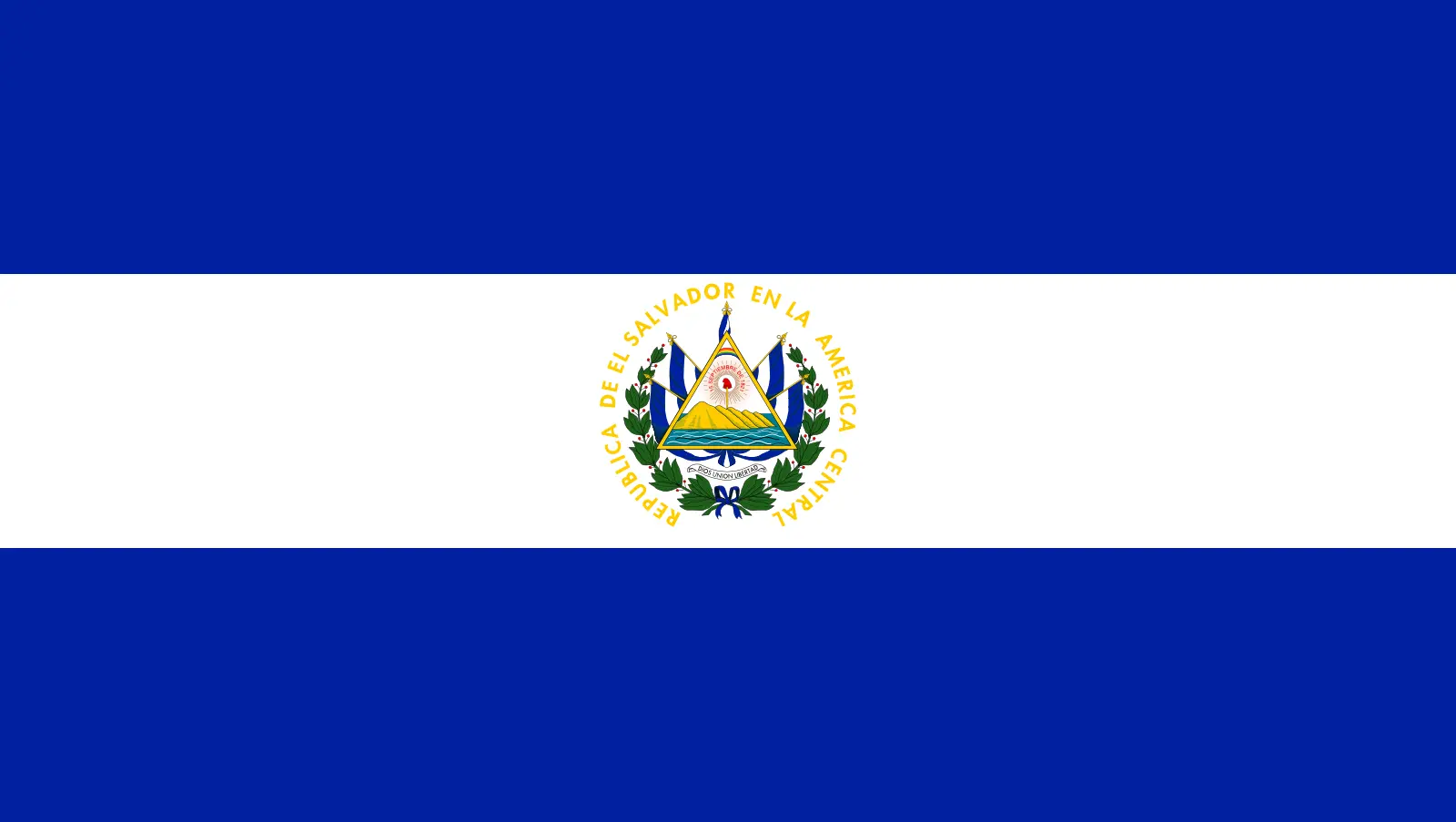 El Salvador (+503)
El Salvador (+503)
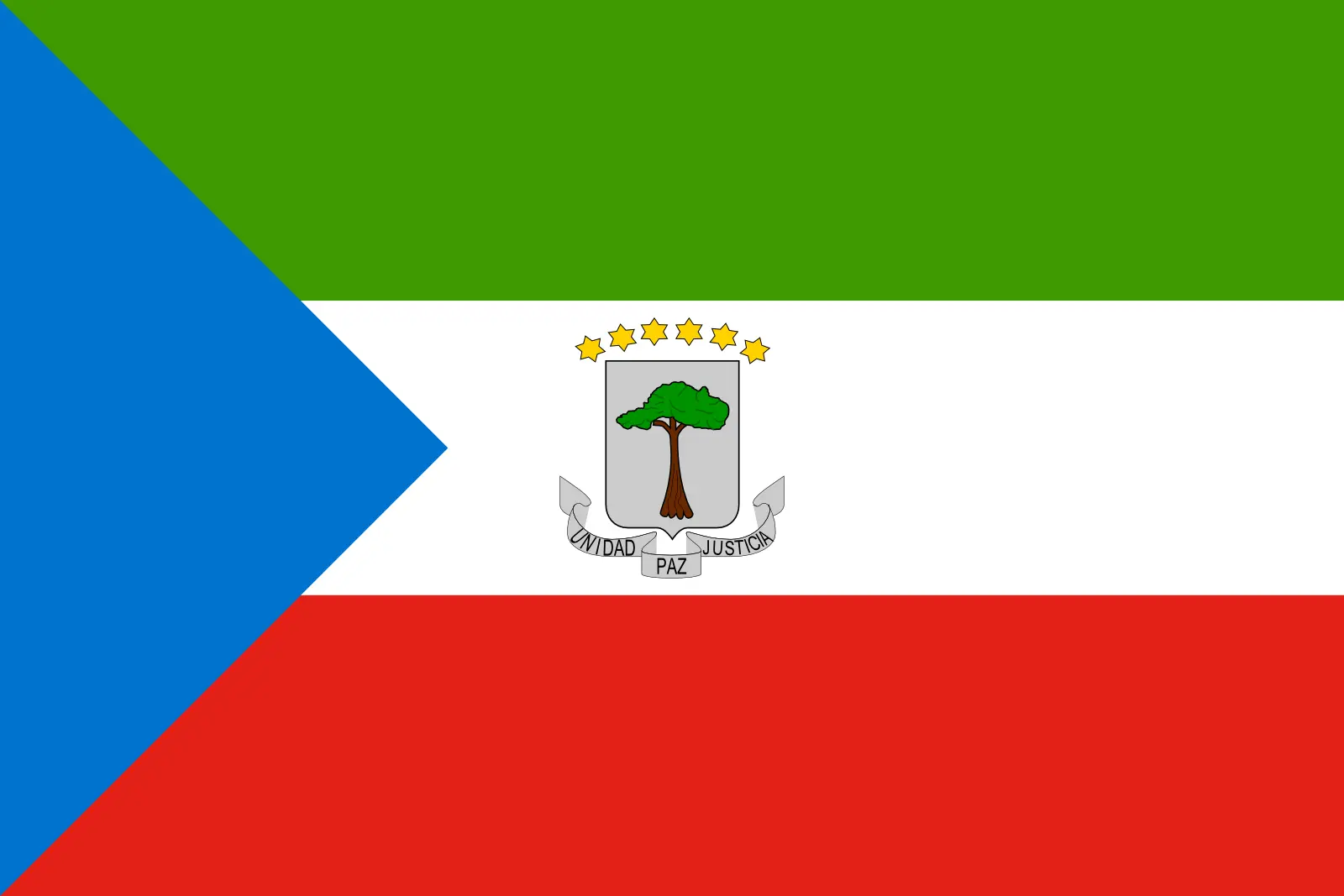 Equatorial Guinea (+240)
Equatorial Guinea (+240)
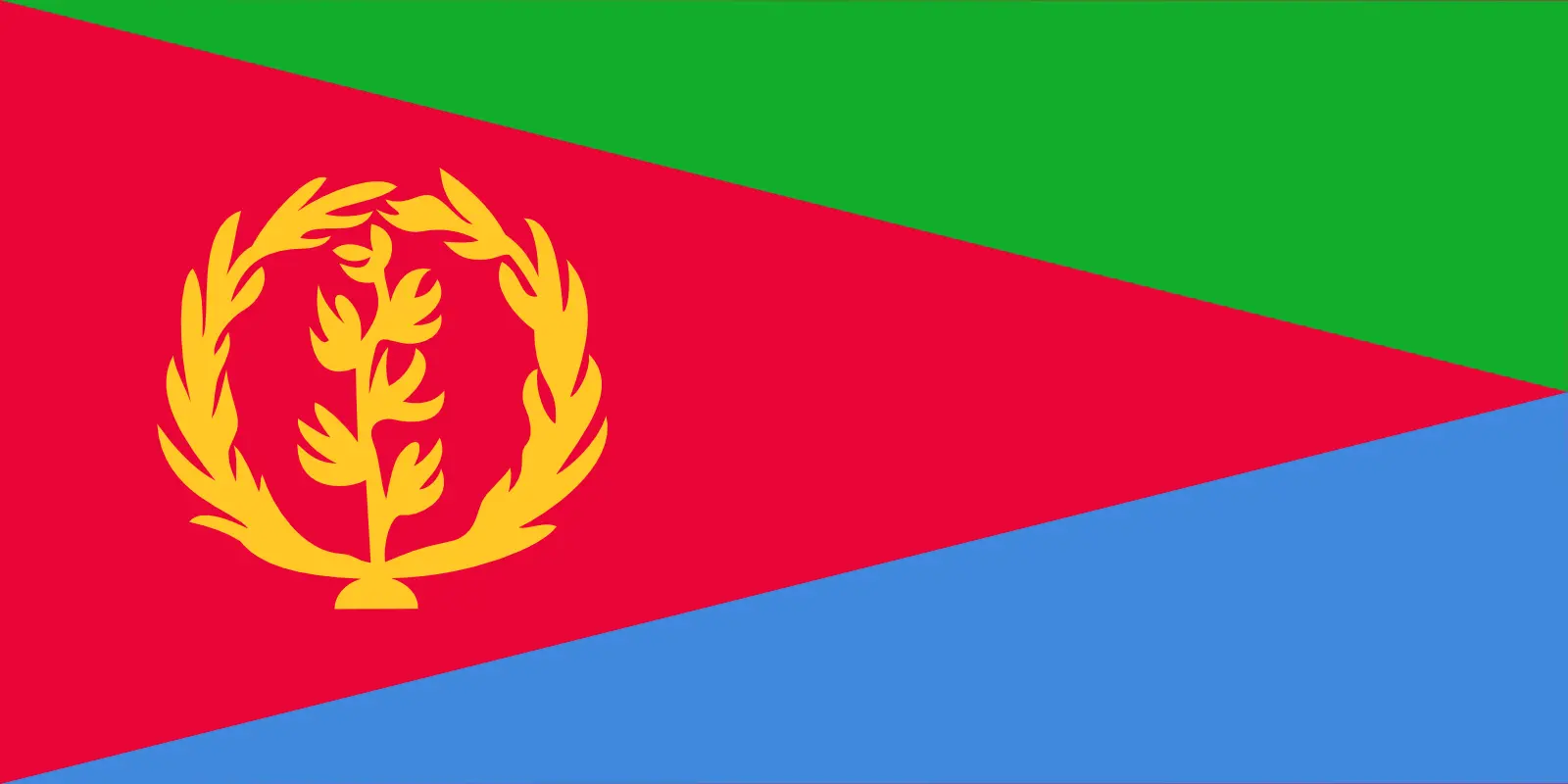 Eritrea (+291)
Eritrea (+291)
 Estonia (+372)
Estonia (+372)
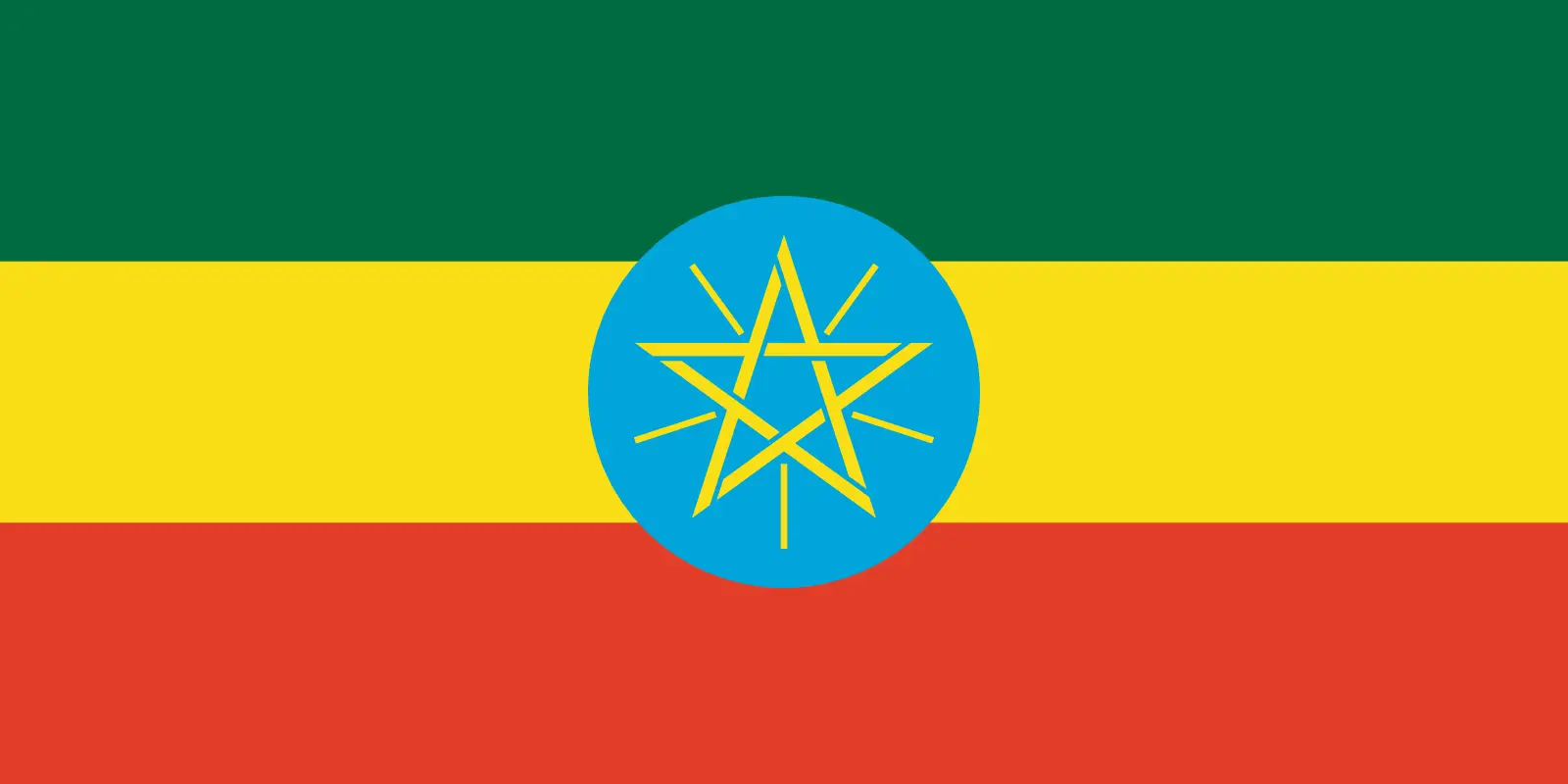 Ethiopia (+251)
Ethiopia (+251)
 Falkland Islands (+500)
Falkland Islands (+500)
 Faroe Islands (+298)
Faroe Islands (+298)
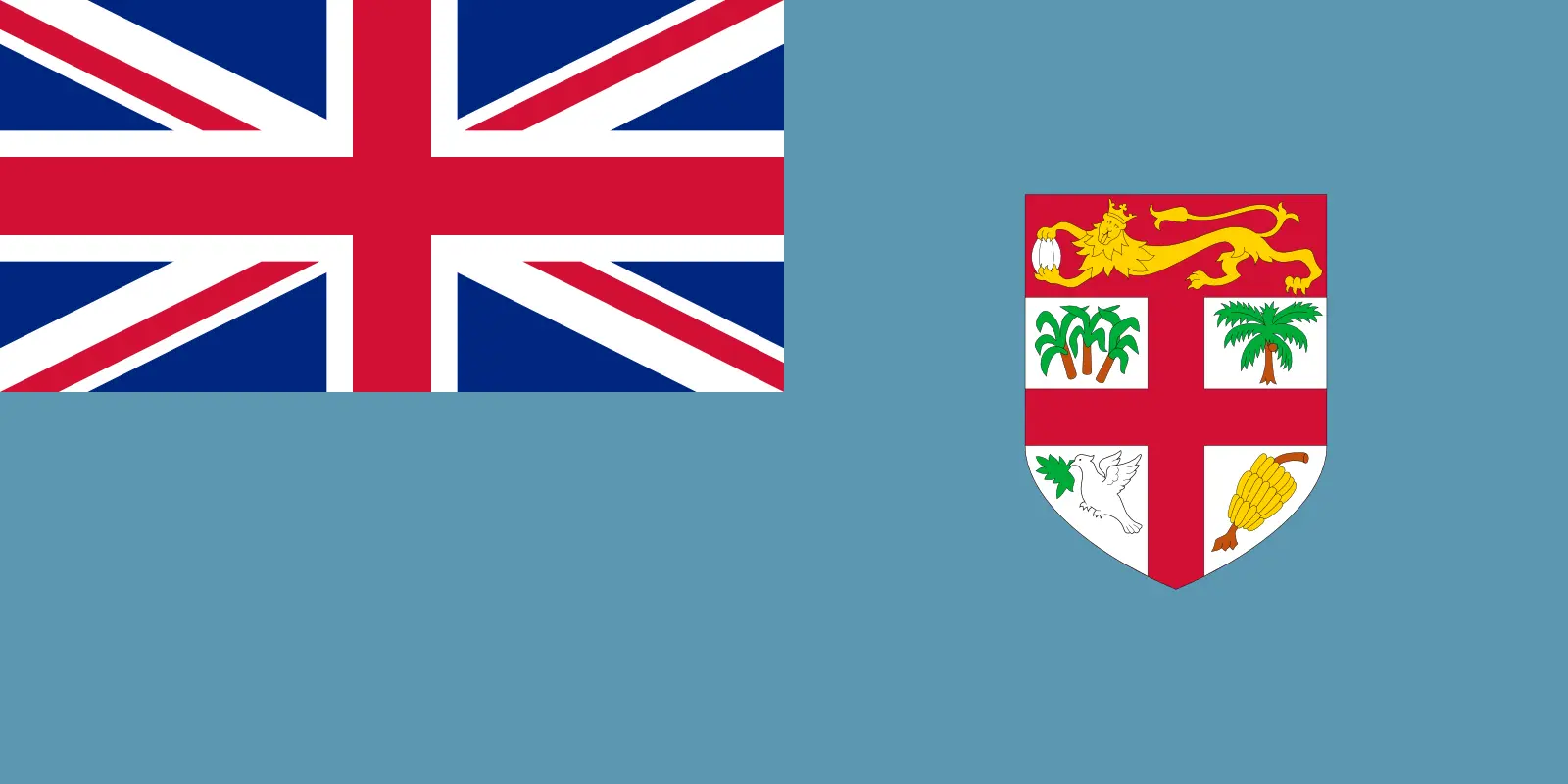 Fiji (+679)
Fiji (+679)
 Finland (+358)
Finland (+358)
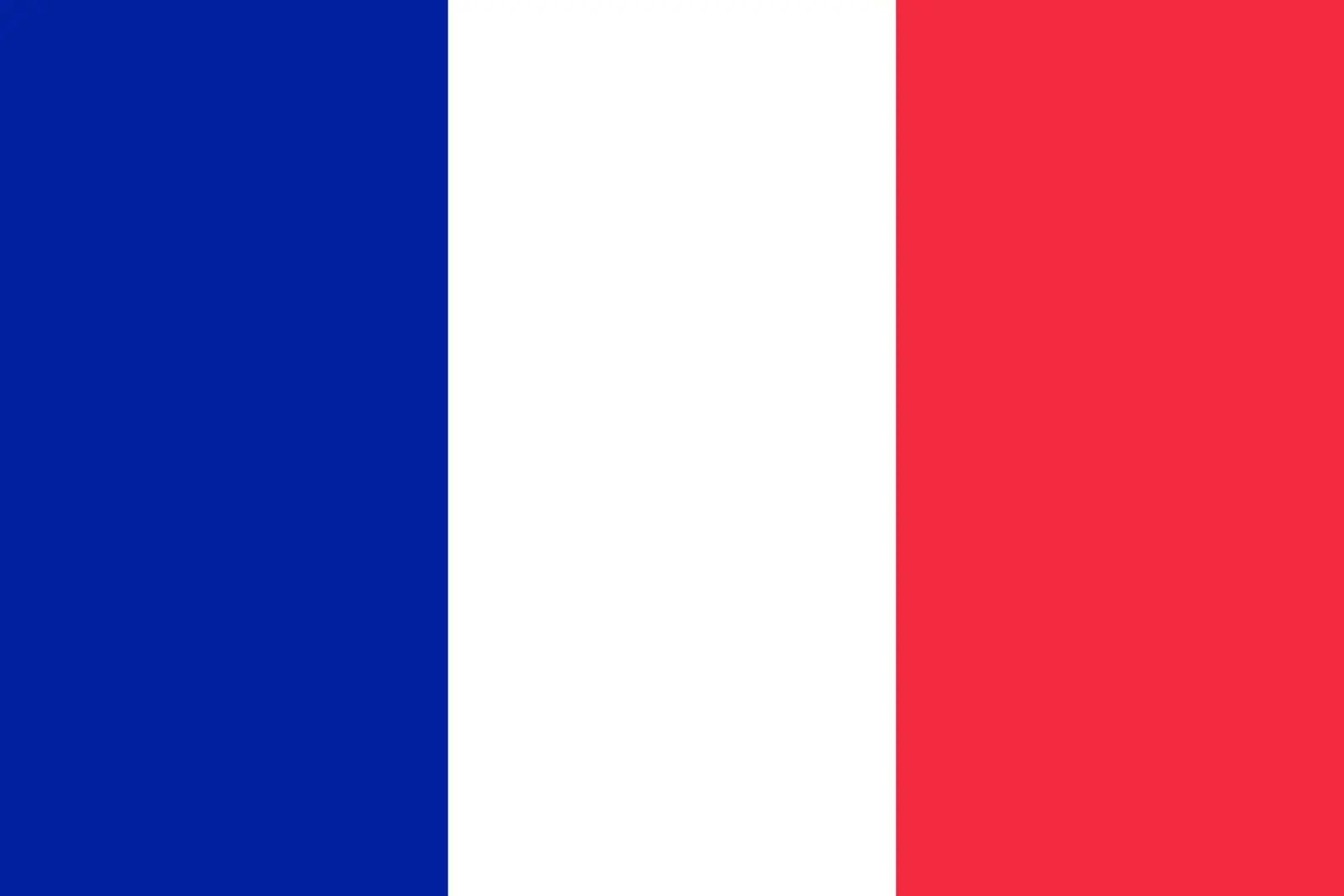 France (+33)
France (+33)
 Gabon (+241)
Gabon (+241)
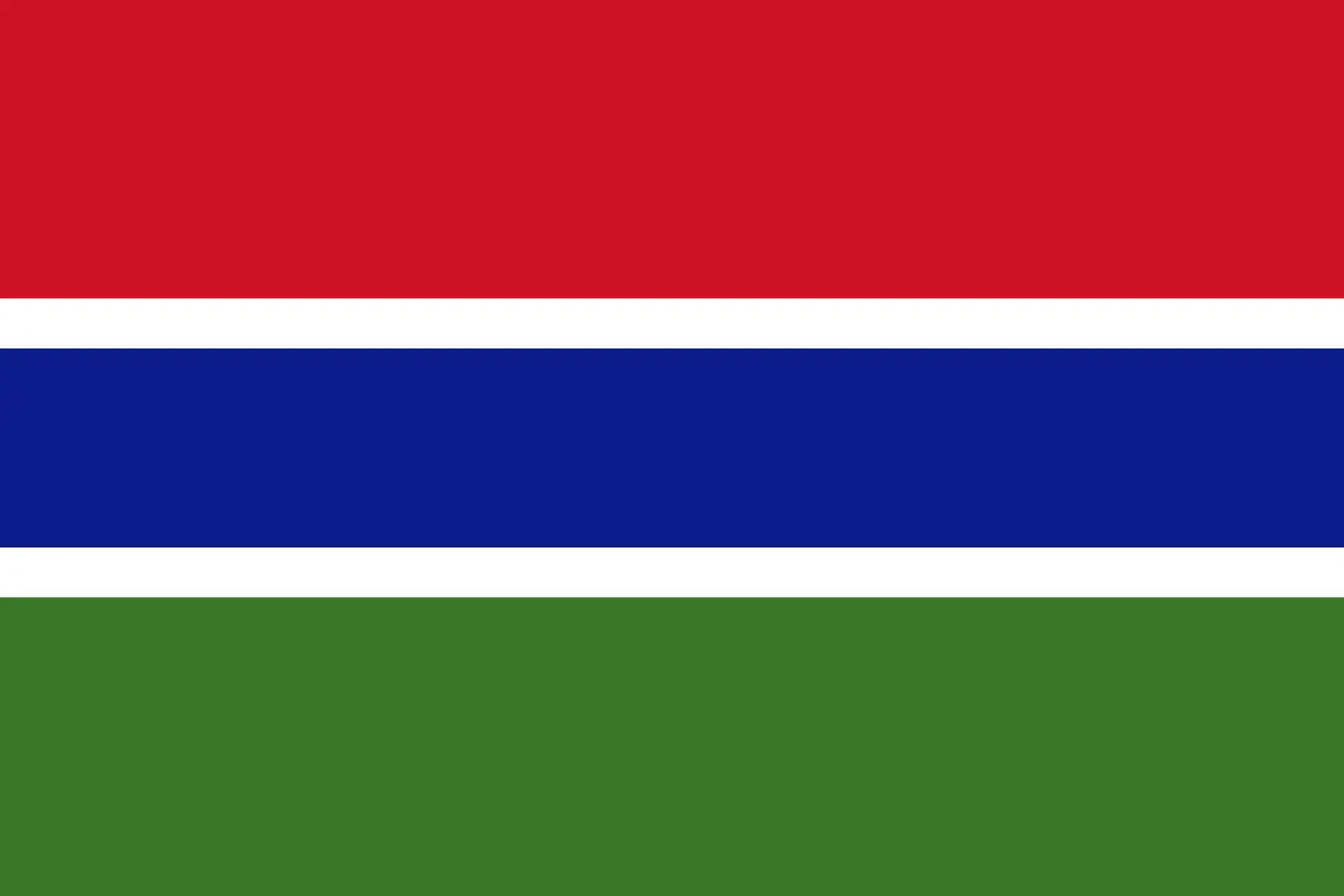 Gambia (+220)
Gambia (+220)
 Georgia (+995)
Georgia (+995)
 Germany (+49)
Germany (+49)
 Ghana (+233)
Ghana (+233)
 Gibraltar (+350)
Gibraltar (+350)
 Greece (+30)
Greece (+30)
 Greenland (+299)
Greenland (+299)
 Grenada (+1473)
Grenada (+1473)
 Guadeloupe (+590)
Guadeloupe (+590)
 Guam (+1671)
Guam (+1671)
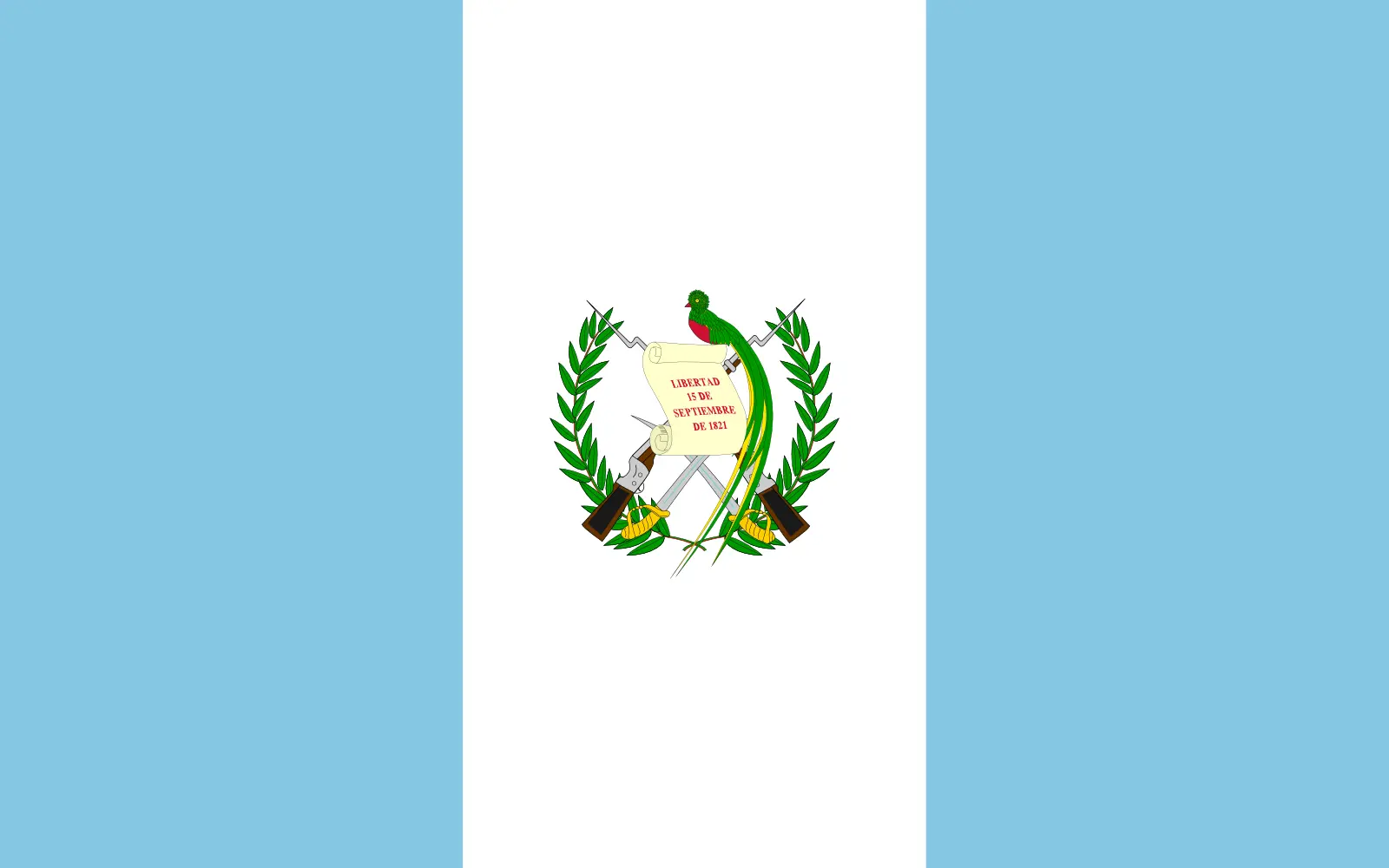 Guatemala (+502)
Guatemala (+502)
 Guinea (+224)
Guinea (+224)
 Guinea-Bissau (+245)
Guinea-Bissau (+245)
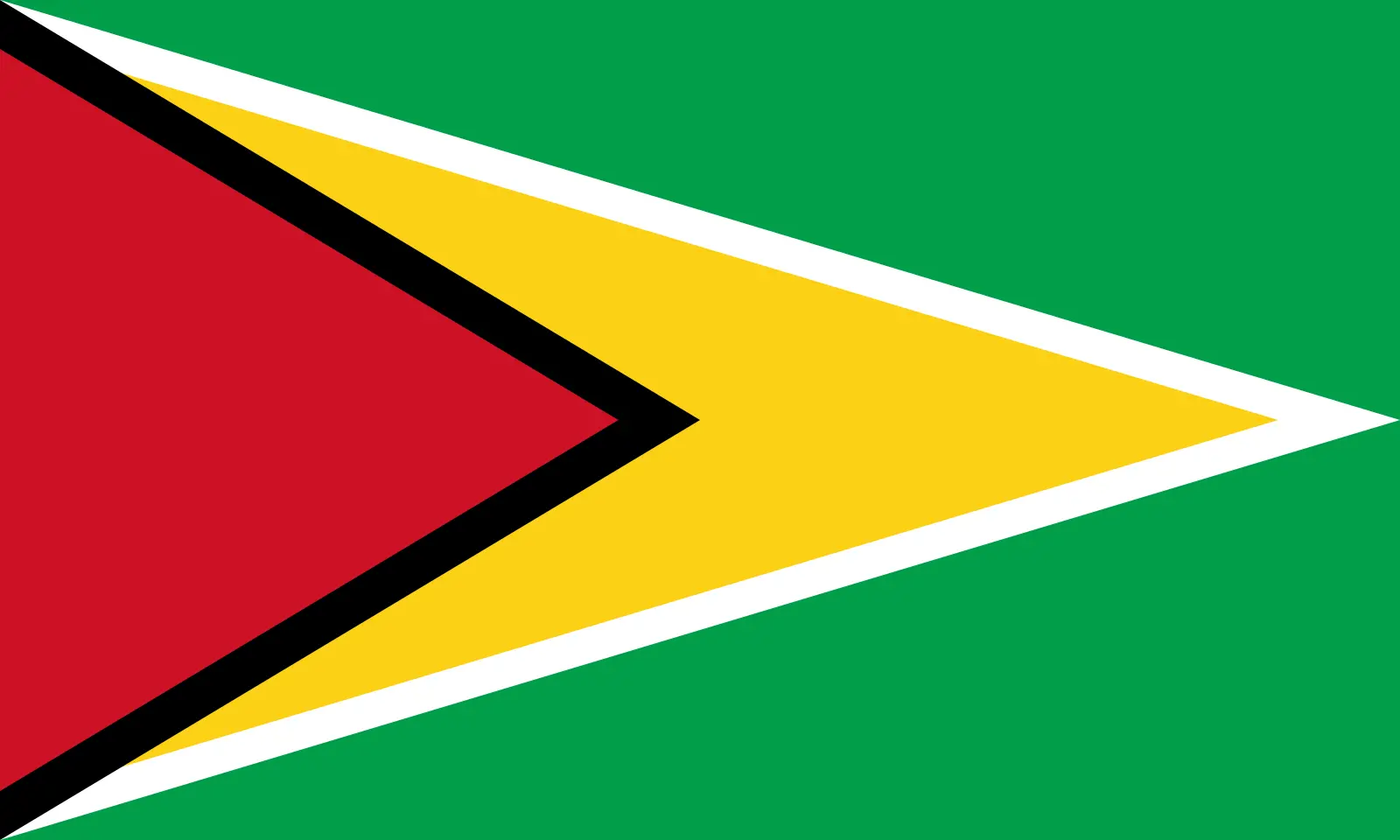 Guyana (+592)
Guyana (+592)
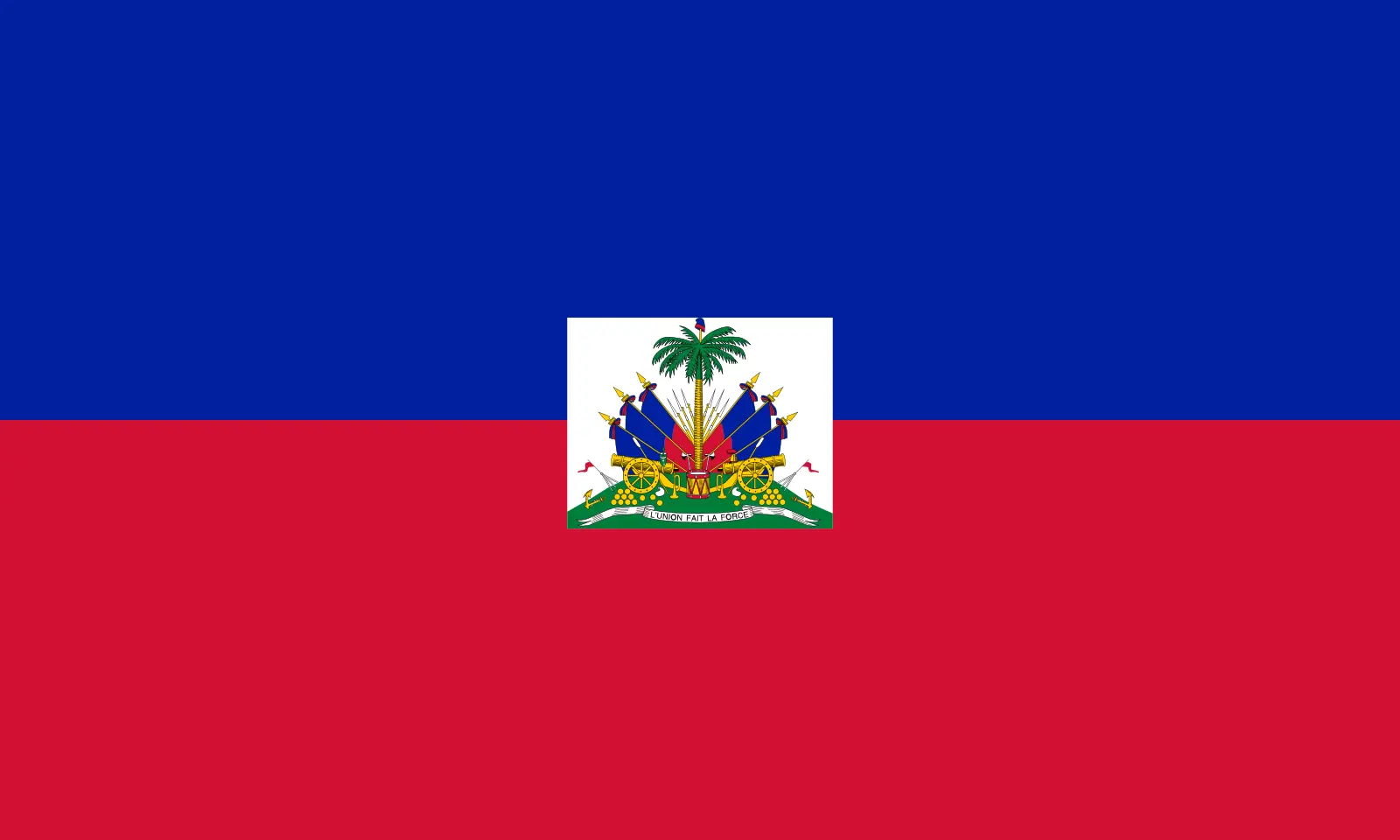 Haiti (+509)
Haiti (+509)
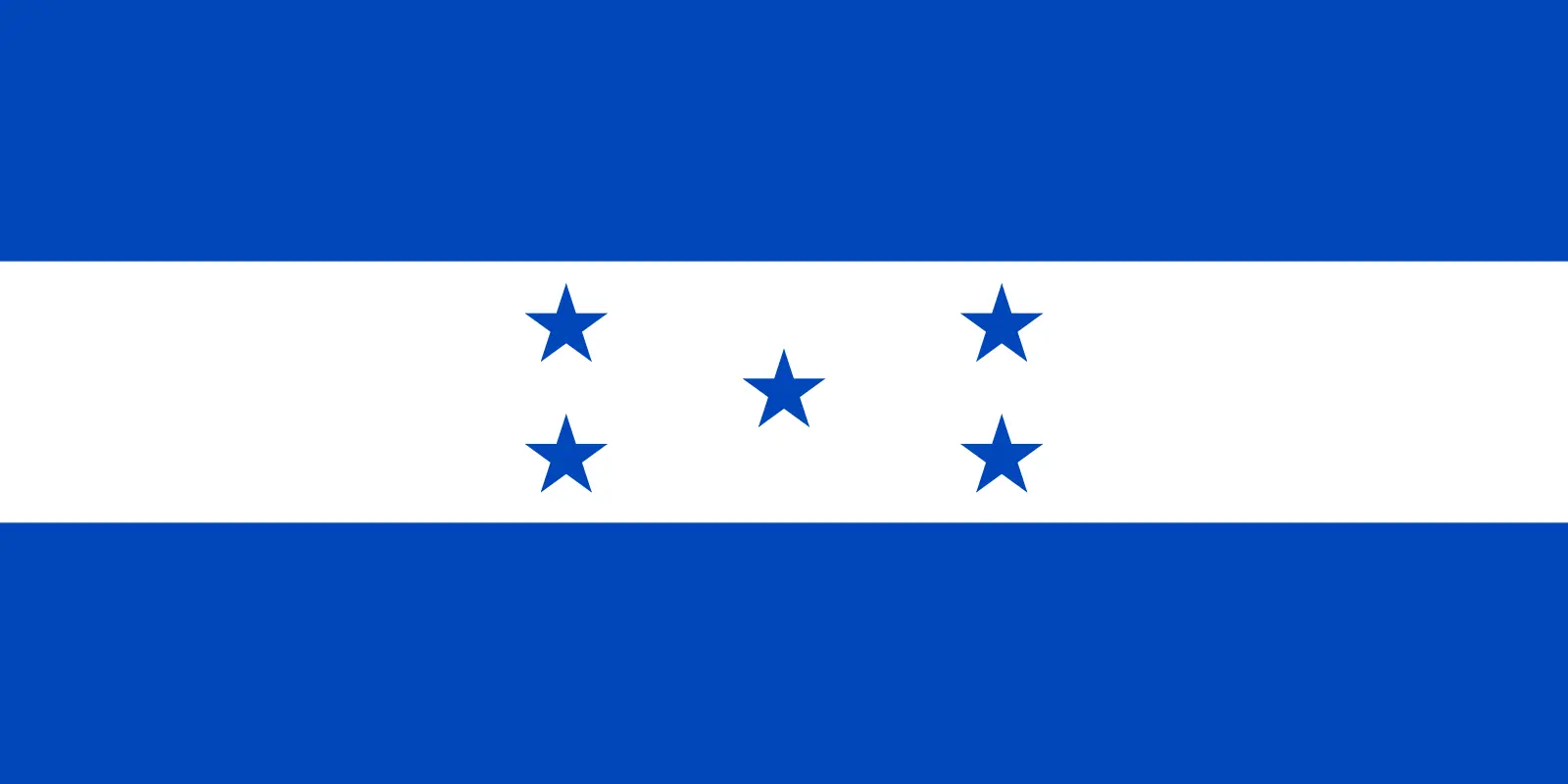 Honduras (+504)
Honduras (+504)
 Hong Kong (+852)
Hong Kong (+852)
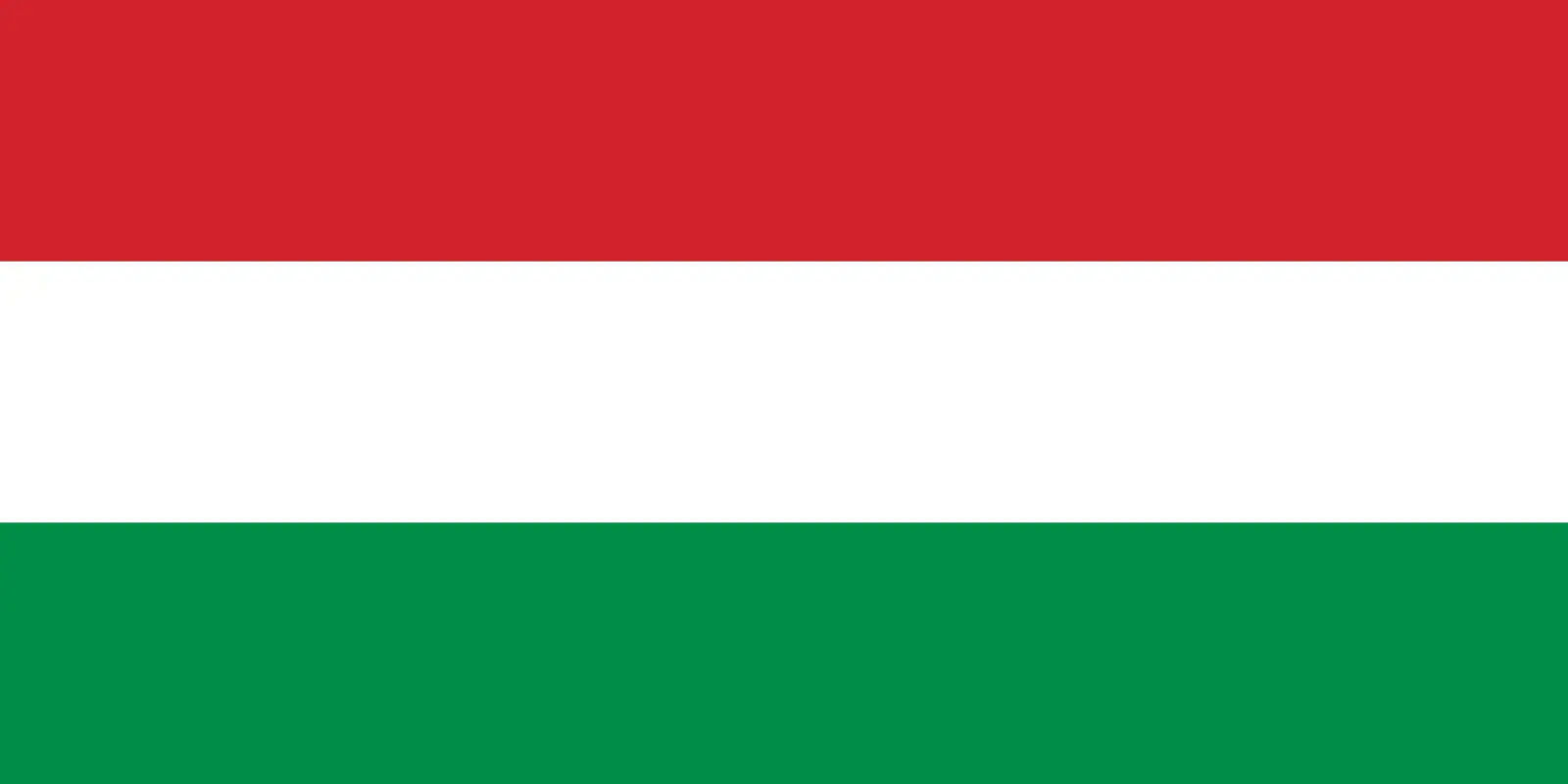 Hungary (+36)
Hungary (+36)
 Iceland (+354)
Iceland (+354)
 India (+91)
India (+91)
 Indonesia (+62)
Indonesia (+62)
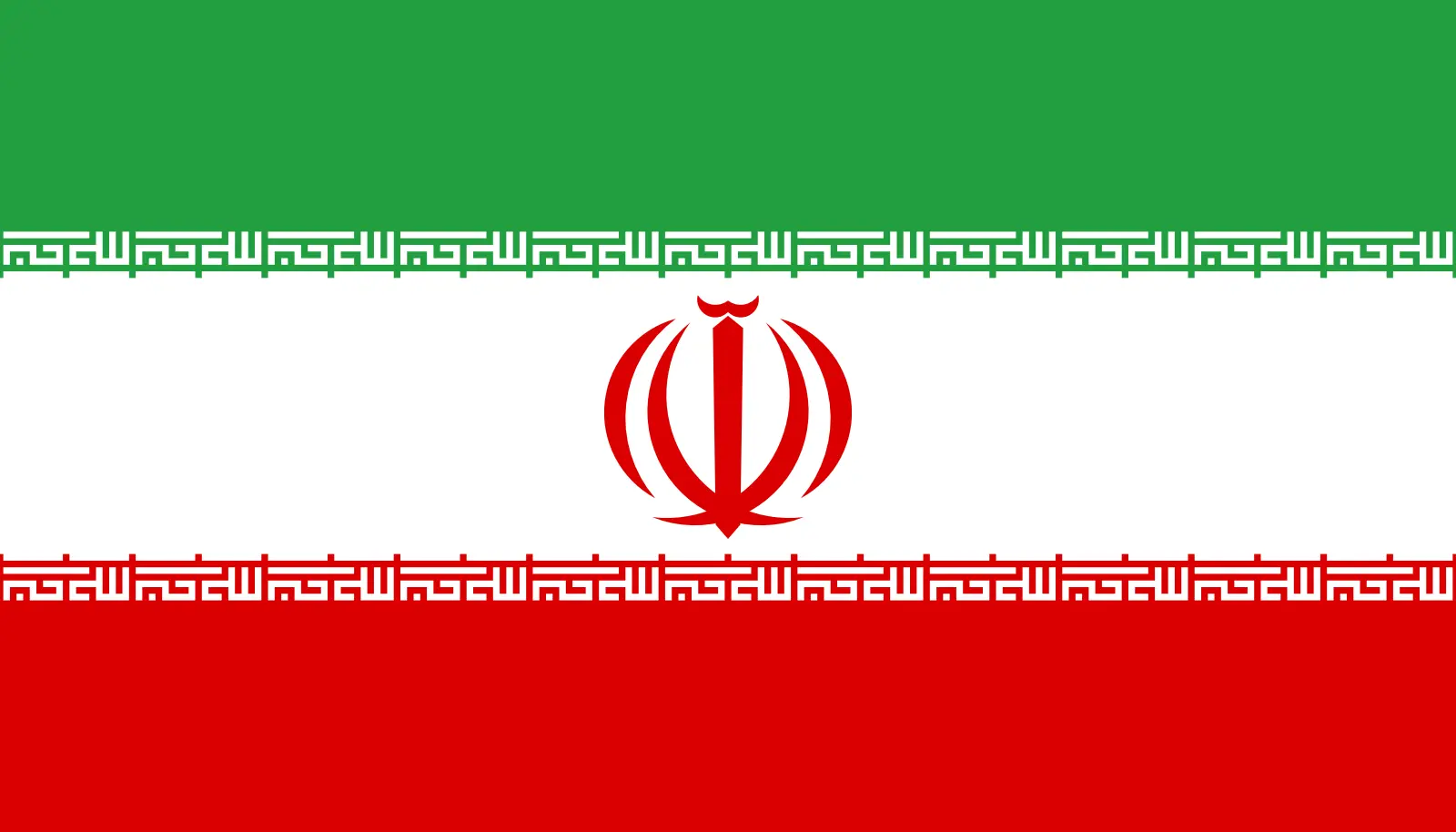 Iran (+98)
Iran (+98)
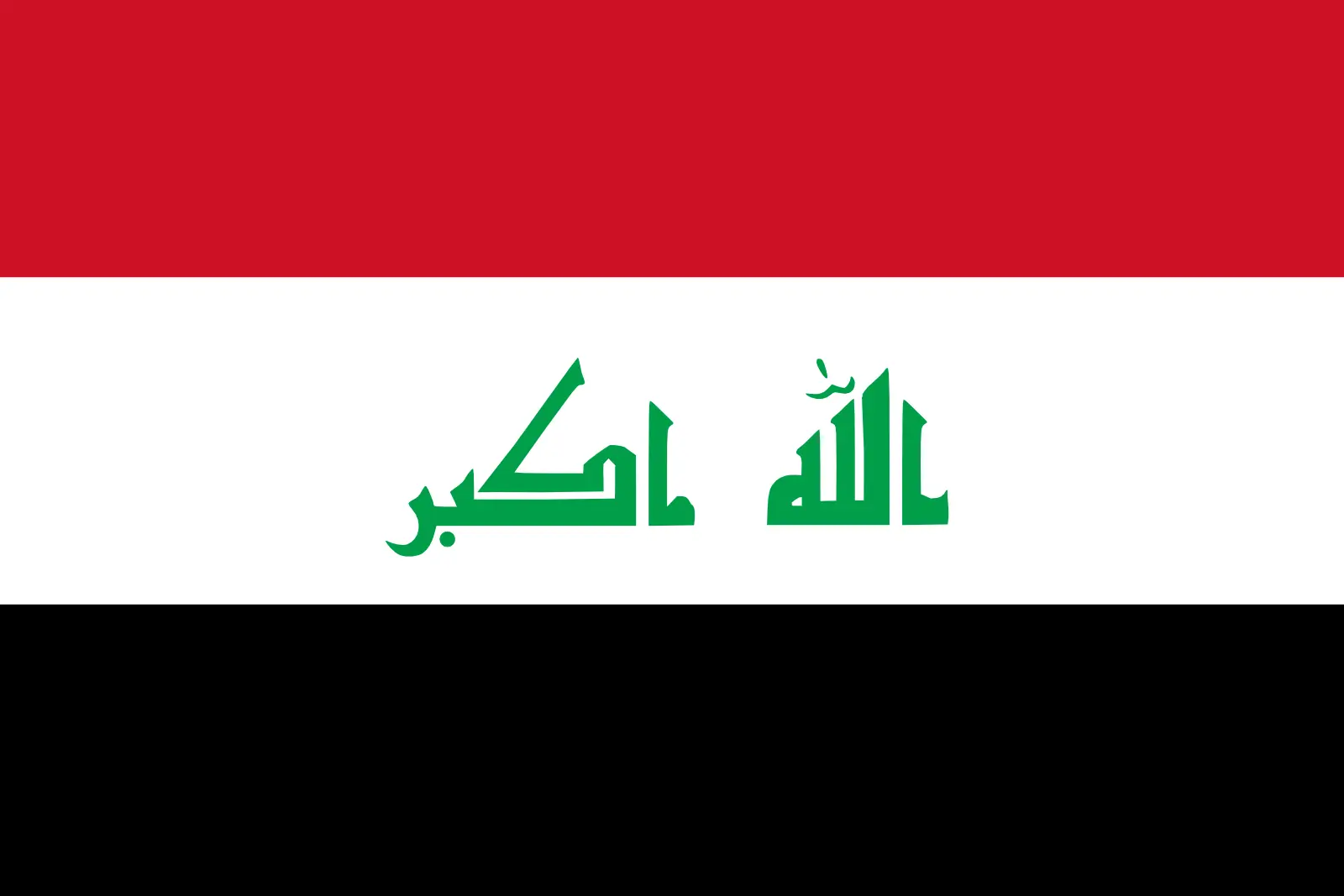 Iraq (+964)
Iraq (+964)
 Ireland (+353)
Ireland (+353)
 Isle of Man (+44)
Isle of Man (+44)
 Israel (+972)
Israel (+972)
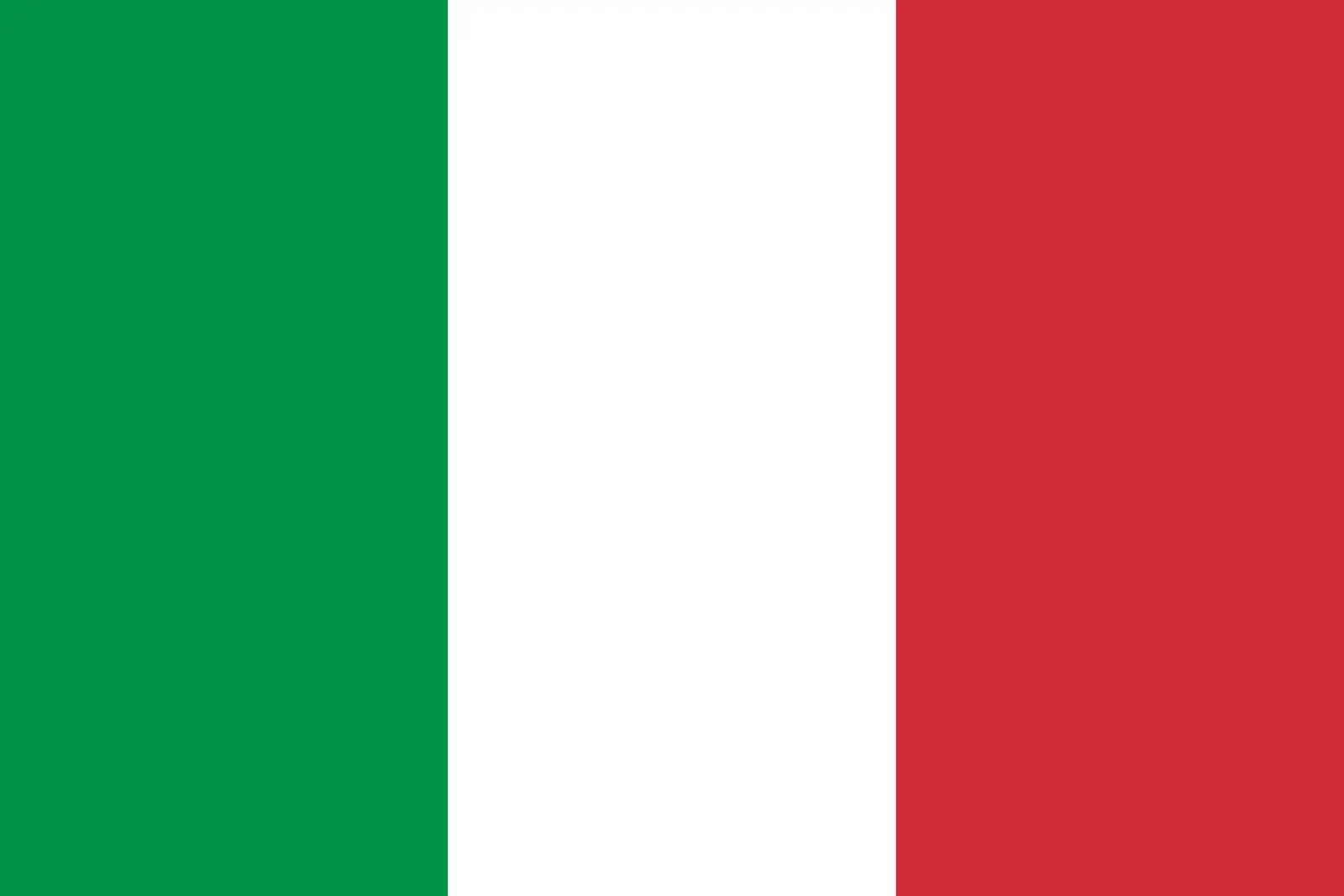 Italy (+39)
Italy (+39)
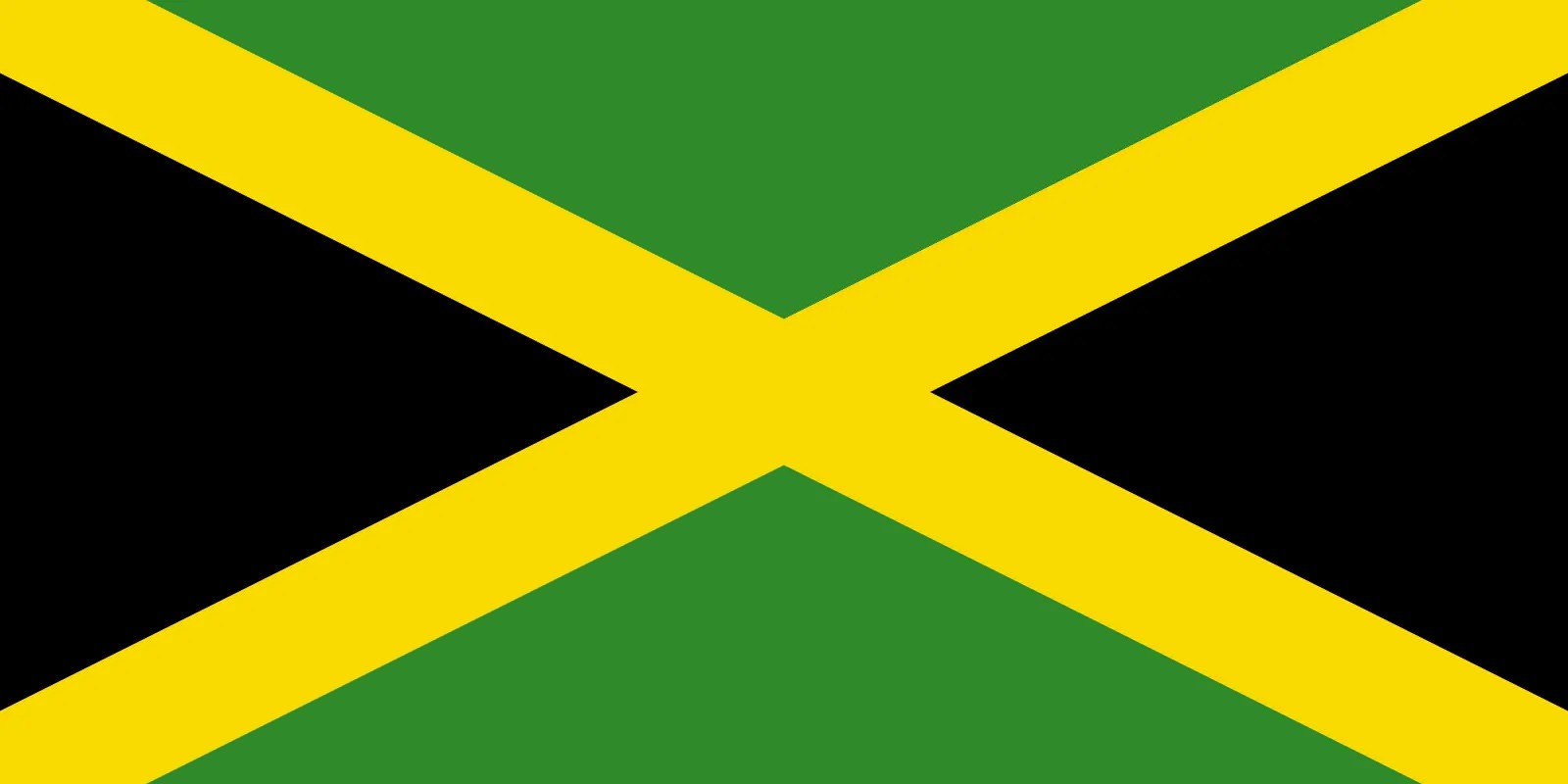 Jamaica (+1876)
Jamaica (+1876)
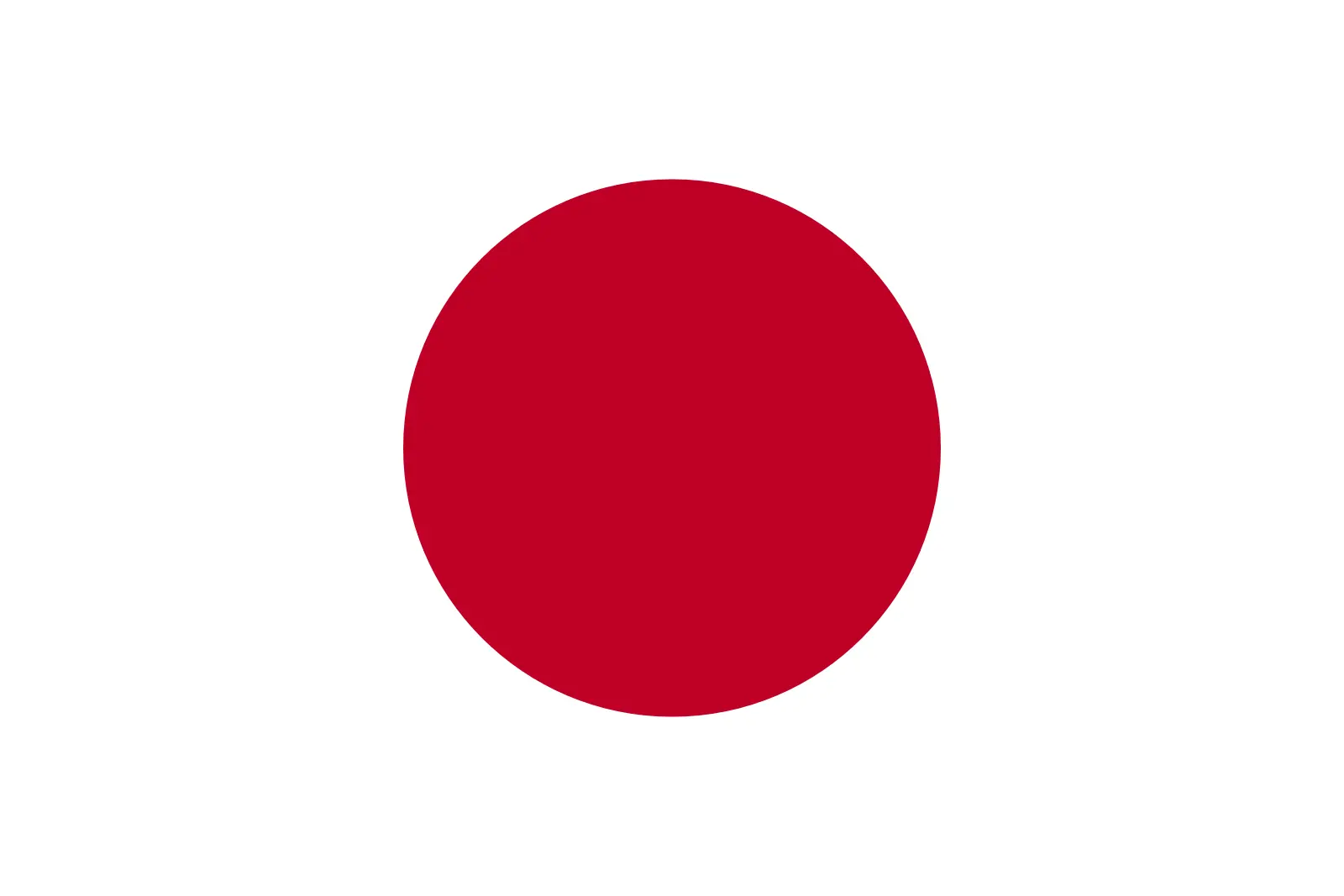 Japan (+81)
Japan (+81)
 Jersey (+44)
Jersey (+44)
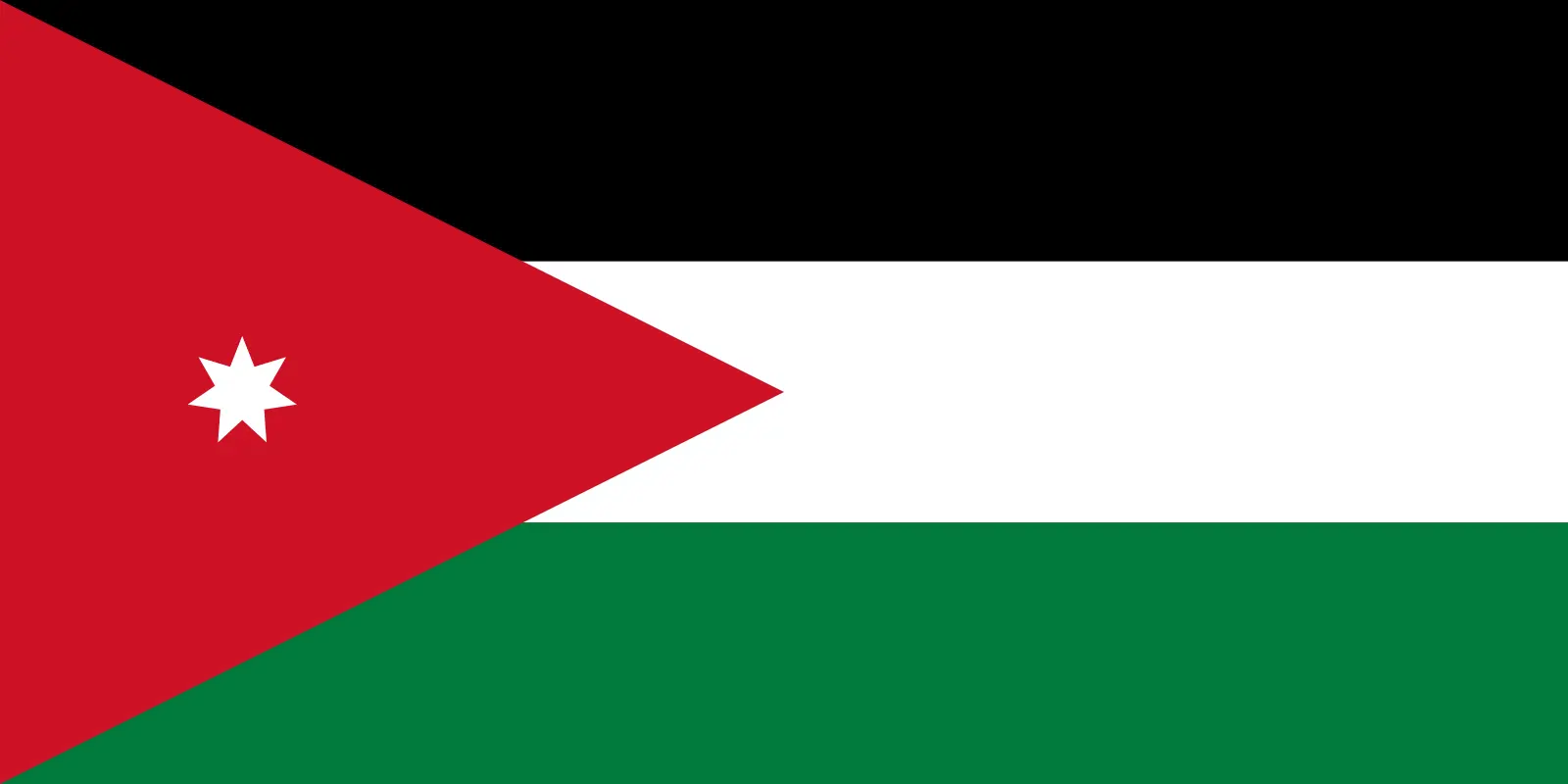 Jordan (+962)
Jordan (+962)
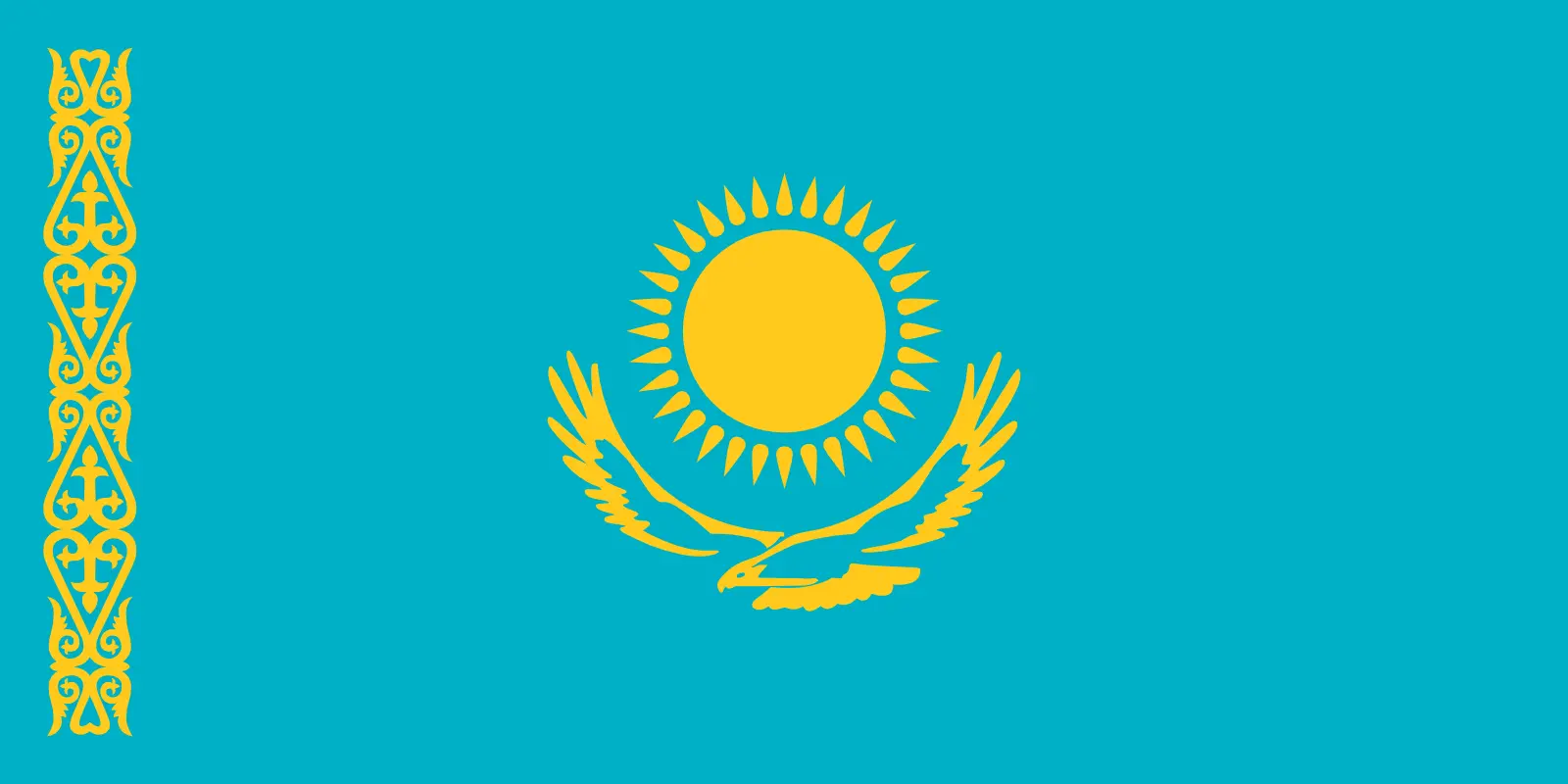 Kazakhstan (+7)
Kazakhstan (+7)
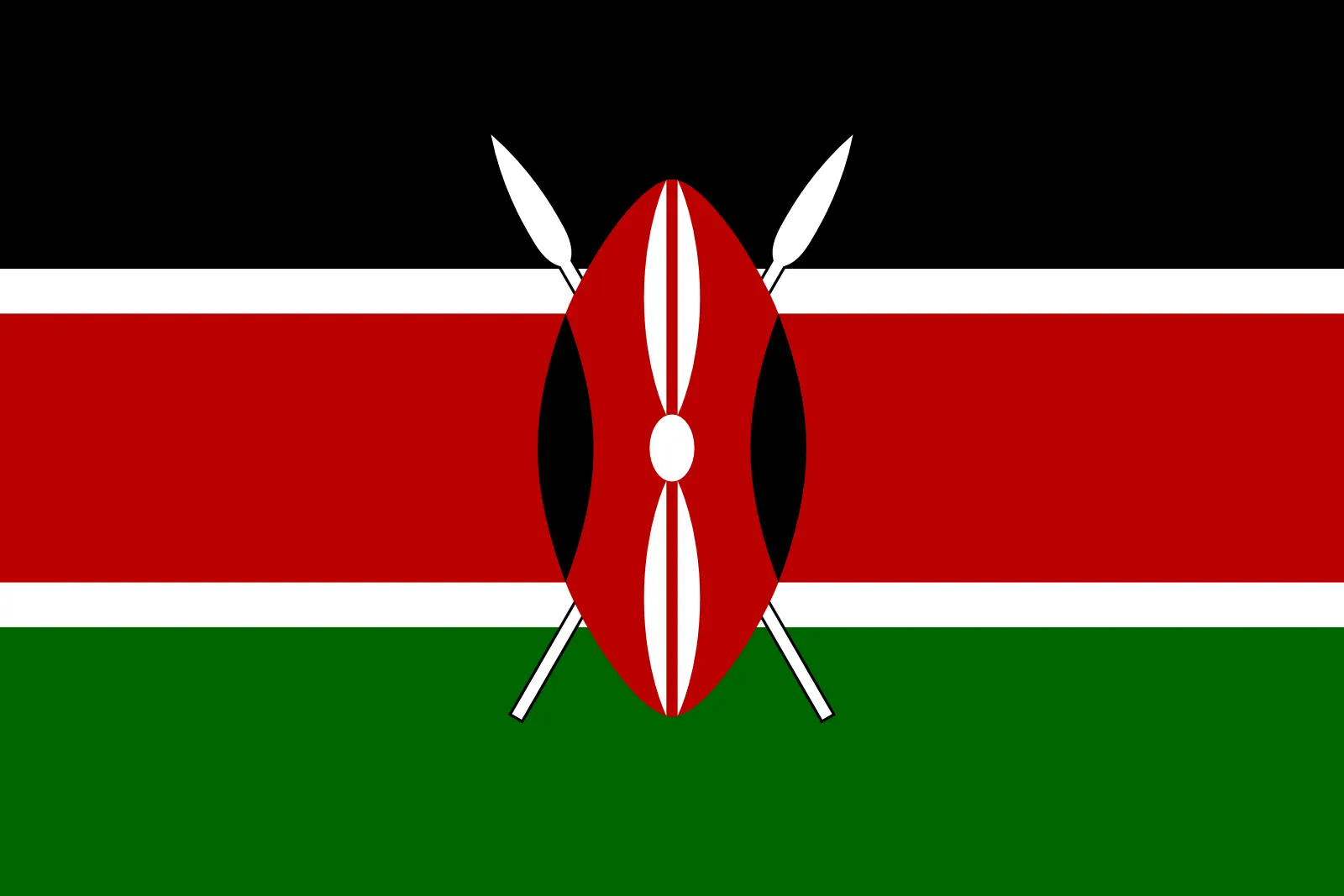 Kenya (+254)
Kenya (+254)
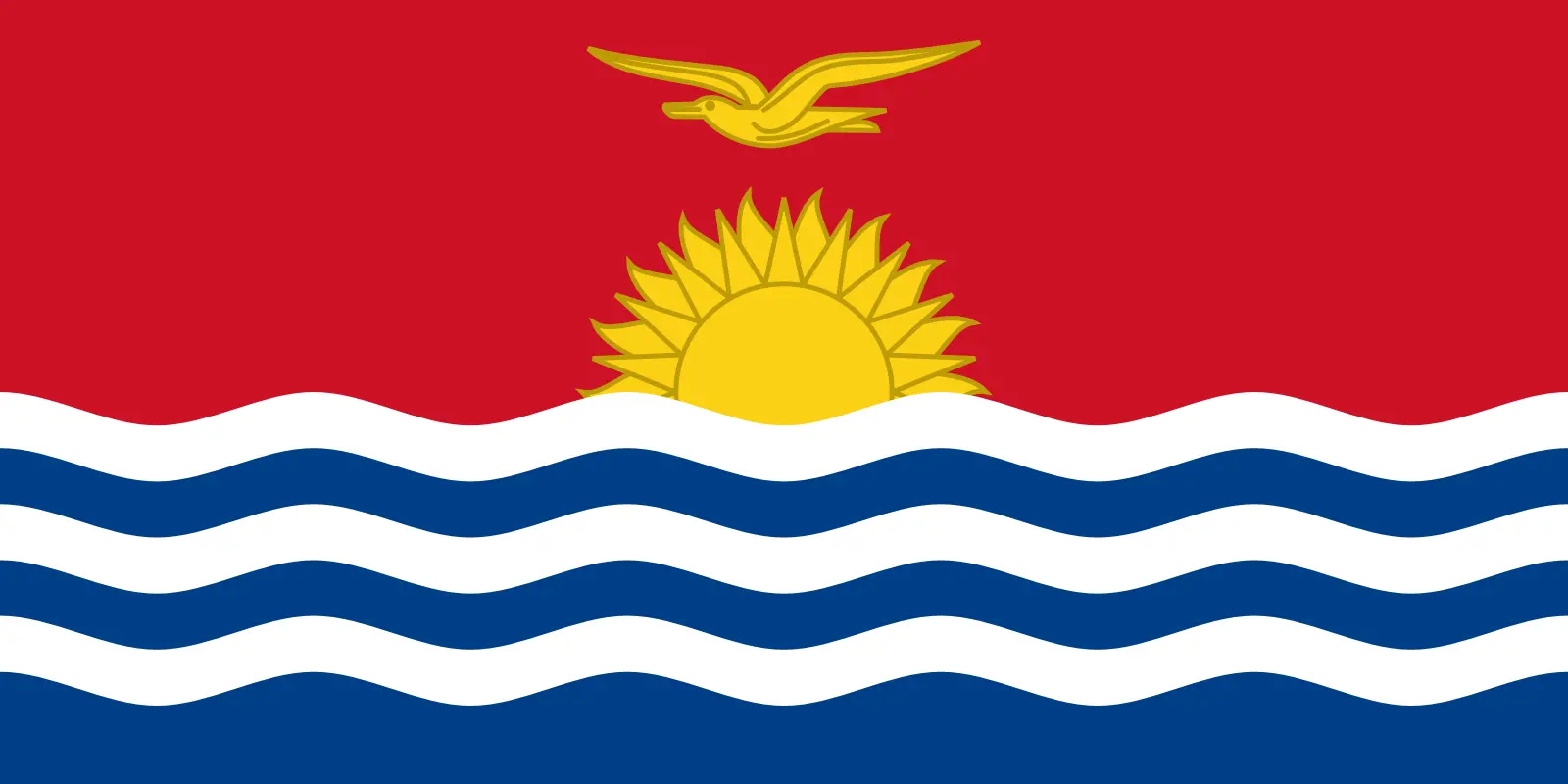 Kiribati (+686)
Kiribati (+686)
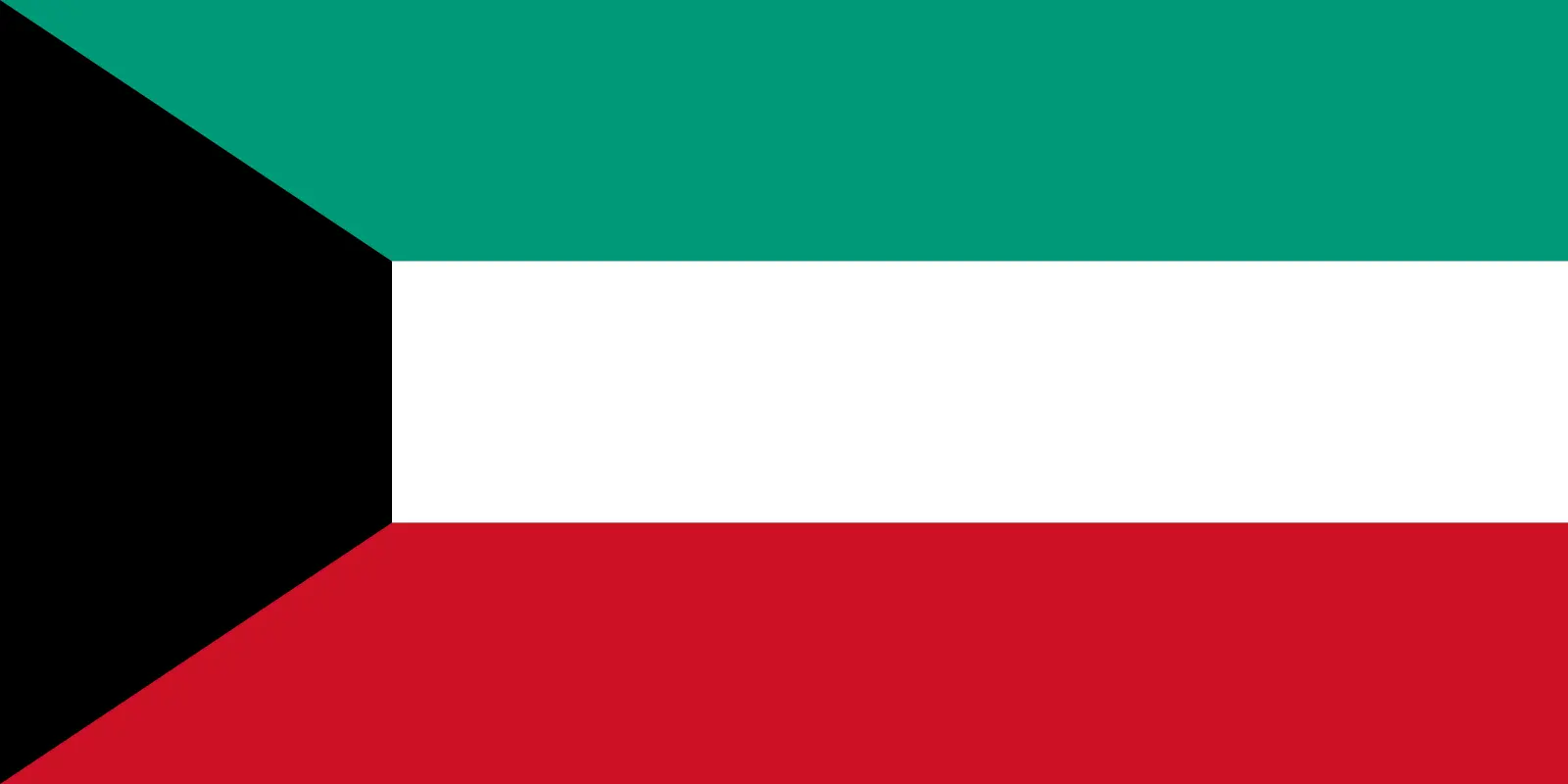 Kuwait (+965)
Kuwait (+965)
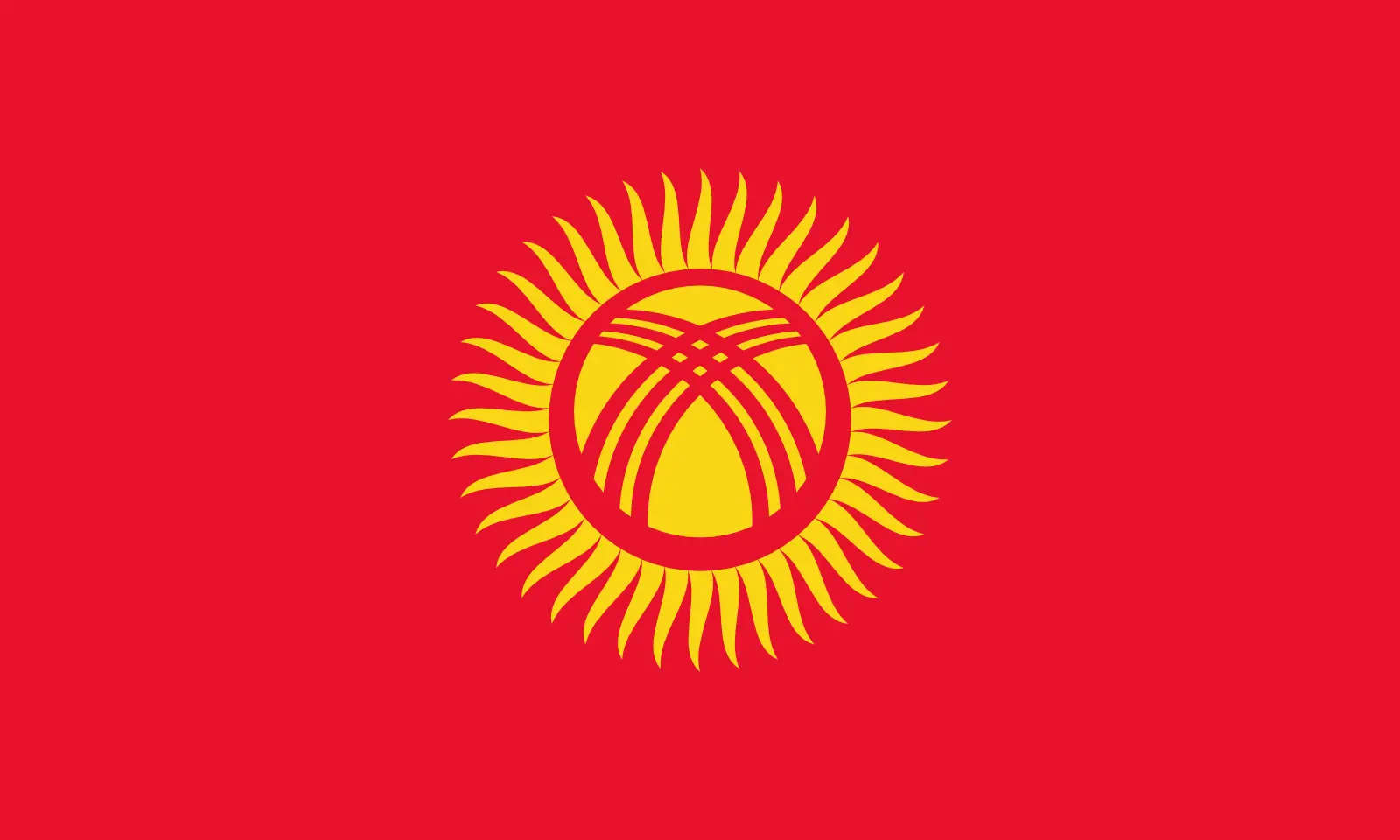 Kyrgyzstan (+996)
Kyrgyzstan (+996)
 Laos (+856)
Laos (+856)
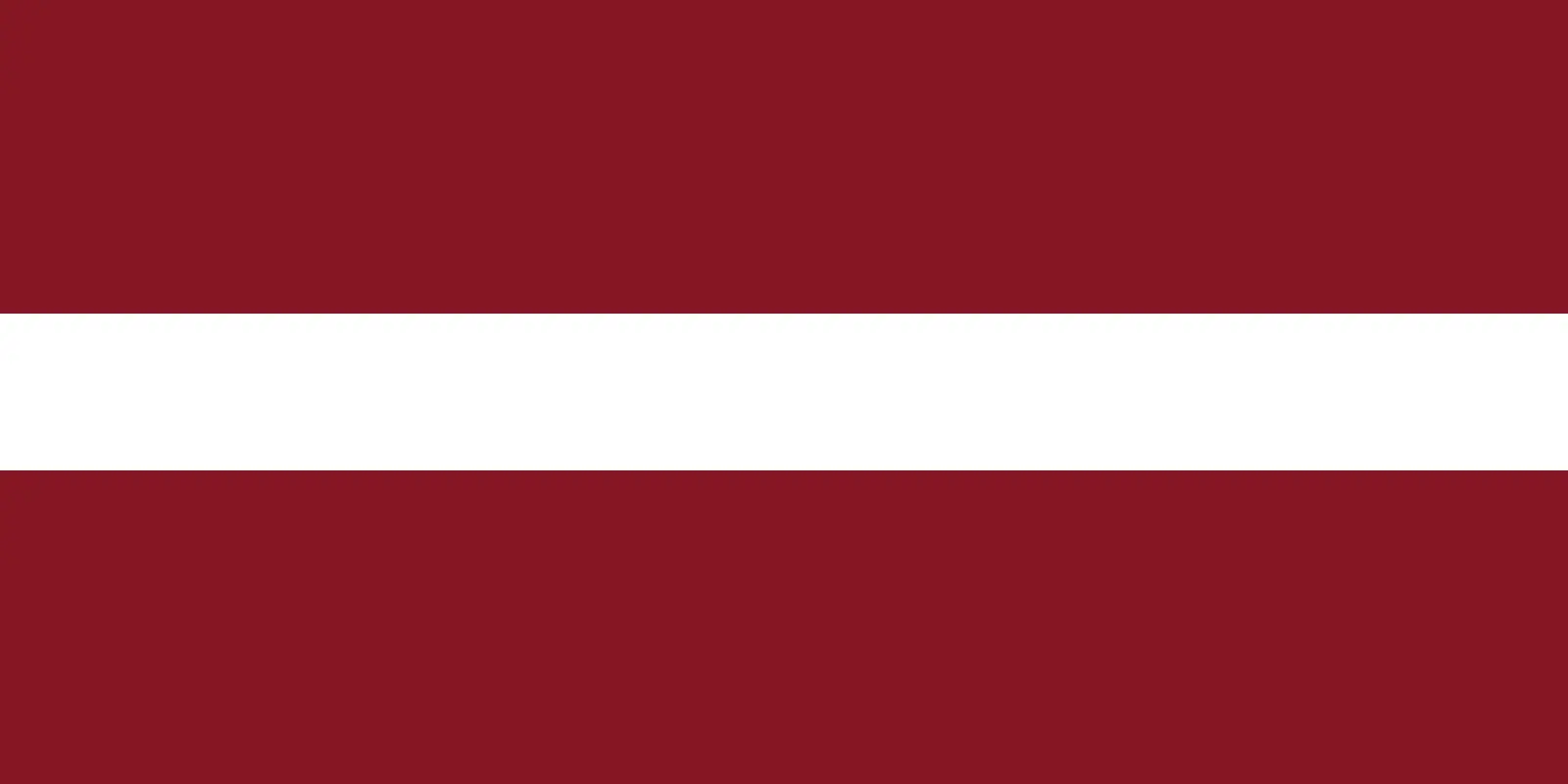 Latvia (+371)
Latvia (+371)
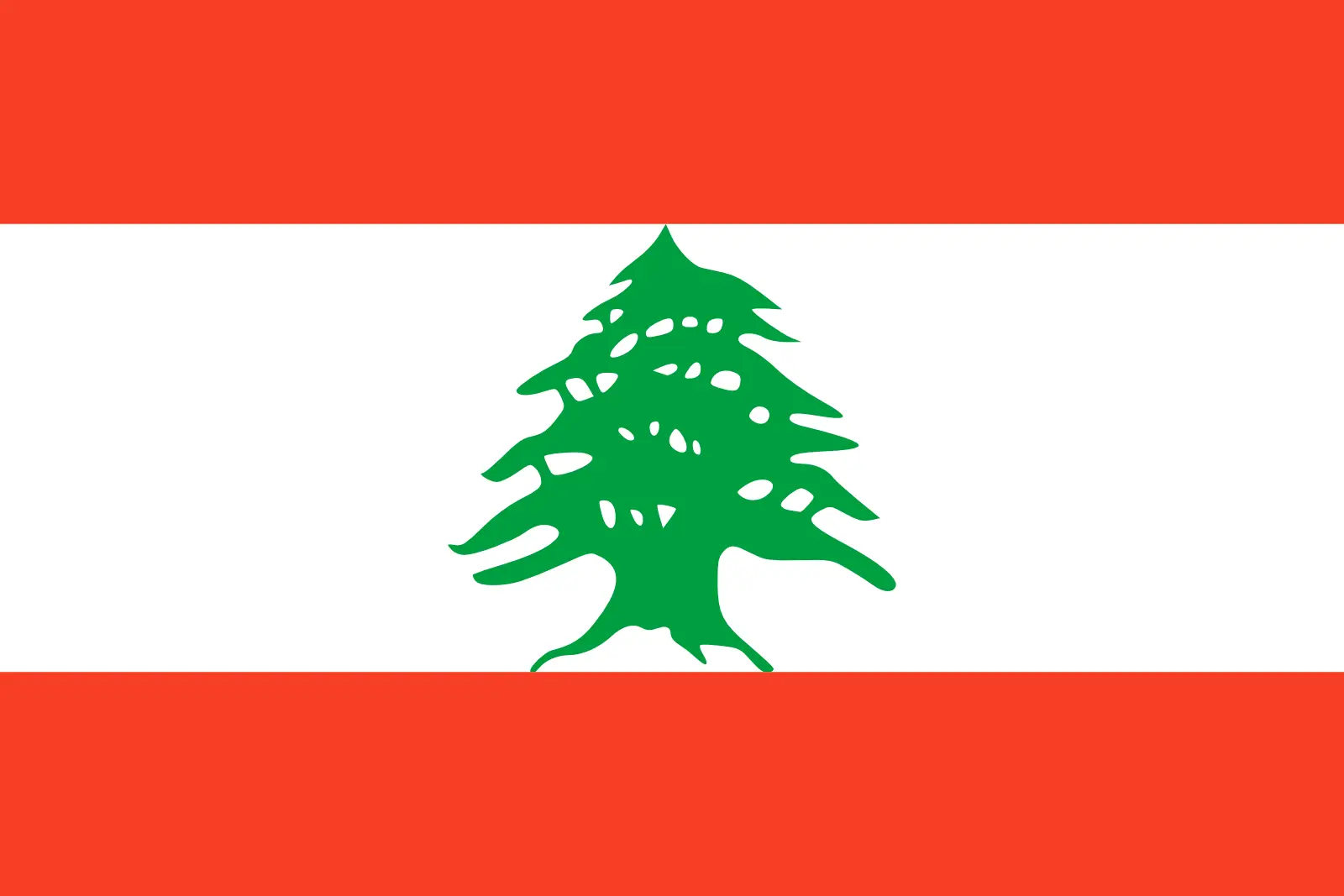 Lebanon (+961)
Lebanon (+961)
 Lesotho (+266)
Lesotho (+266)
 Liberia (+231)
Liberia (+231)
 Libya (+218)
Libya (+218)
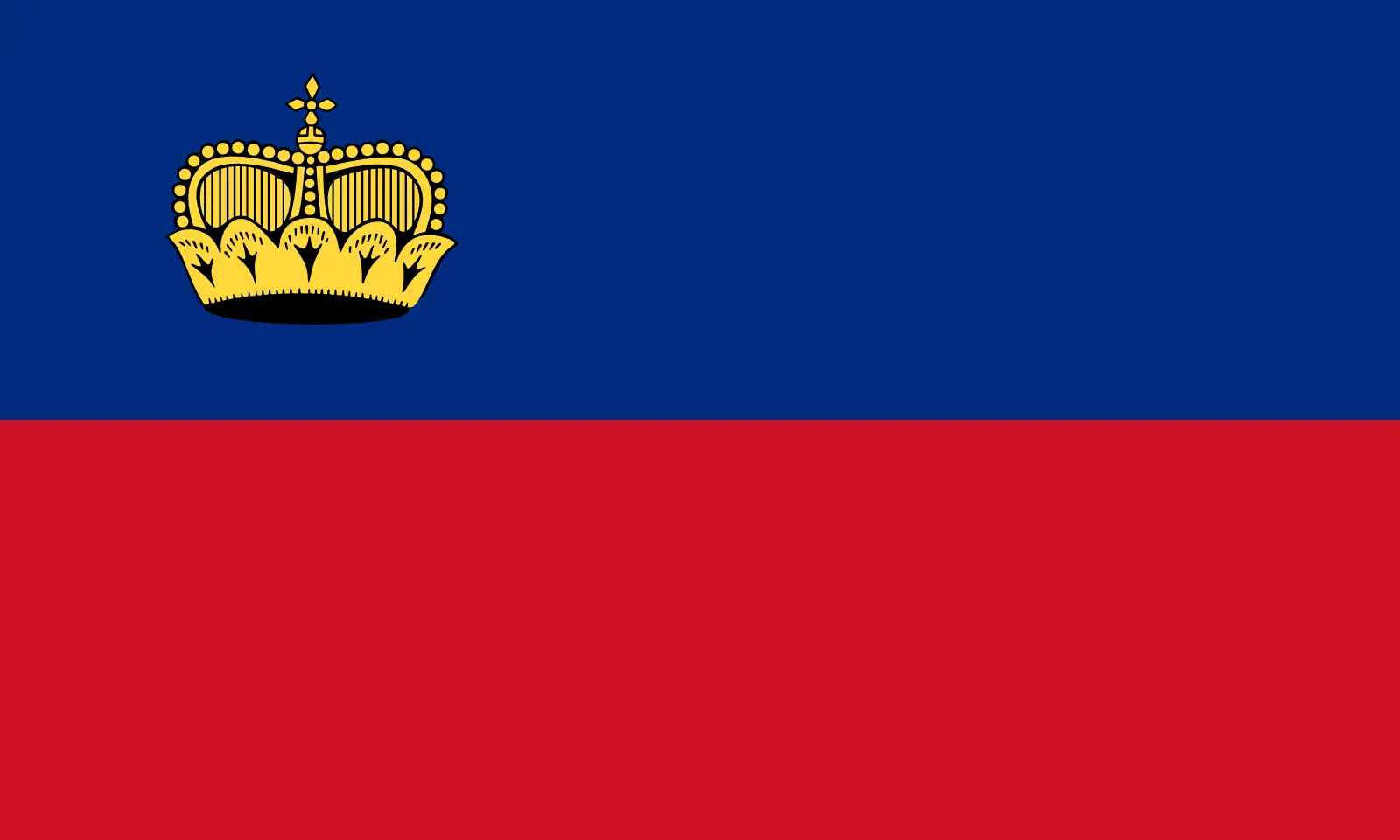 Liechtenstein (+423)
Liechtenstein (+423)
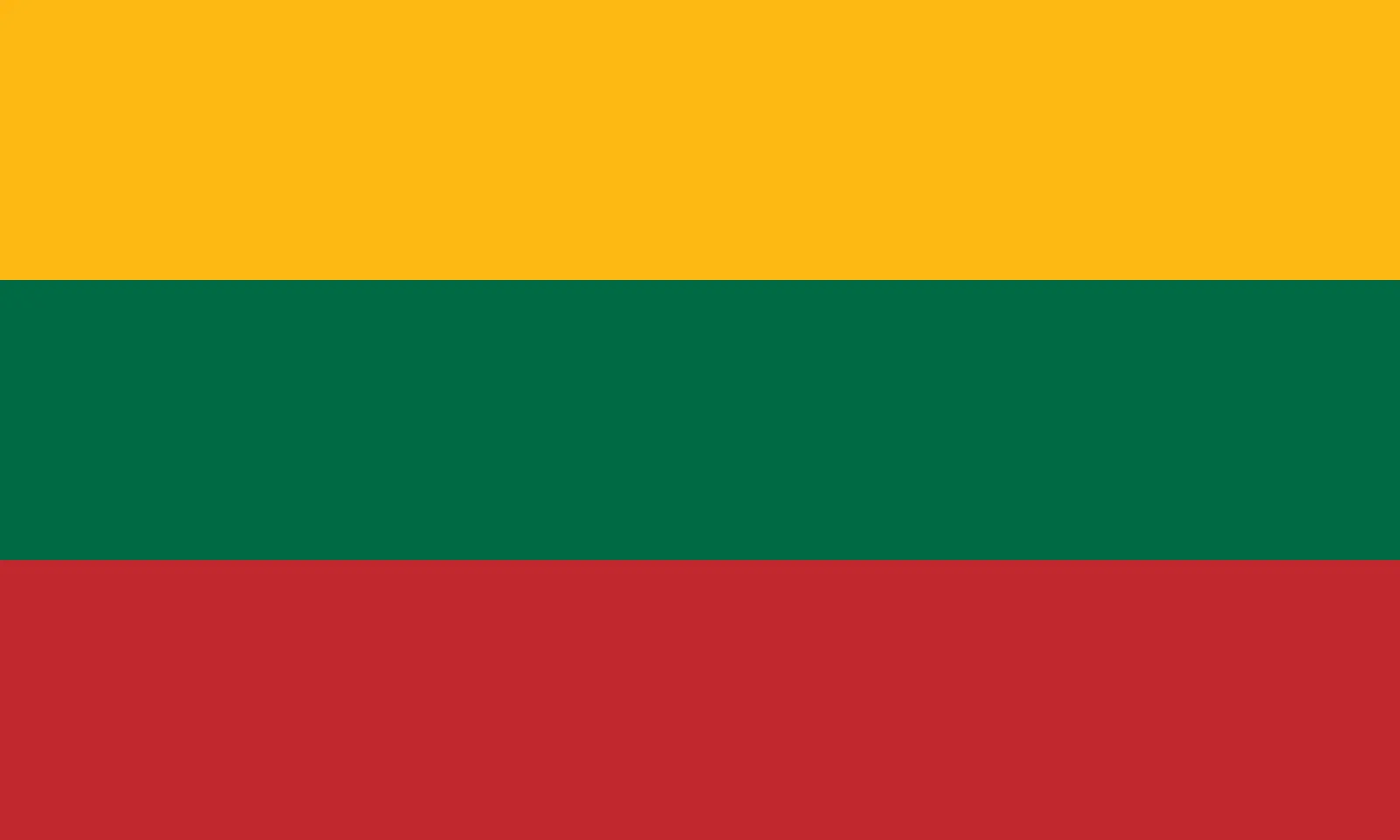 Lithuania (+370)
Lithuania (+370)
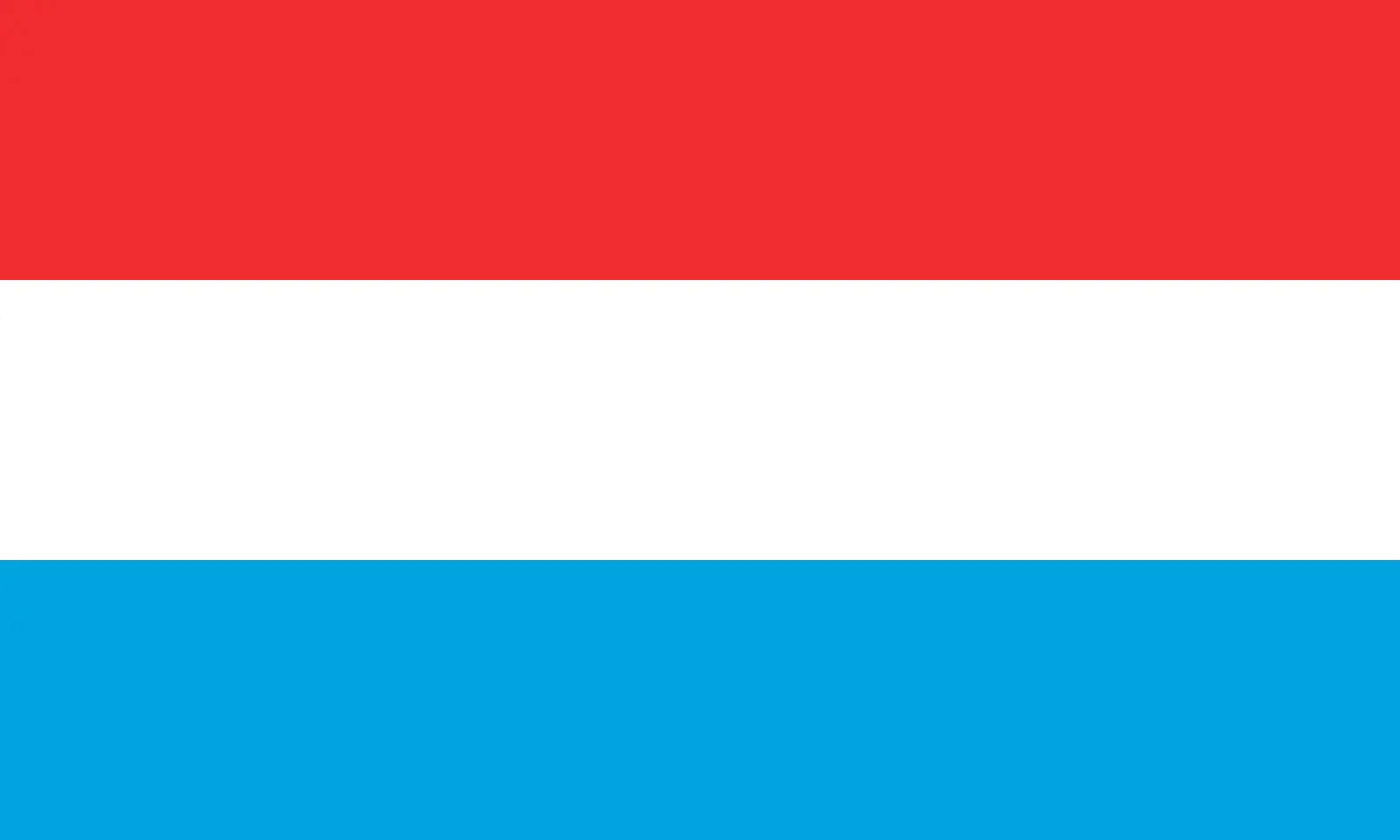 Luxembourg (+352)
Luxembourg (+352)
 Macao (+853)
Macao (+853)
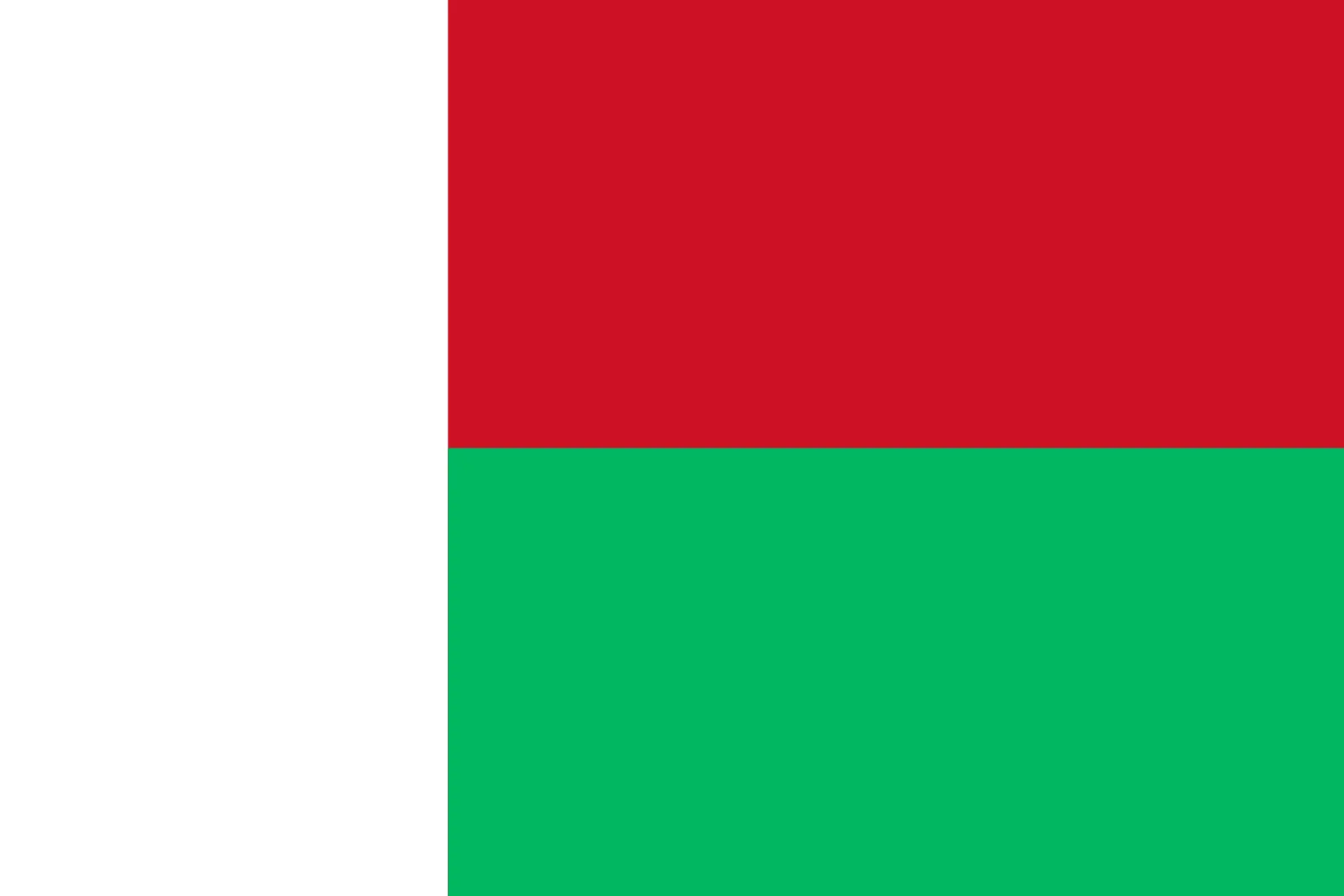 Madagascar (+261)
Madagascar (+261)
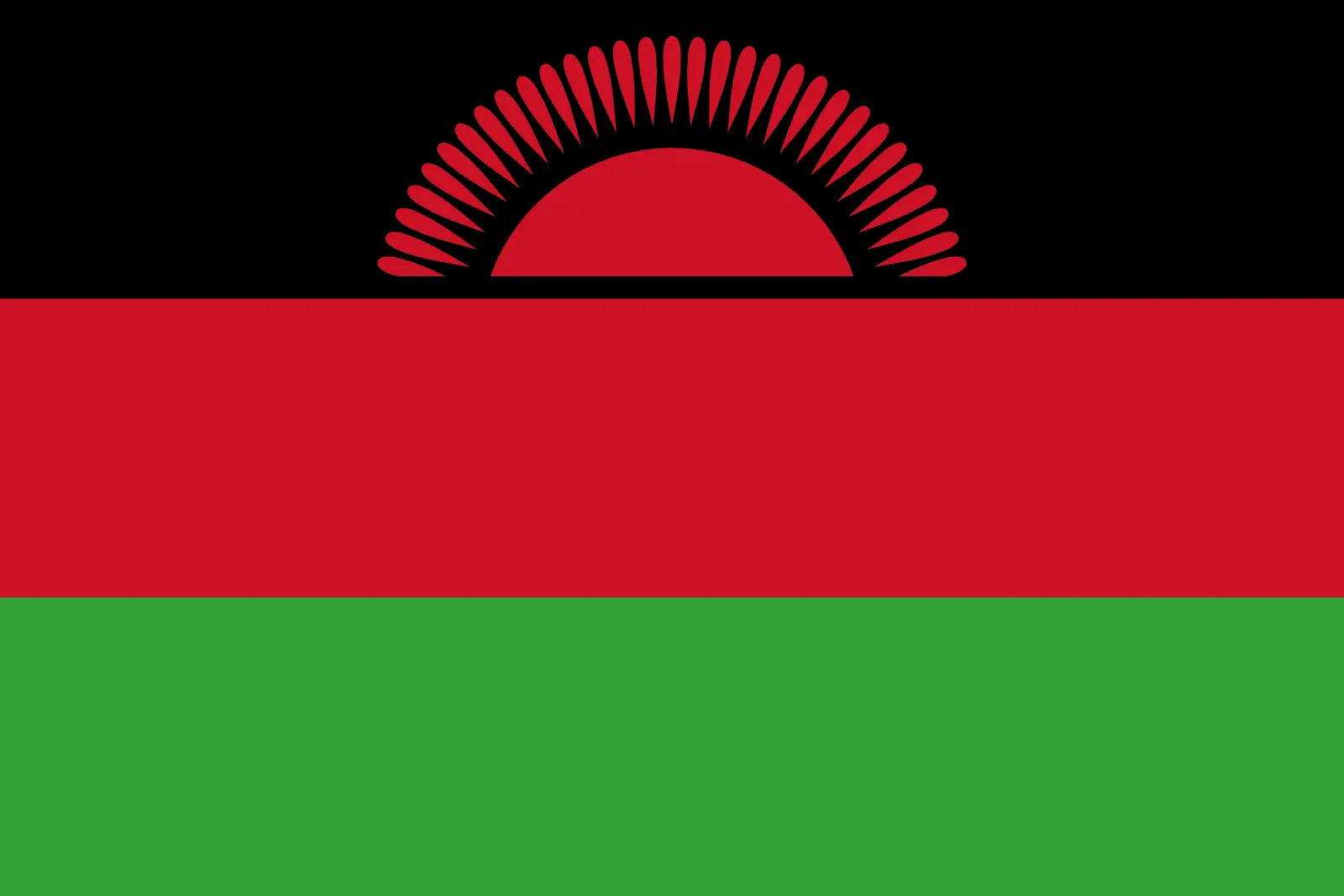 Malawi (+265)
Malawi (+265)
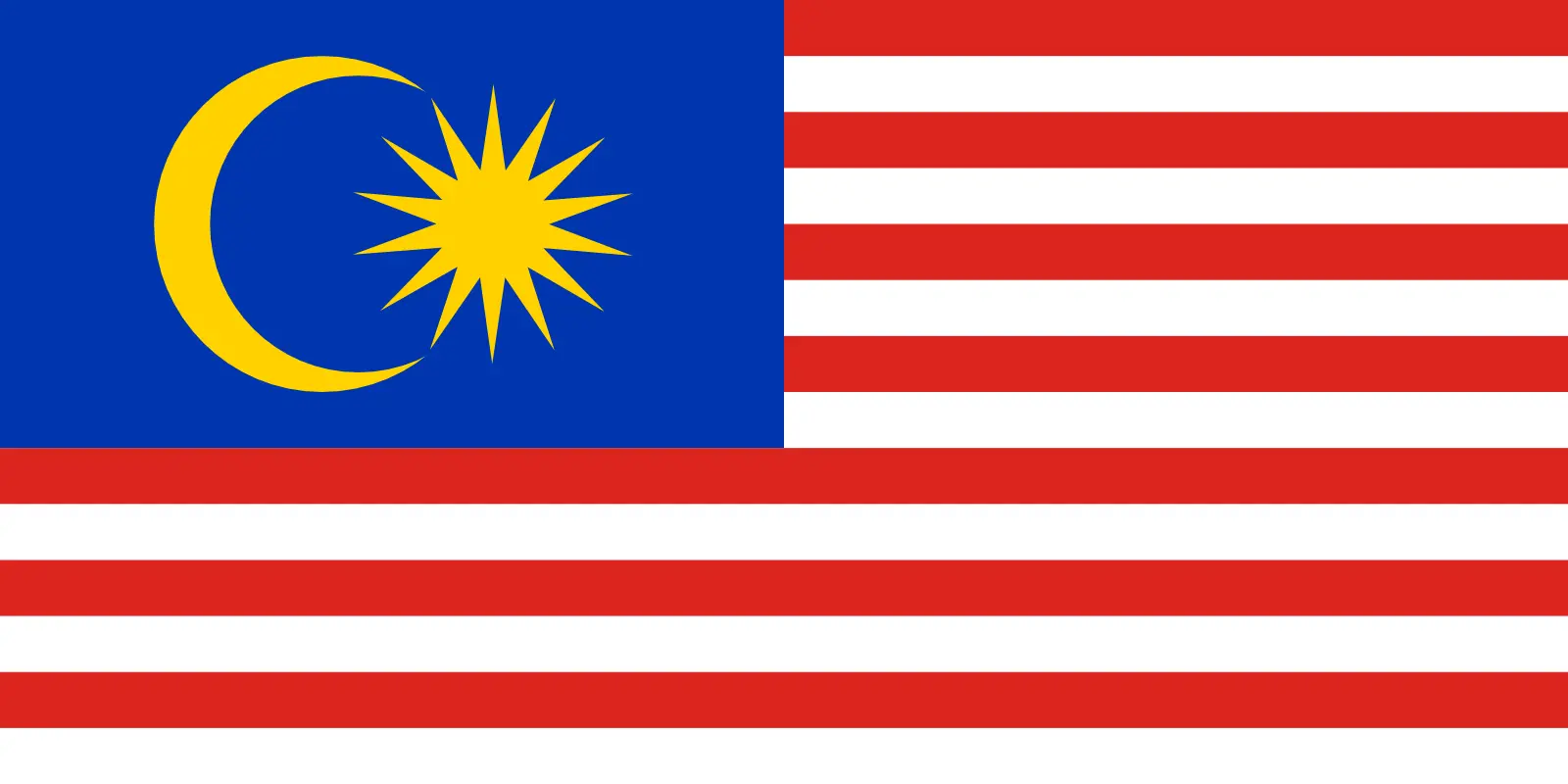 Malaysia (+60)
Malaysia (+60)
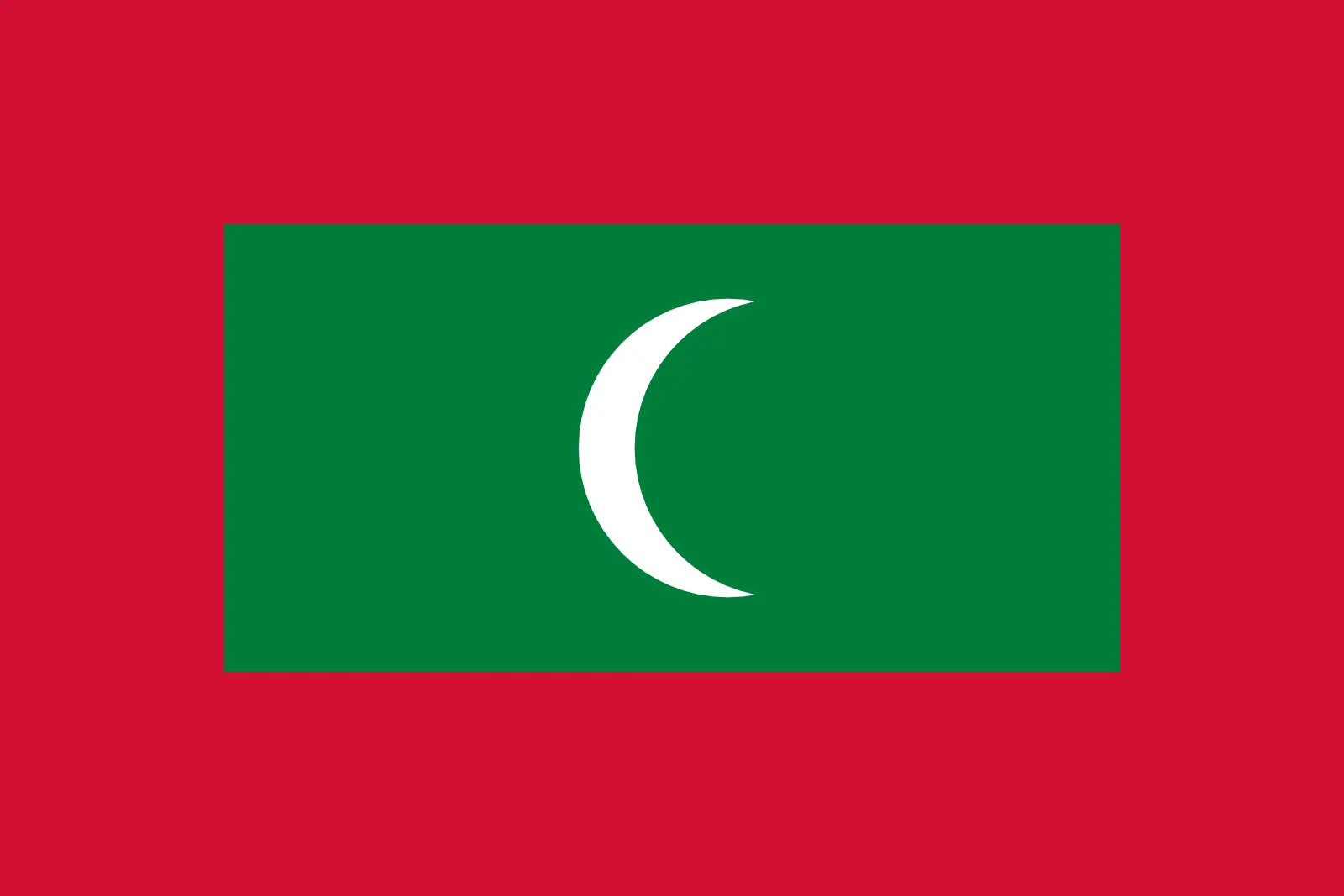 Maldives (+960)
Maldives (+960)
 Mali (+223)
Mali (+223)
 Malta (+356)
Malta (+356)
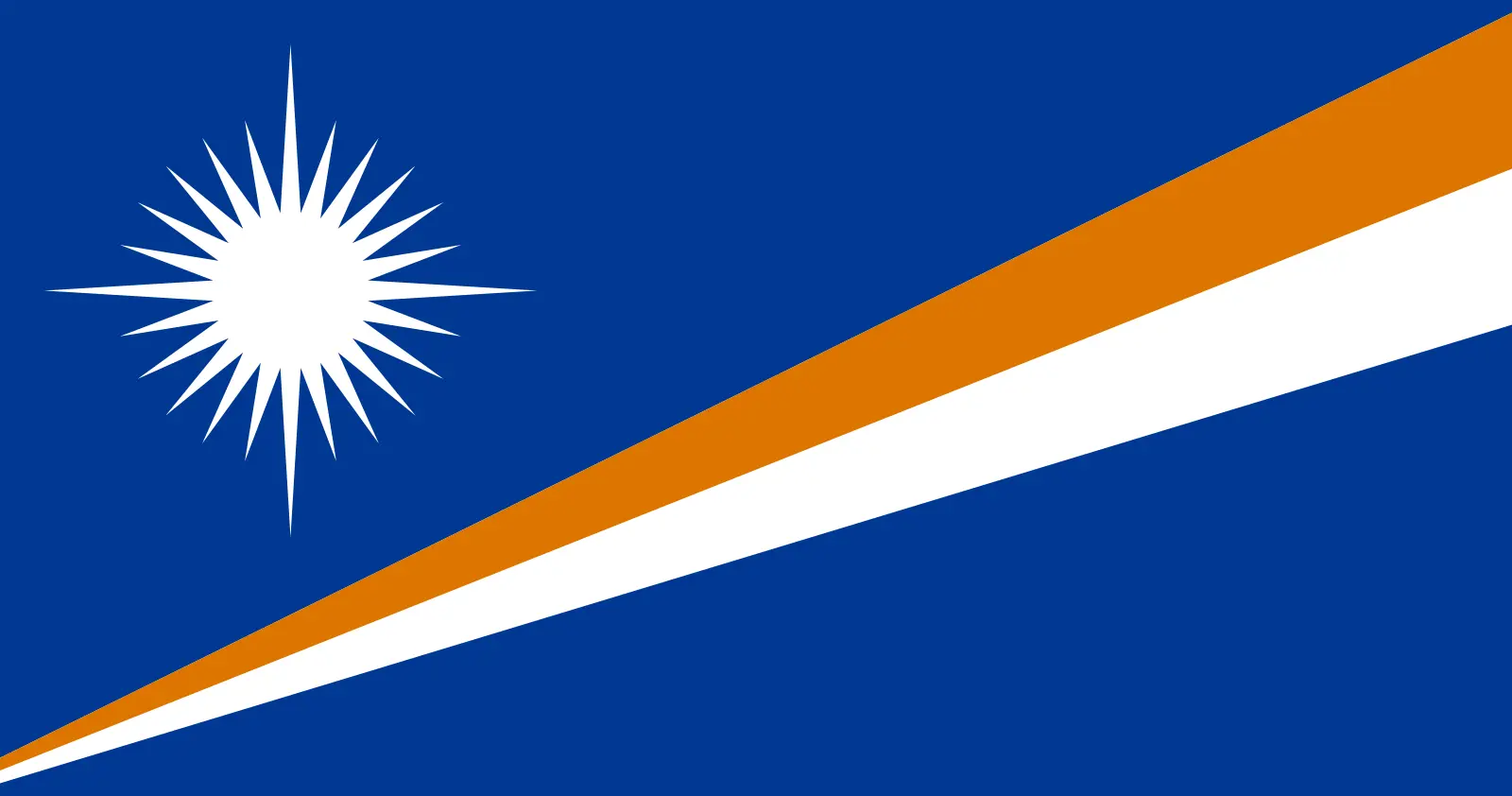 Marshall Islands (+692)
Marshall Islands (+692)
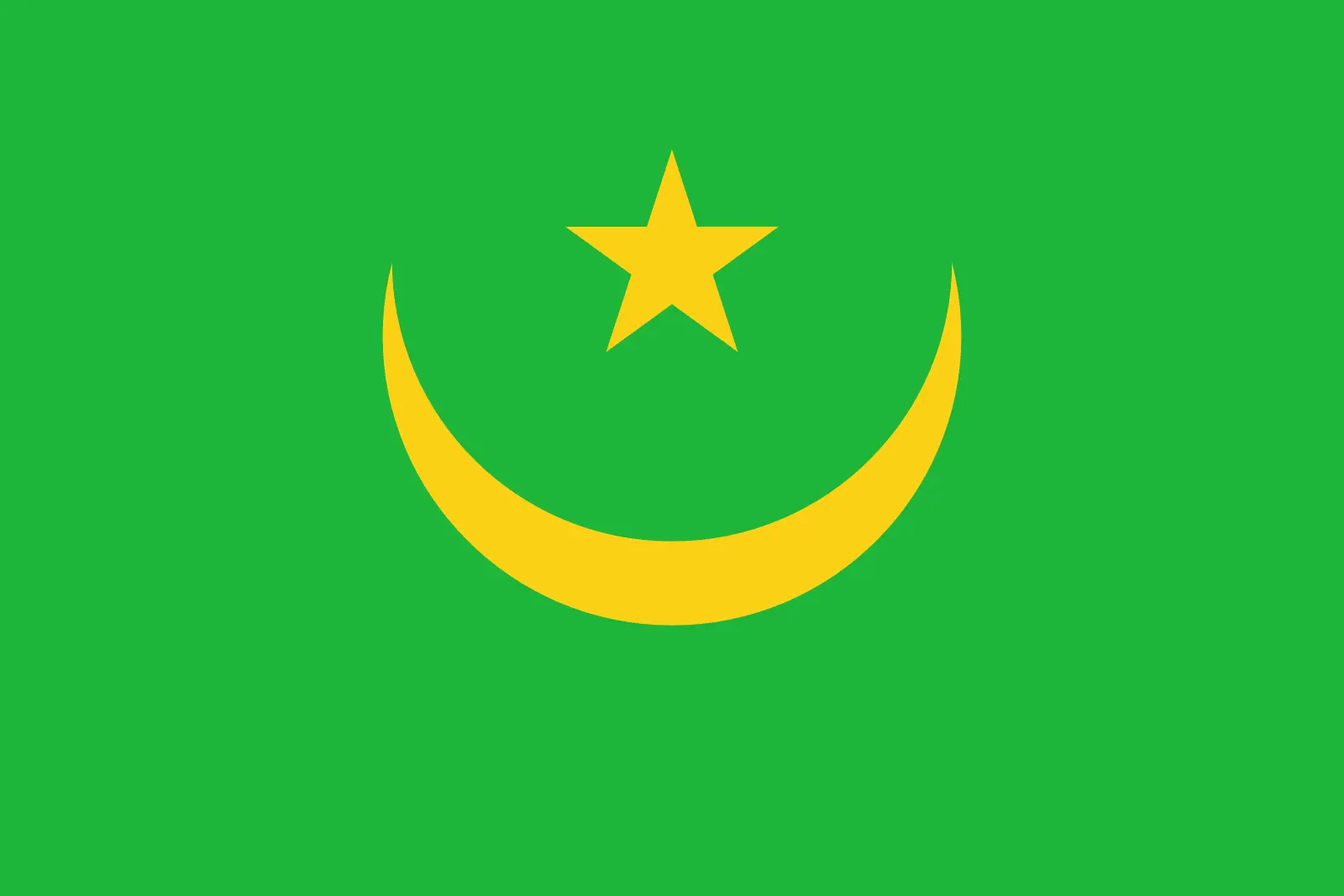 Mauritania (+222)
Mauritania (+222)
 Mauritius (+230)
Mauritius (+230)
 Mayotte (+262)
Mayotte (+262)
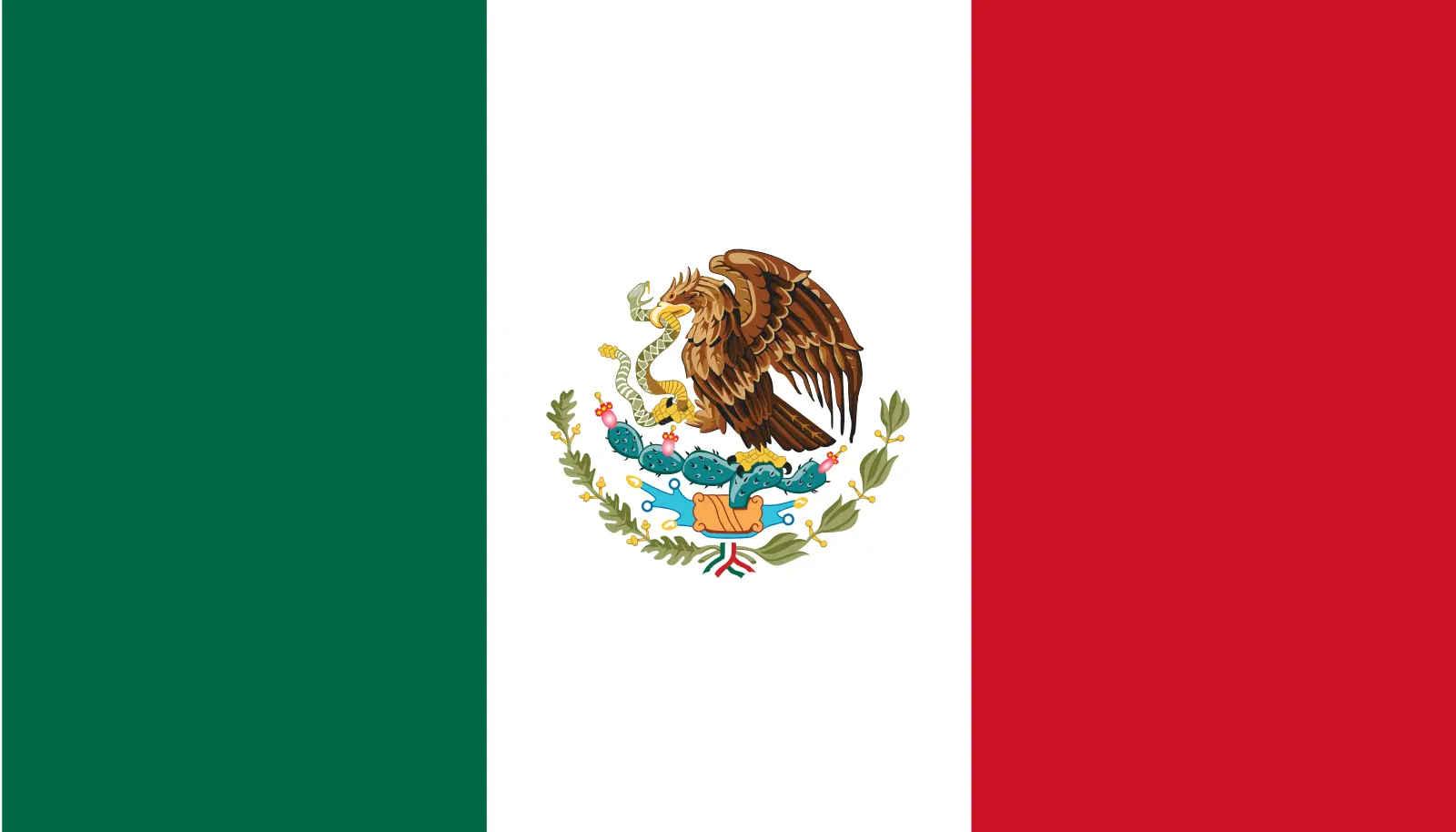 Mexico (+52)
Mexico (+52)
 Micronesia (+691)
Micronesia (+691)
 Moldova (+373)
Moldova (+373)
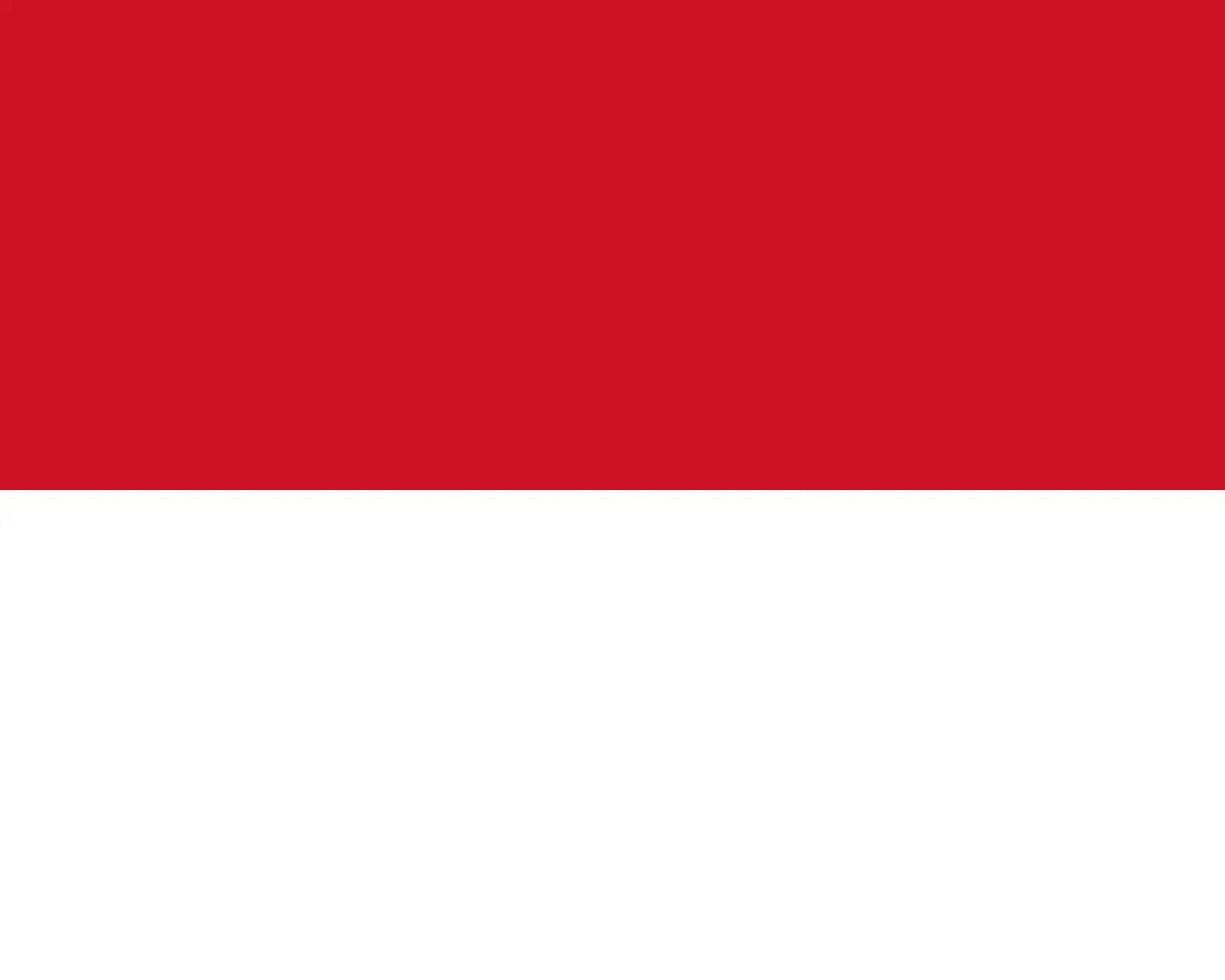 Monaco (+377)
Monaco (+377)
 Mongolia (+976)
Mongolia (+976)
 Montenegro (+382)
Montenegro (+382)
 Montserrat (+1664)
Montserrat (+1664)
 Morocco (+212)
Morocco (+212)
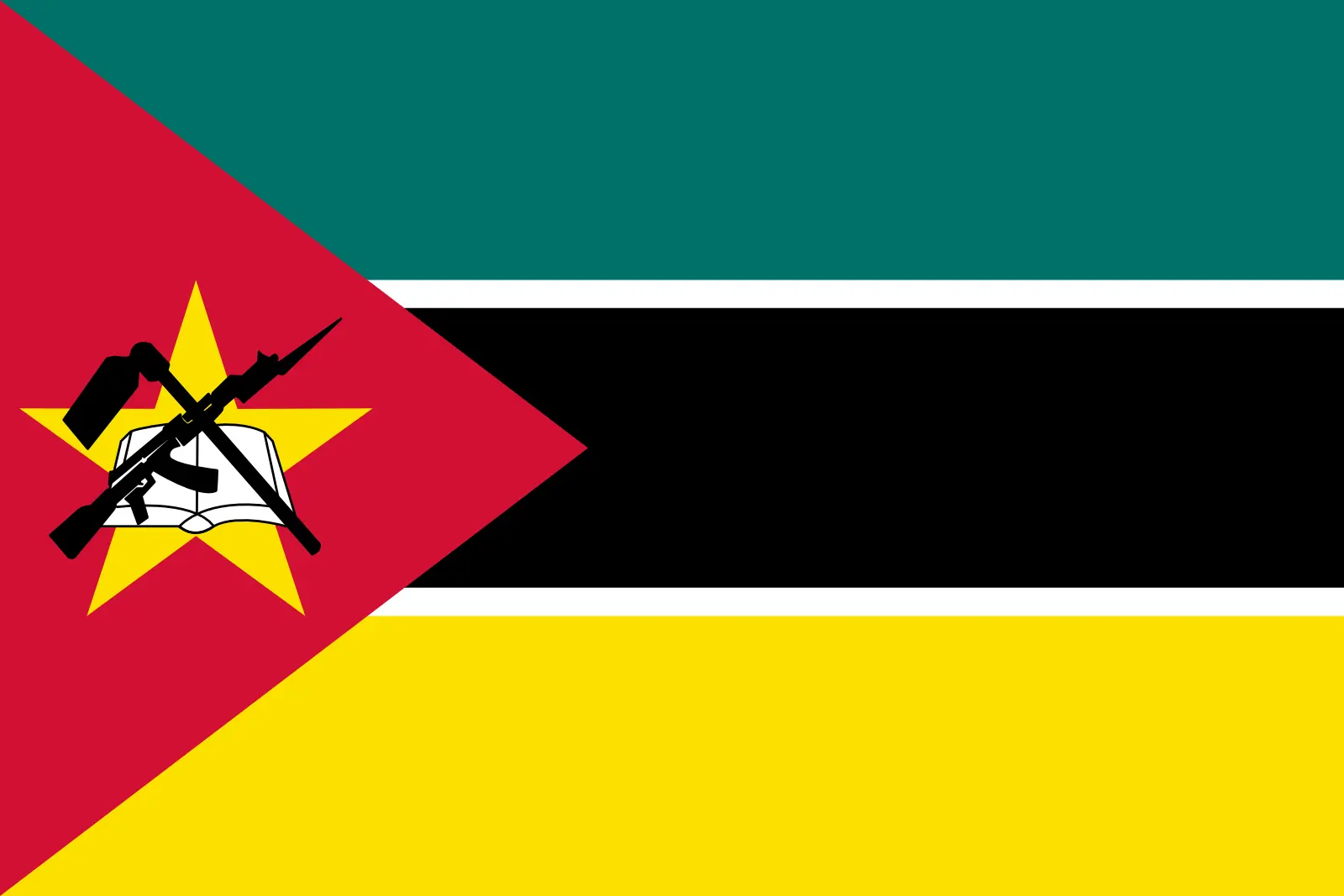 Mozambique (+258)
Mozambique (+258)
 Myanmar (+95)
Myanmar (+95)
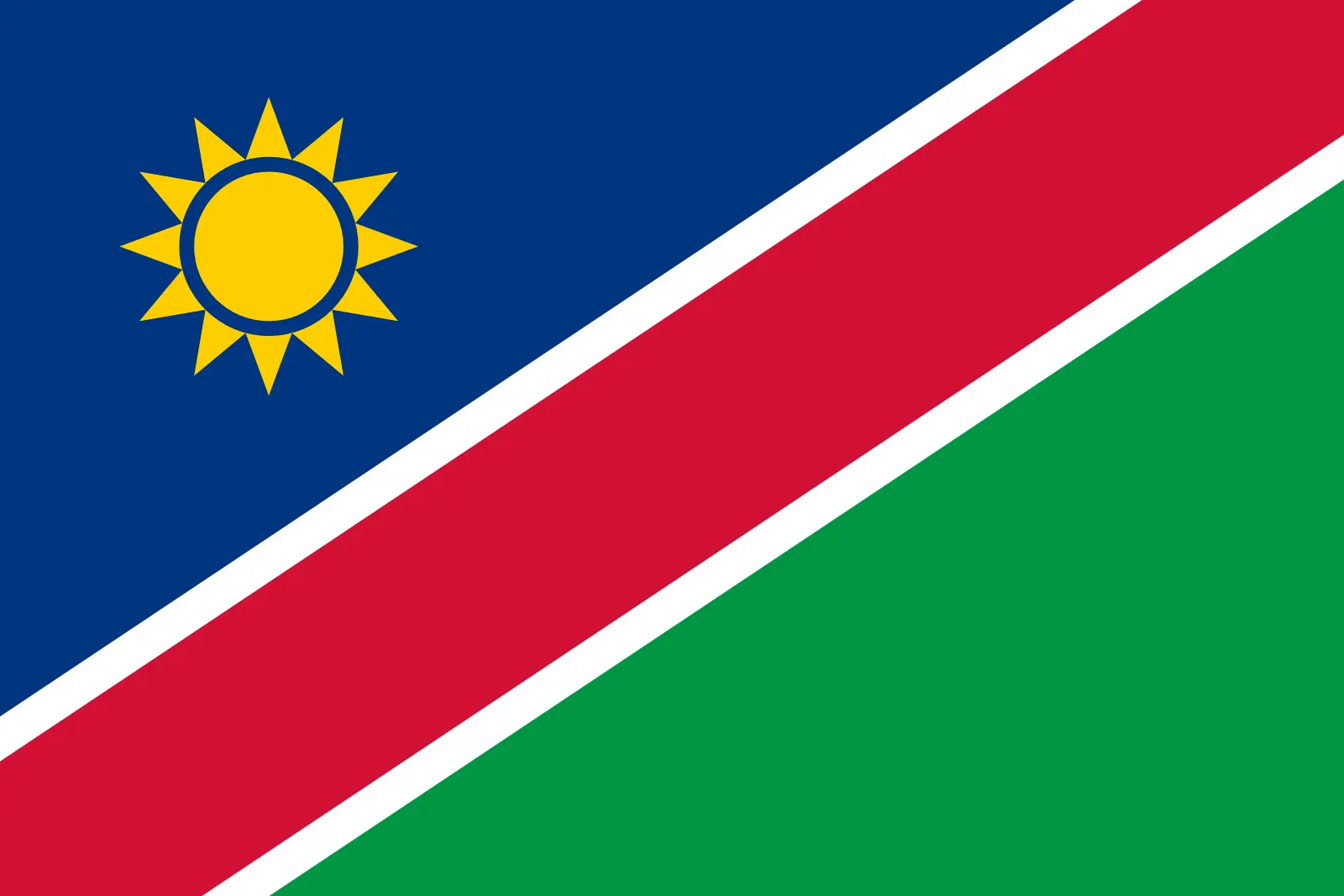 Namibia (+264)
Namibia (+264)
 Nauru (+674)
Nauru (+674)
 Nepal (+977)
Nepal (+977)
 Netherlands (+31)
Netherlands (+31)
 New Caledonia (+687)
New Caledonia (+687)
 New Zealand (+64)
New Zealand (+64)
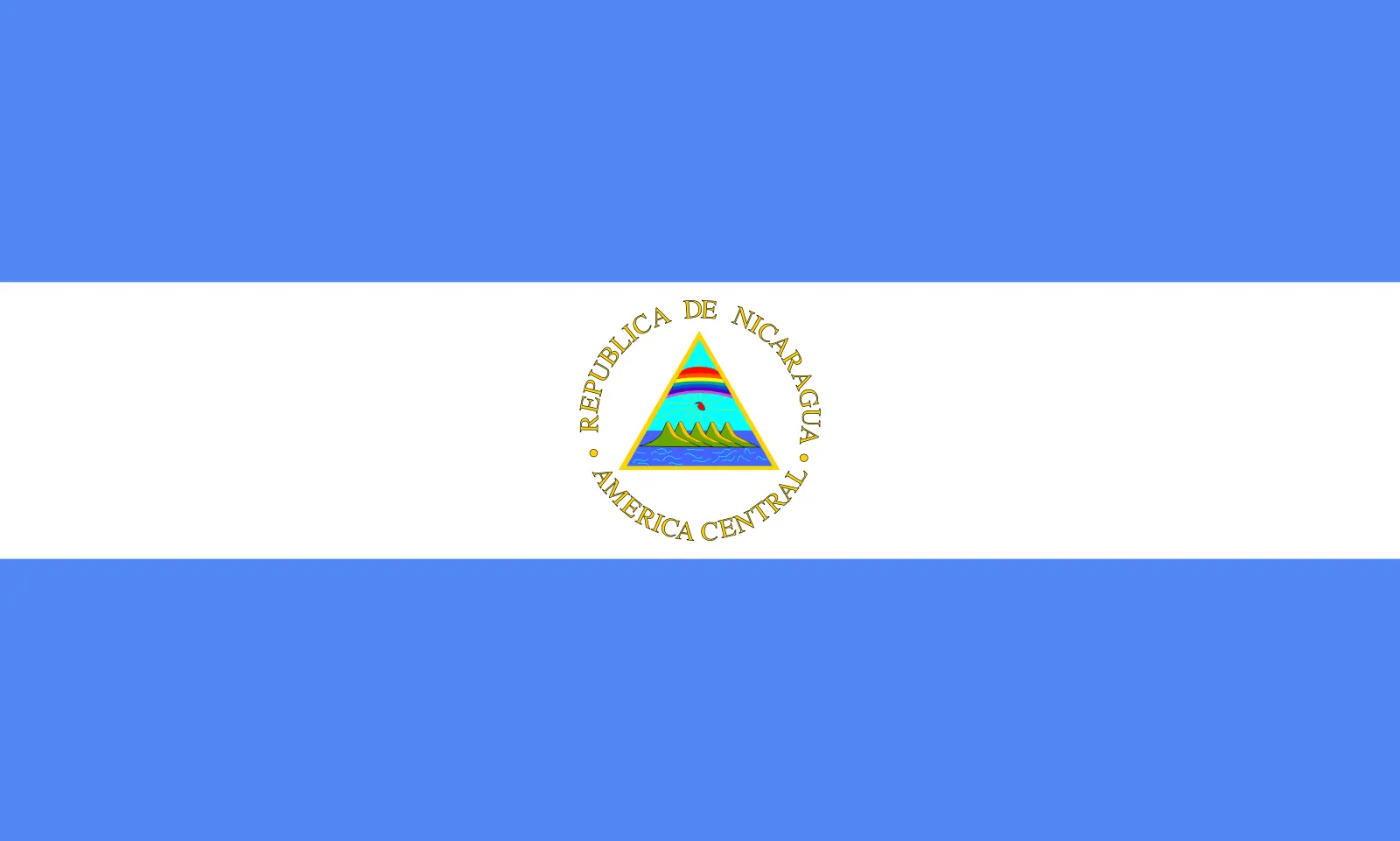 Nicaragua (+505)
Nicaragua (+505)
 Niger (+227)
Niger (+227)
 Nigeria (+234)
Nigeria (+234)
 Niue (+683)
Niue (+683)
 Norfolk Island (+672)
Norfolk Island (+672)
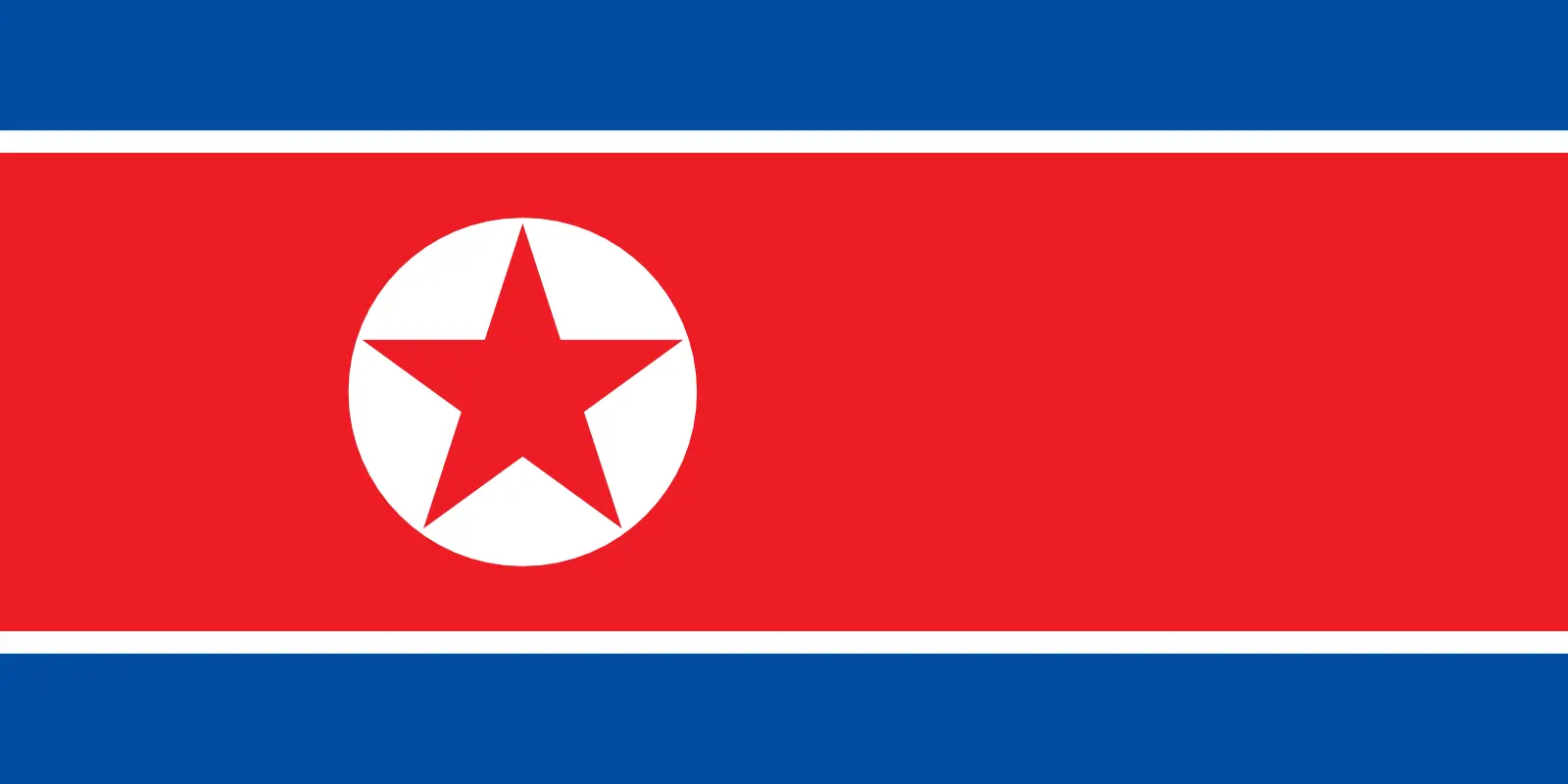 North Korea (+850)
North Korea (+850)
 Northern Mariana Islands (+1670)
Northern Mariana Islands (+1670)
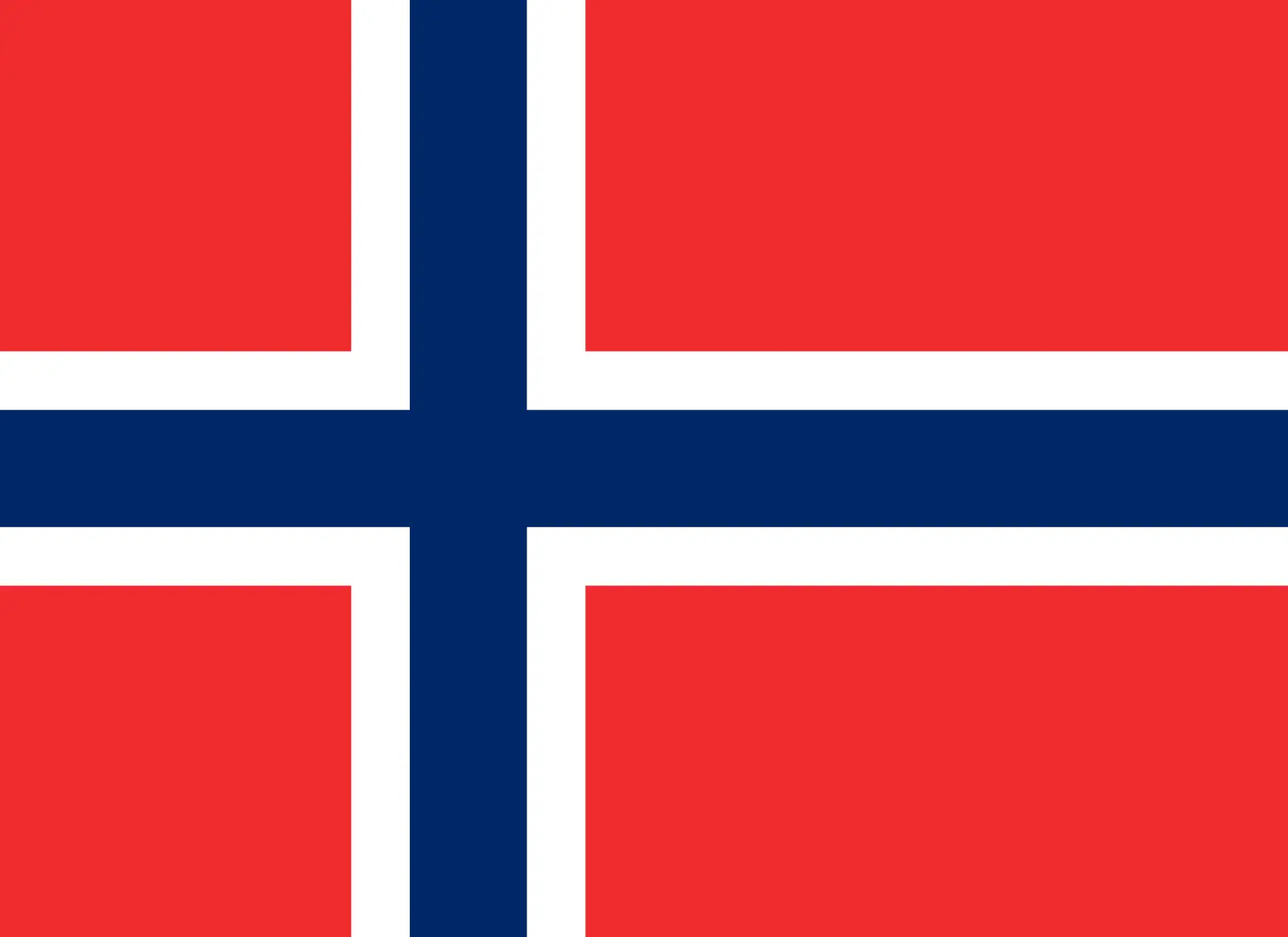 Norway (+47)
Norway (+47)
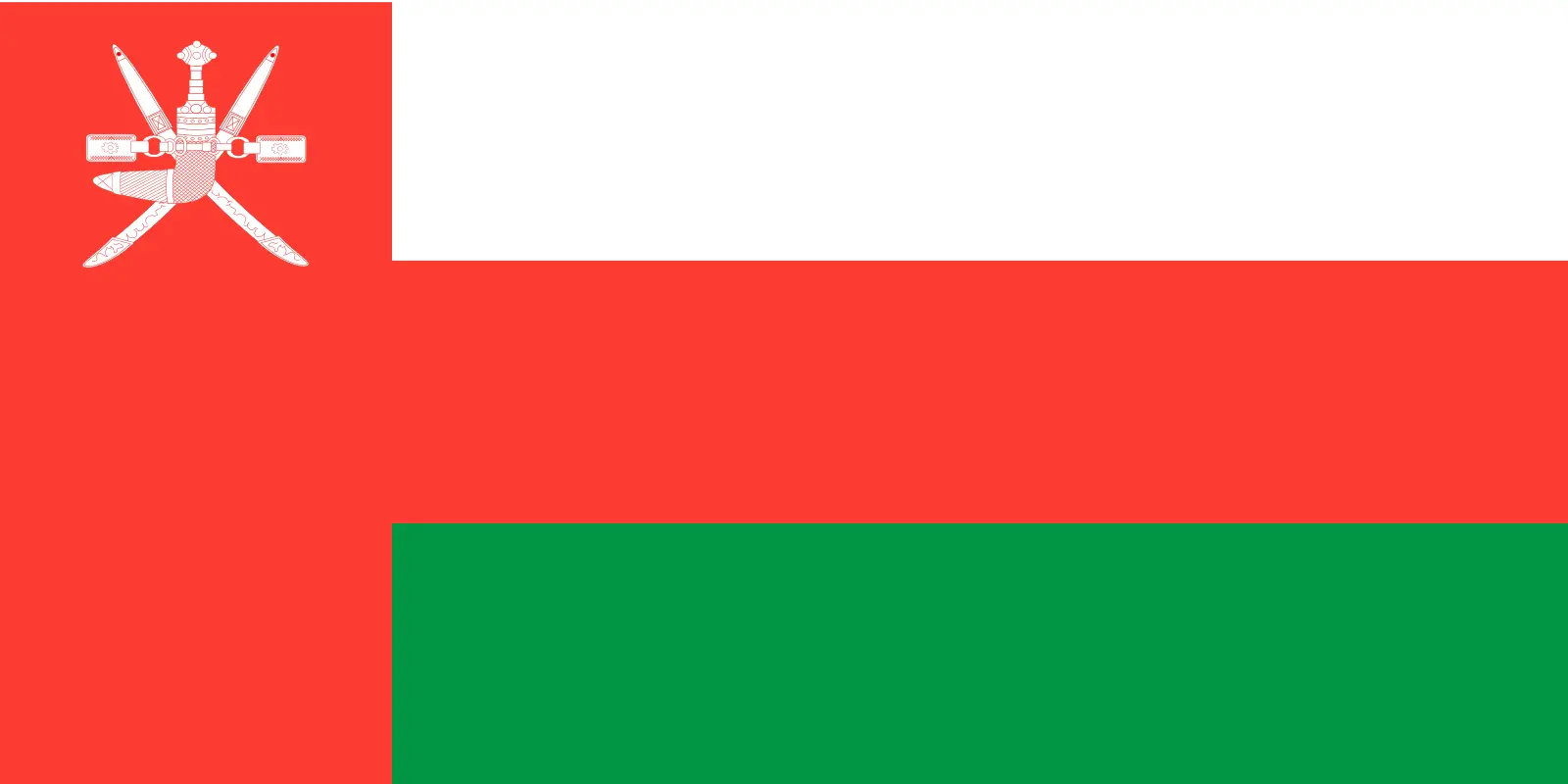 Oman (+968)
Oman (+968)
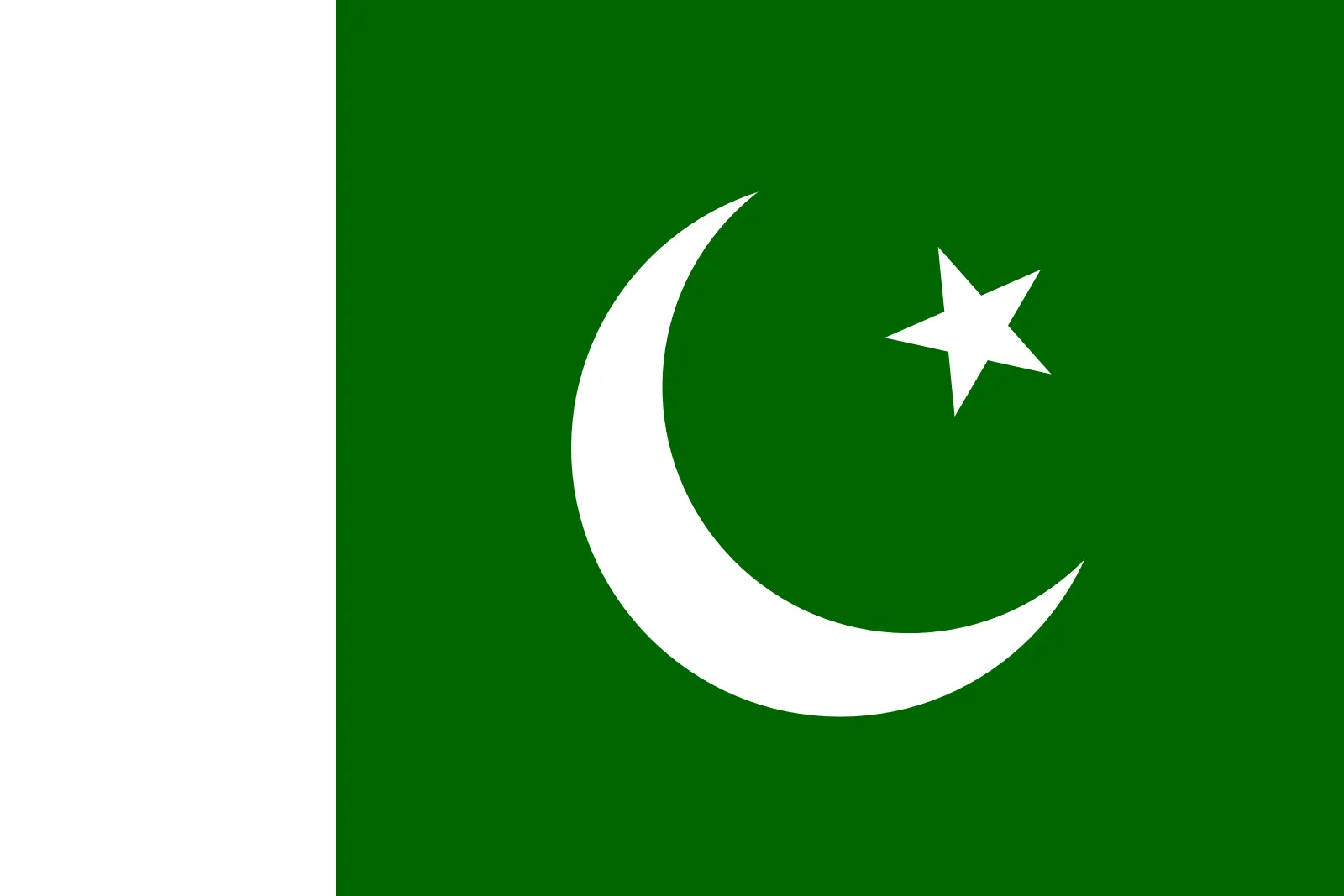 Pakistan (+92)
Pakistan (+92)
 Palau (+680)
Palau (+680)
 Palestine (+970)
Palestine (+970)
 Panama (+507)
Panama (+507)
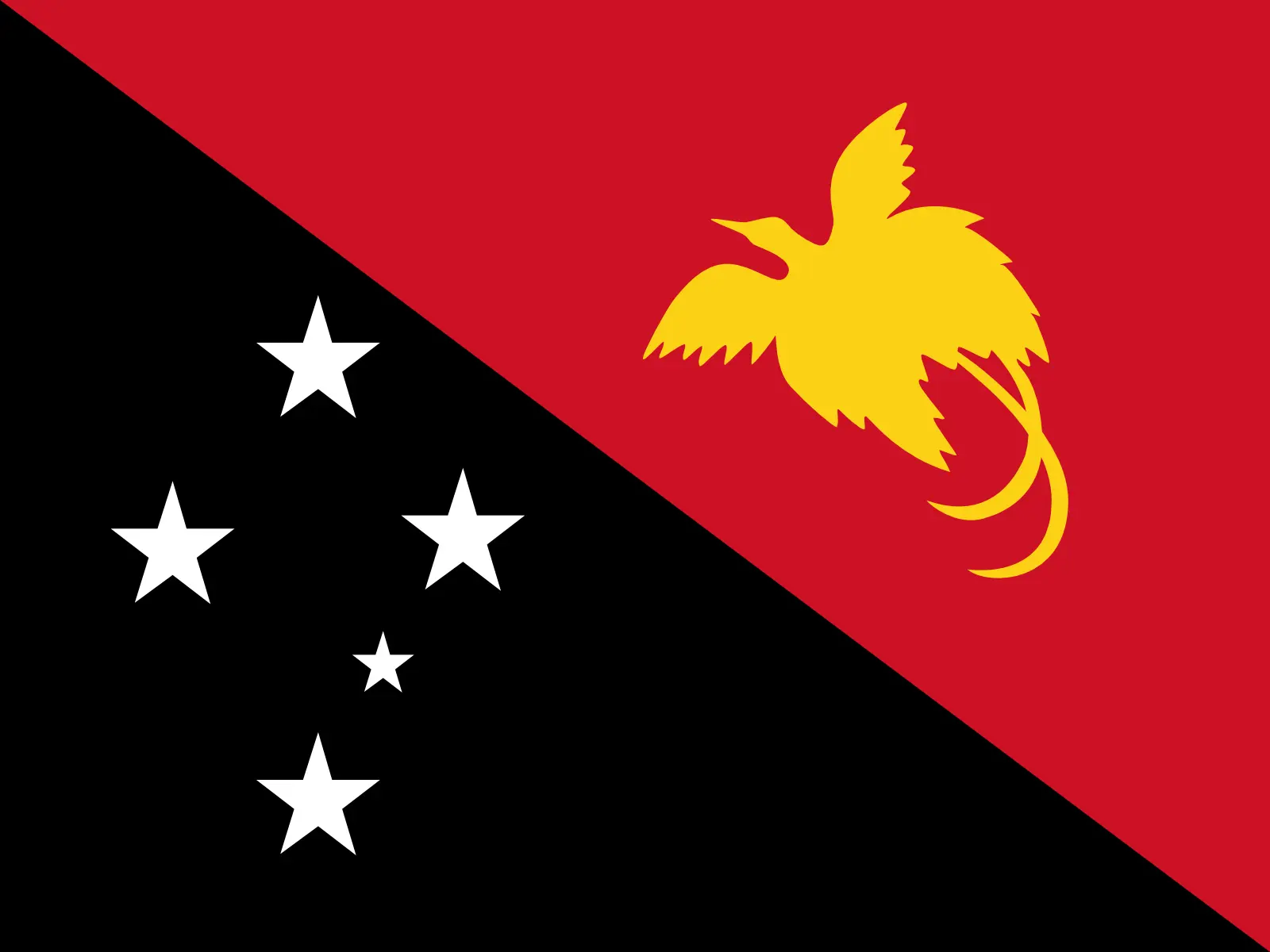 Papua New Guinea (+675)
Papua New Guinea (+675)
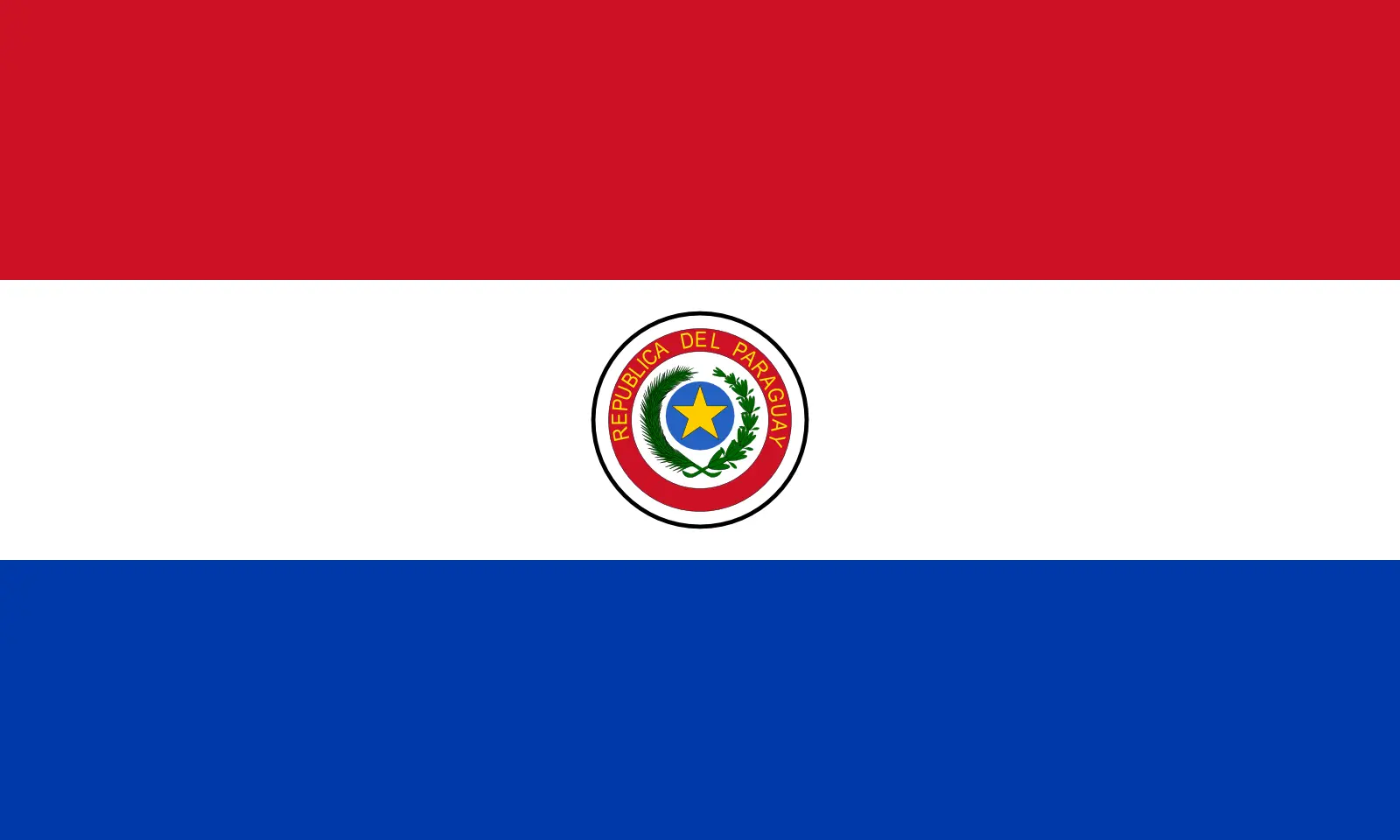 Paraguay (+595)
Paraguay (+595)
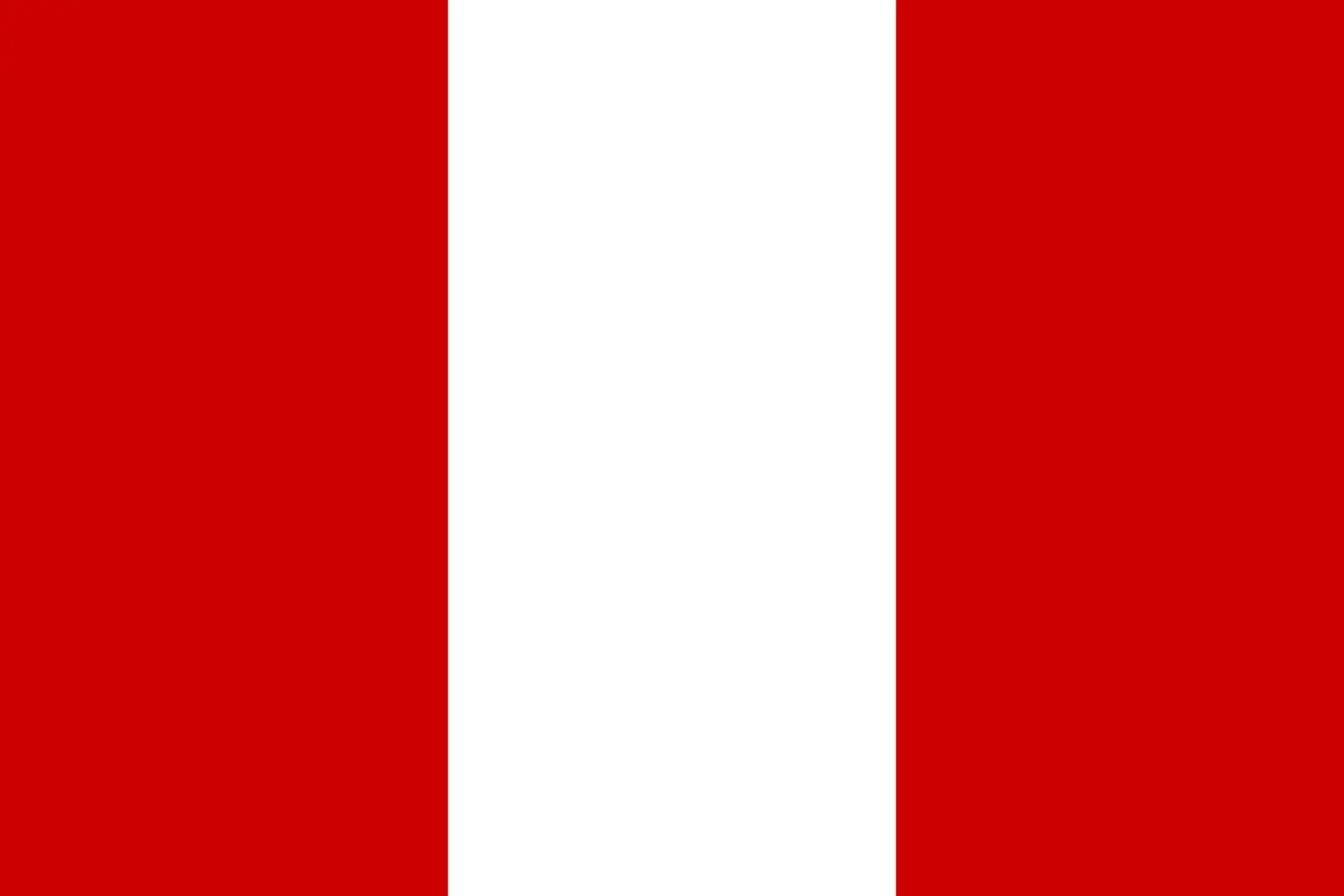 Peru (+51)
Peru (+51)
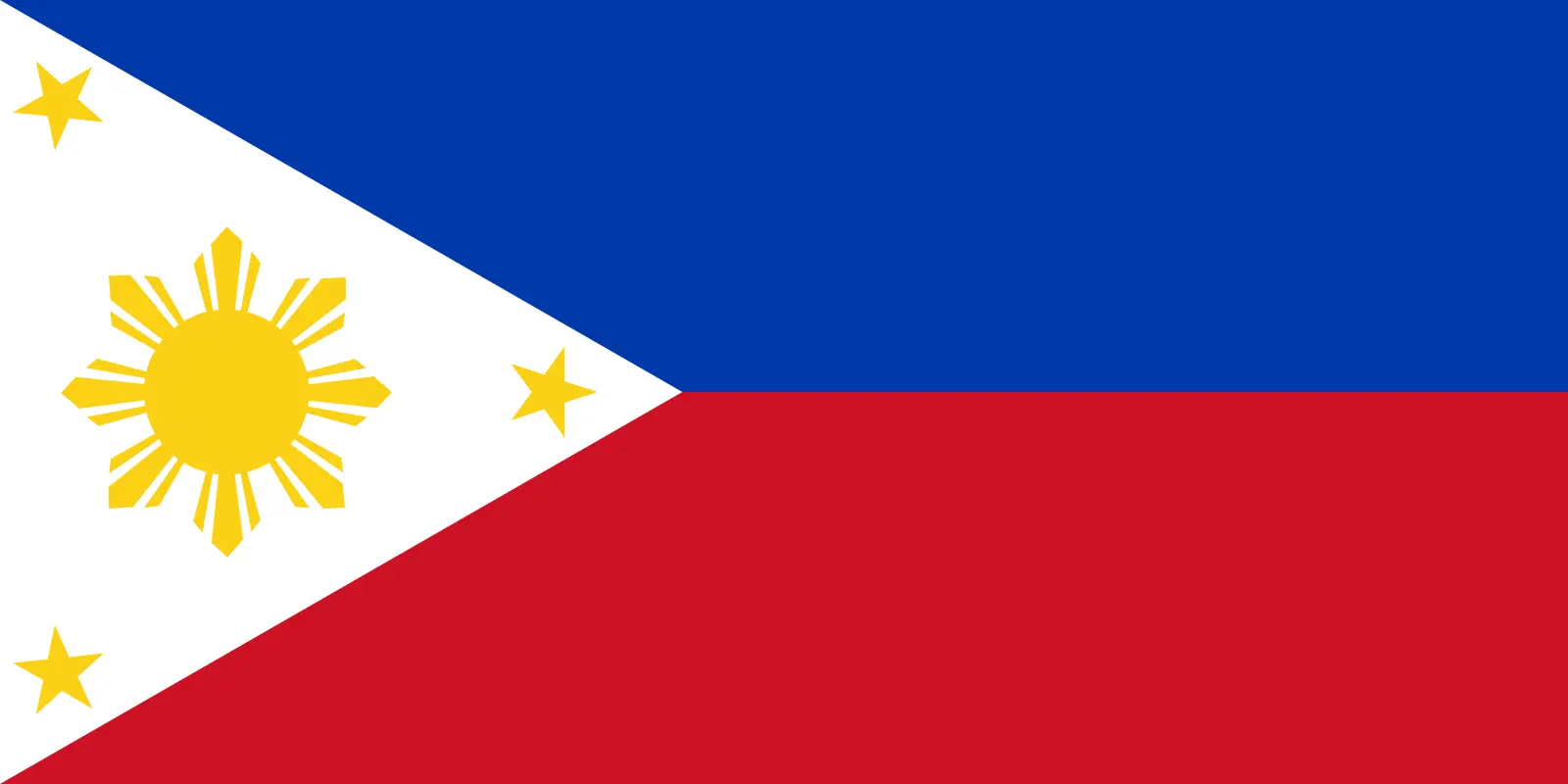 Philippines (+63)
Philippines (+63)
 Poland (+48)
Poland (+48)
 Portugal (+351)
Portugal (+351)
 Puerto Rico (+1787)
Puerto Rico (+1787)
 Qatar (+974)
Qatar (+974)
 Romania (+40)
Romania (+40)
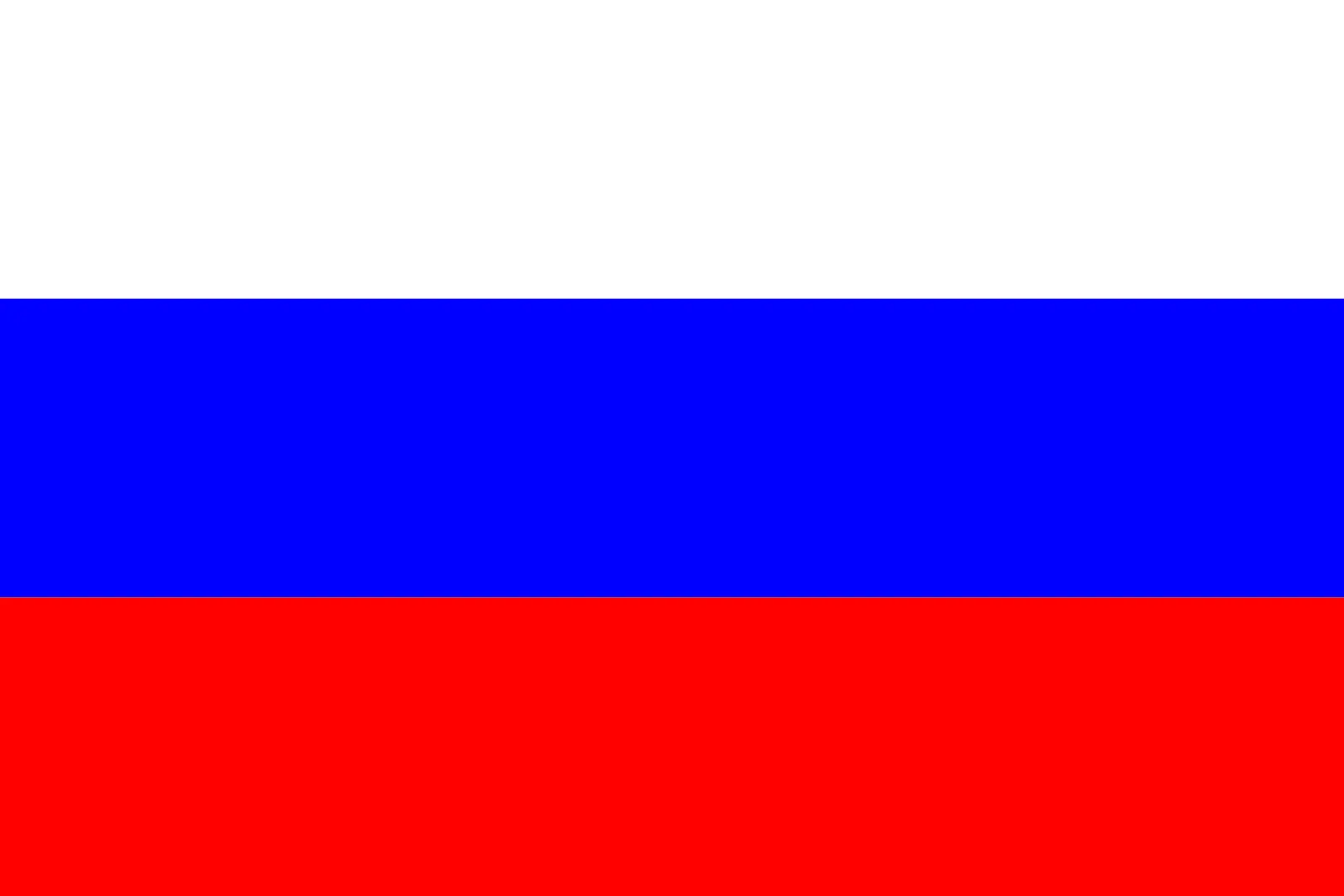 Russia (+7)
Russia (+7)
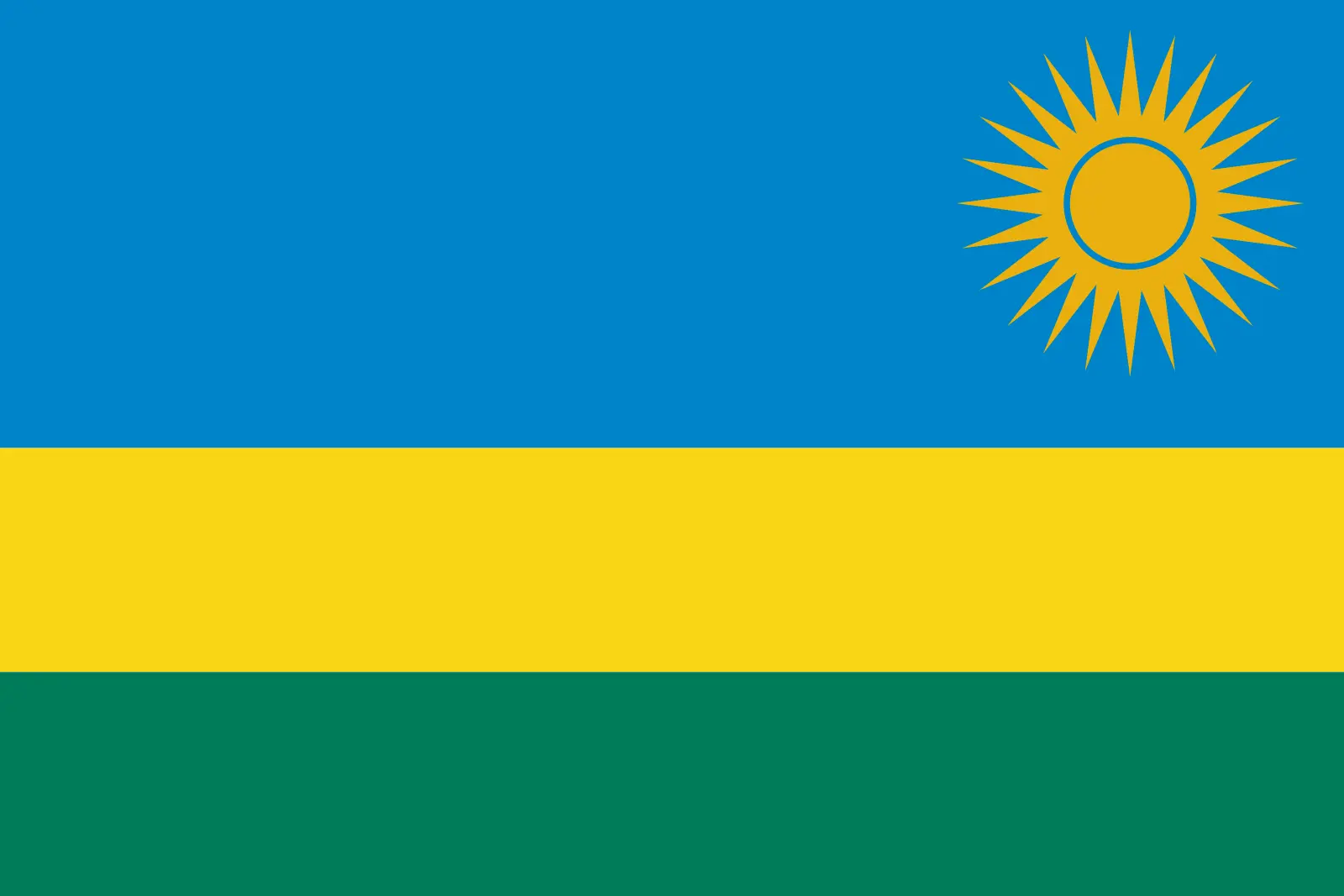 Rwanda (+250)
Rwanda (+250)
 Saint Barthélemy (+590)
Saint Barthélemy (+590)
 Saint Helena, Ascension and Tristan da Cunha (+290)
Saint Helena, Ascension and Tristan da Cunha (+290)
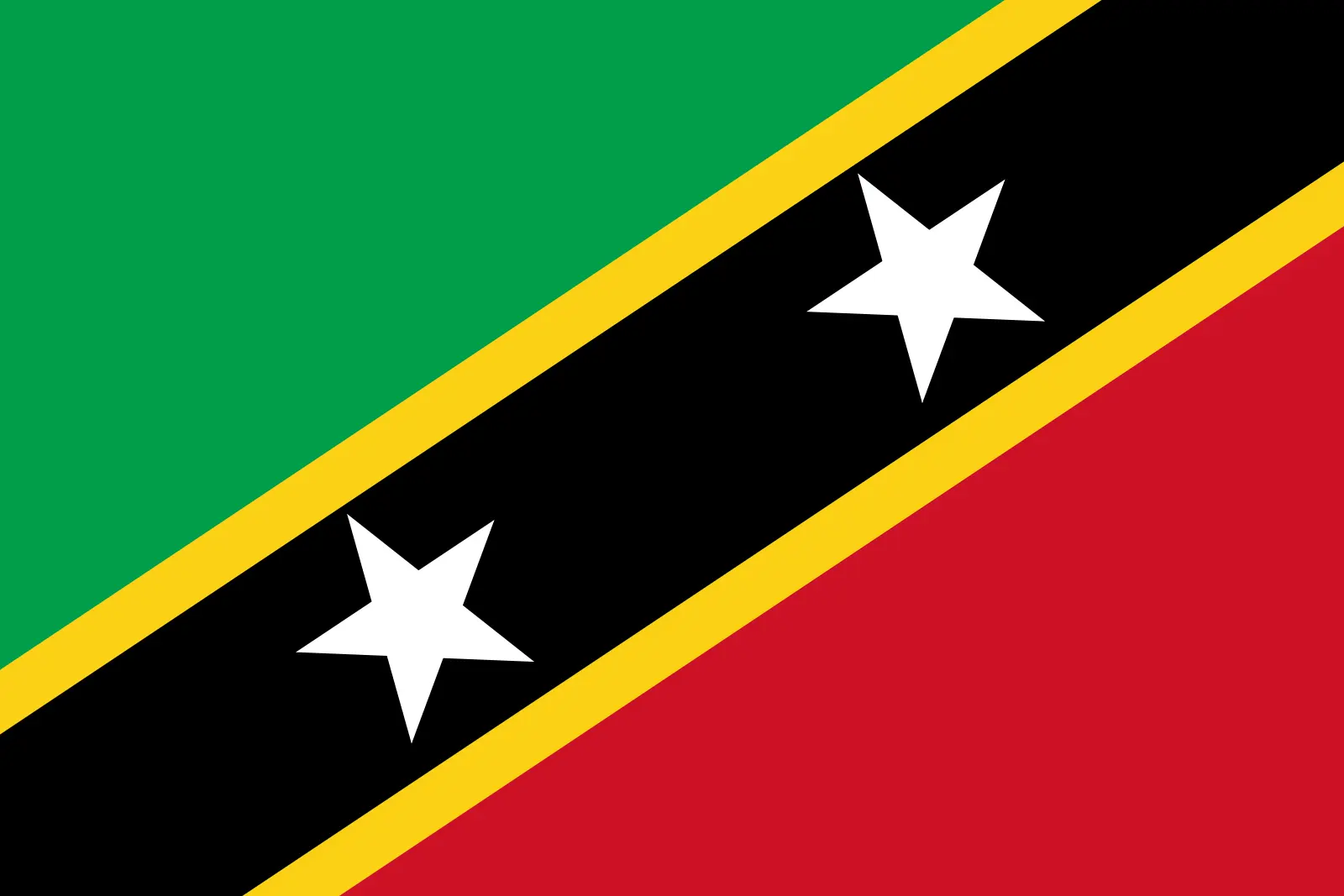 Saint Kitts and Nevis (+1869)
Saint Kitts and Nevis (+1869)
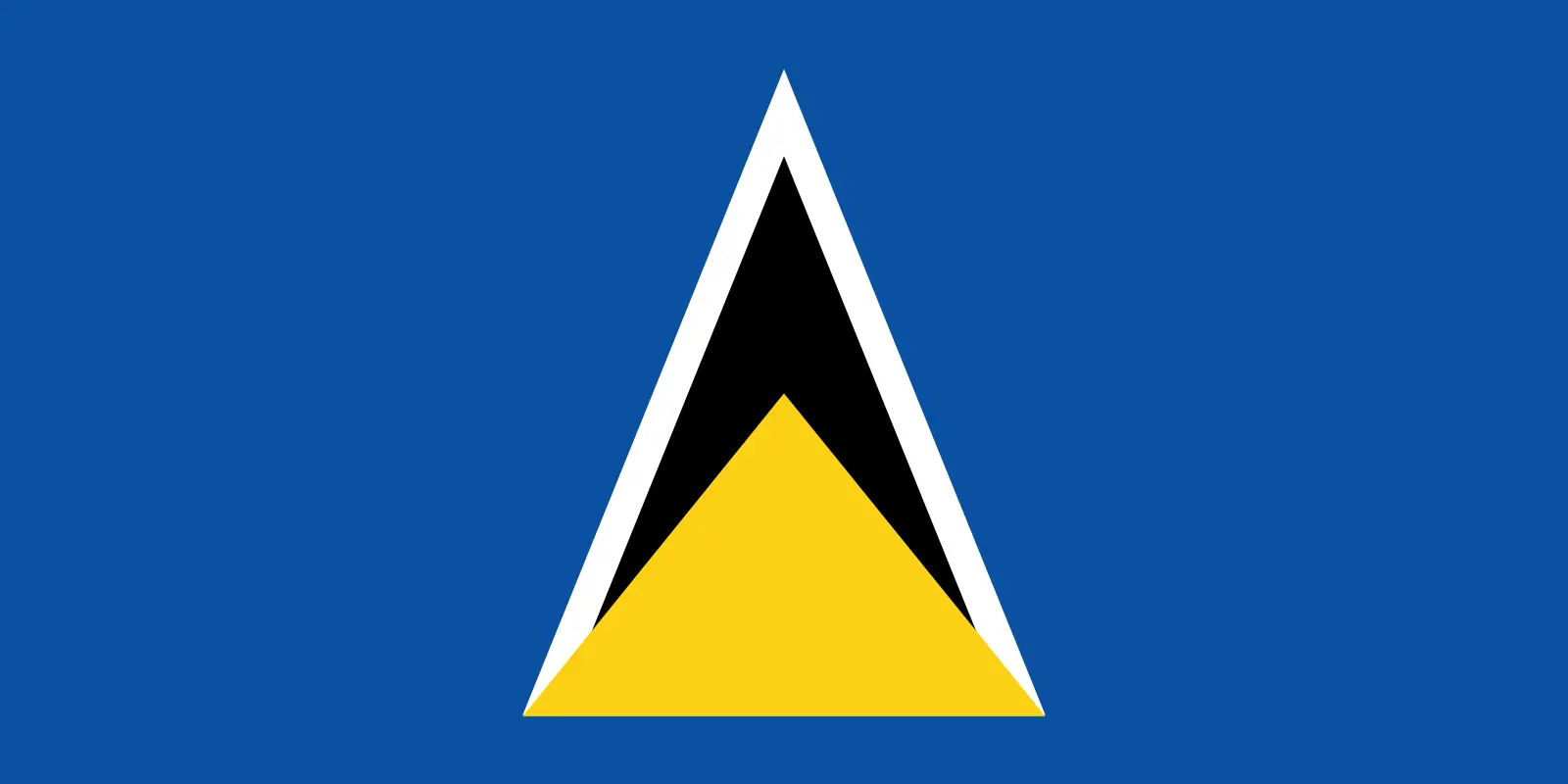 Saint Lucia (+1758)
Saint Lucia (+1758)
 Saint Martin (French part) (+590)
Saint Martin (French part) (+590)
 Saint Pierre and Miquelon (+508)
Saint Pierre and Miquelon (+508)
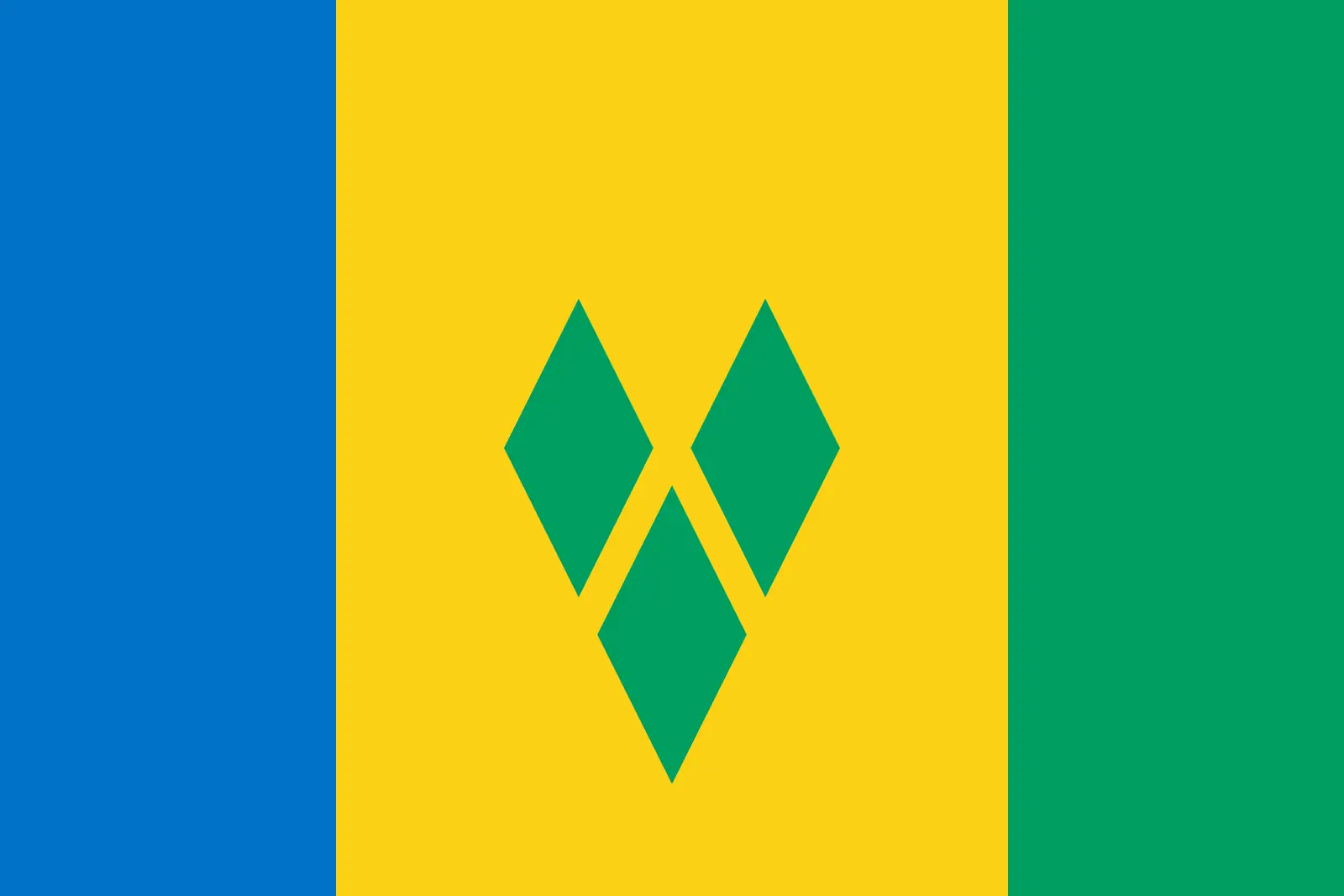 Saint Vincent and the Grenadines (+1784)
Saint Vincent and the Grenadines (+1784)
 Samoa (+685)
Samoa (+685)
 San Marino (+378)
San Marino (+378)
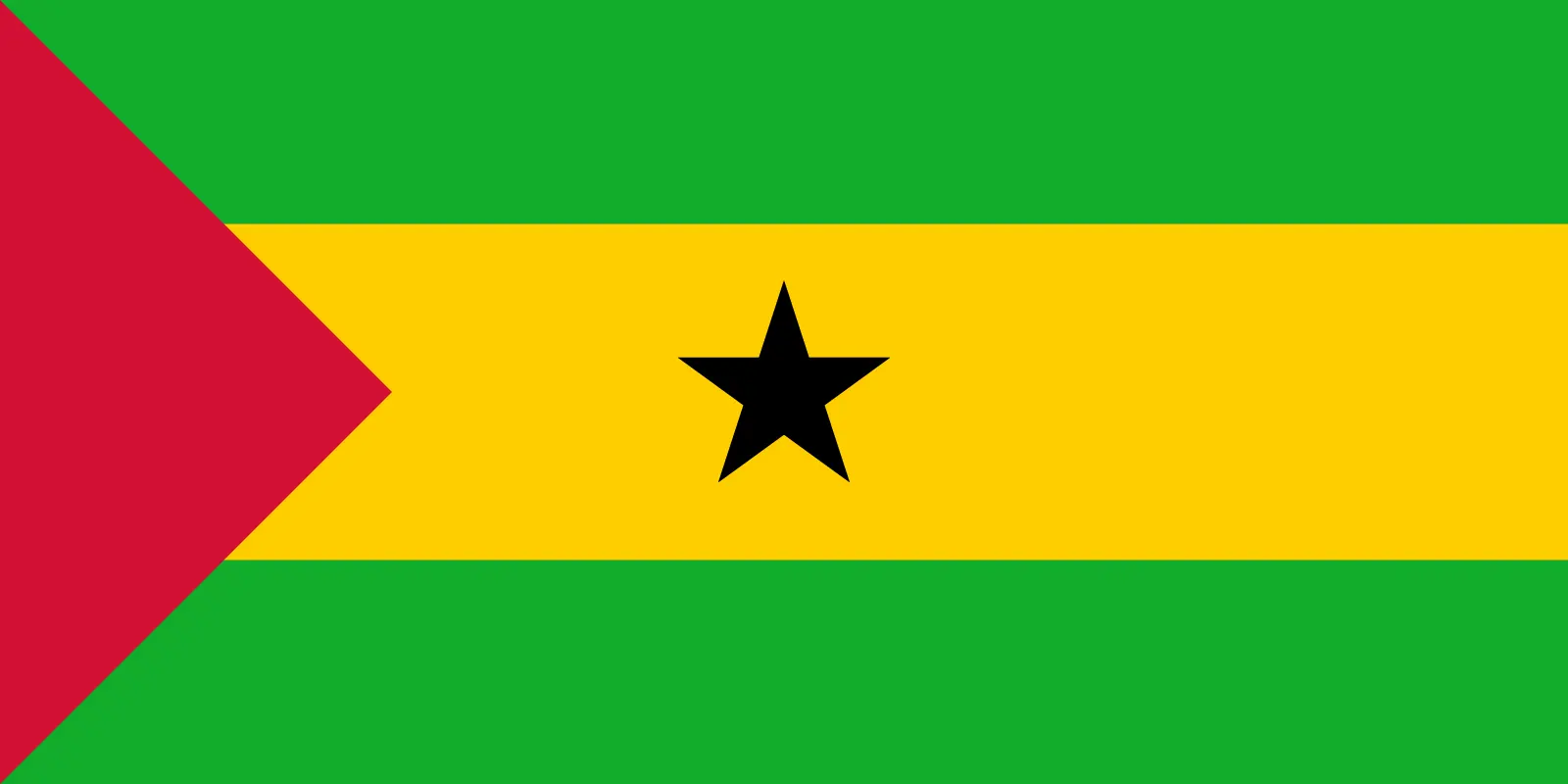 Sao Tome and Principe (+239)
Sao Tome and Principe (+239)
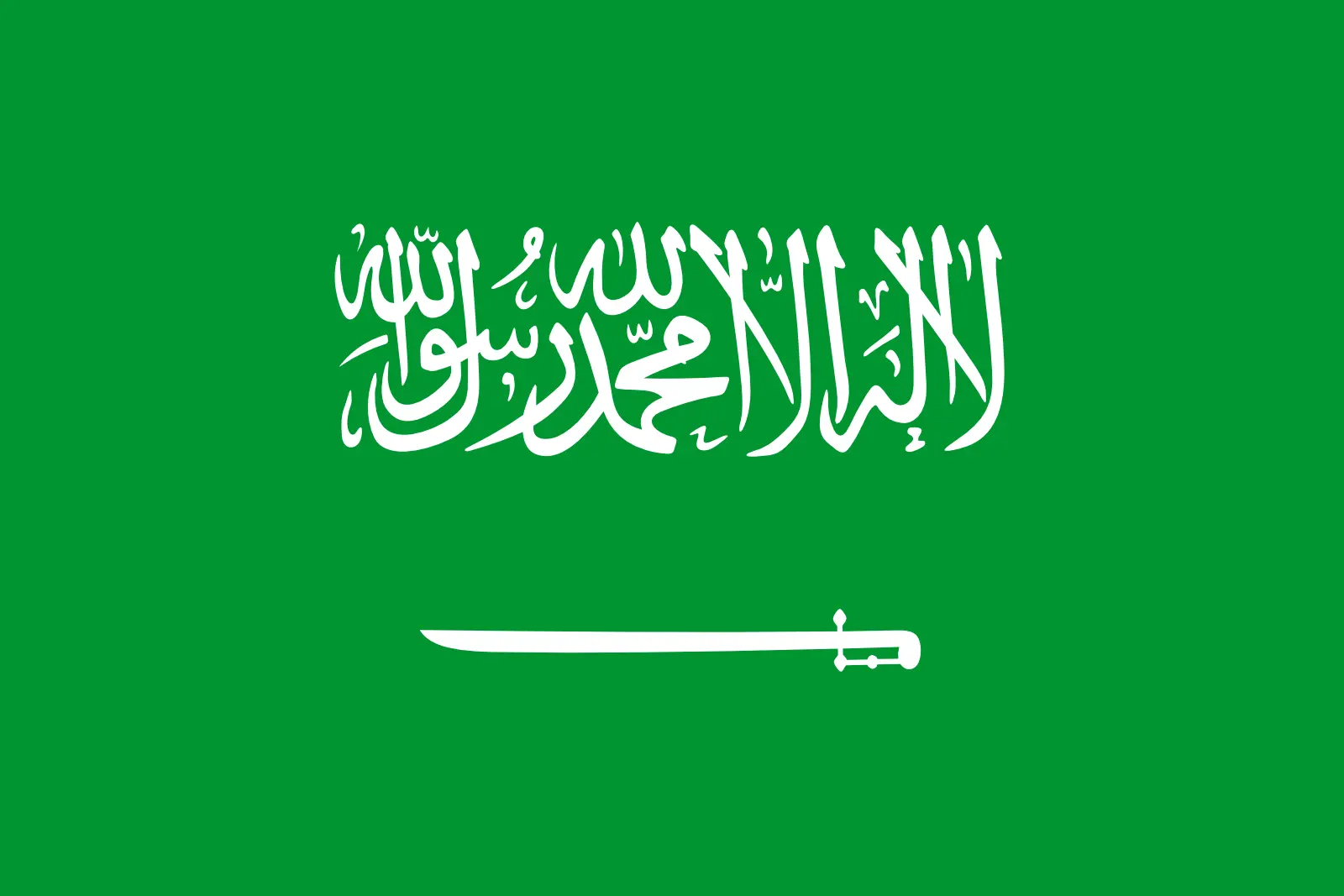 Saudi Arabia (+966)
Saudi Arabia (+966)
 Senegal (+221)
Senegal (+221)
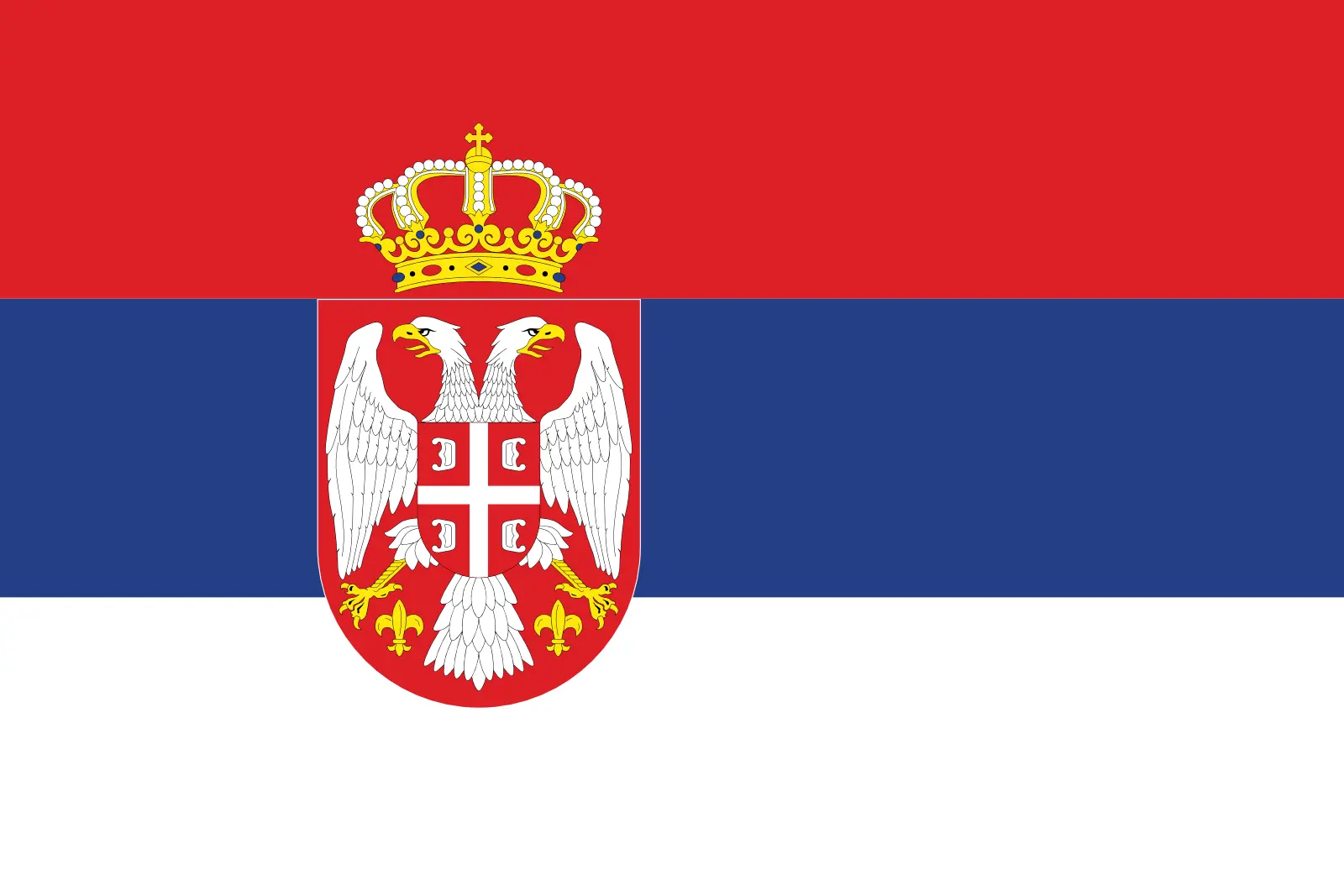 Serbia (+381)
Serbia (+381)
 Seychelles (+248)
Seychelles (+248)
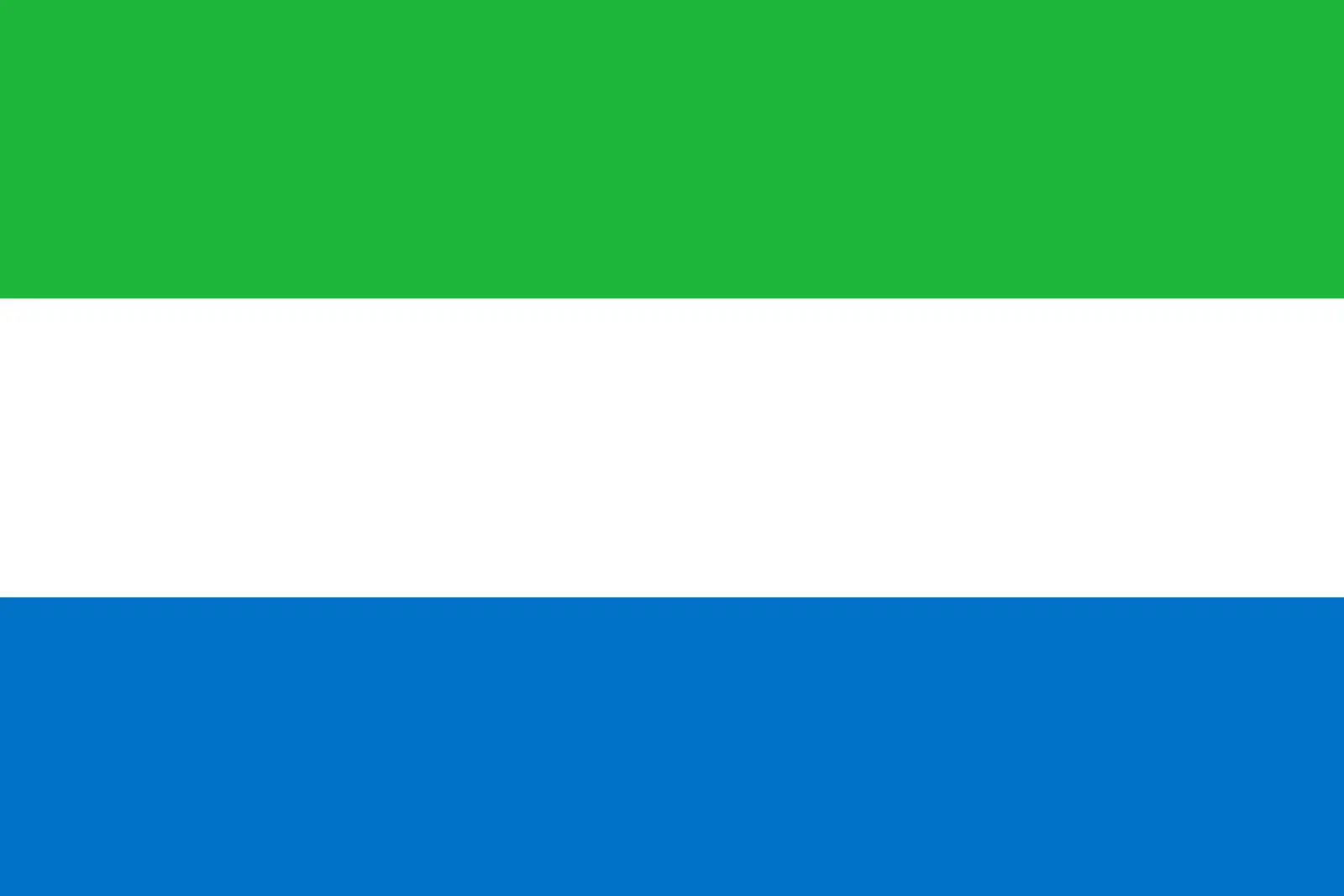 Sierra Leone (+232)
Sierra Leone (+232)
 Singapore (+65)
Singapore (+65)
 Sint Maarten (Dutch part) (+1721)
Sint Maarten (Dutch part) (+1721)
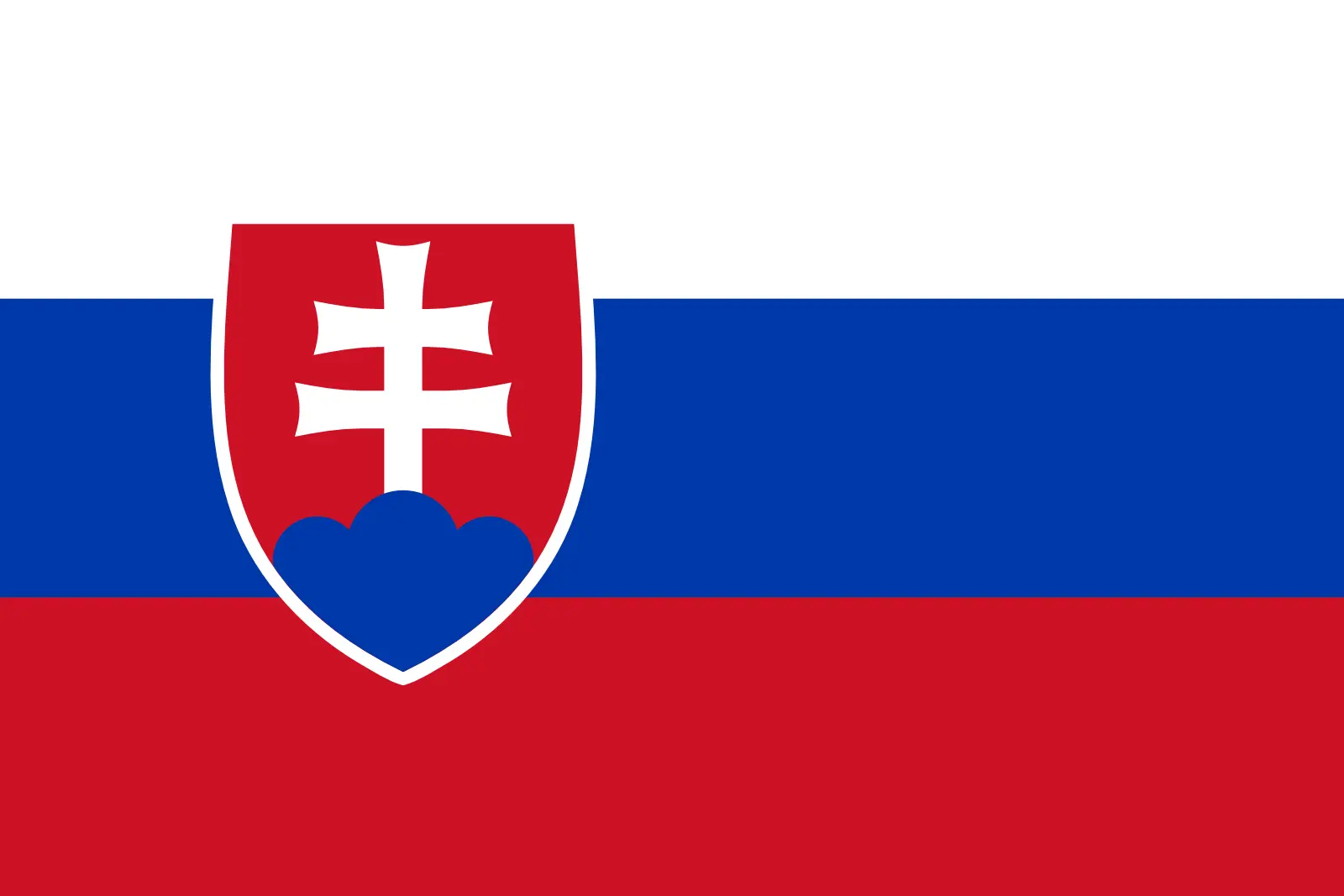 Slovakia (+421)
Slovakia (+421)
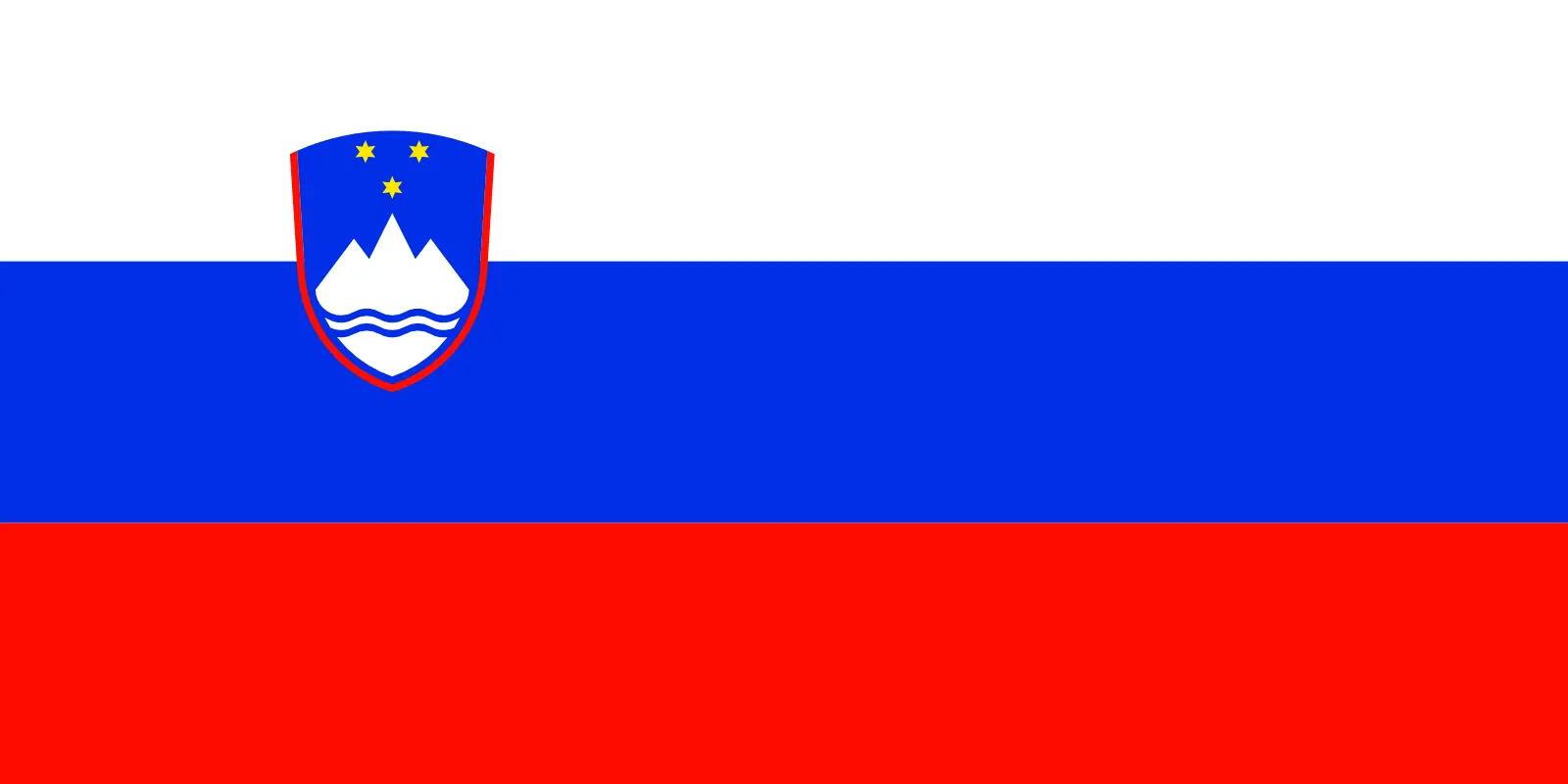 Slovenia (+386)
Slovenia (+386)
 Solomon Islands (+677)
Solomon Islands (+677)
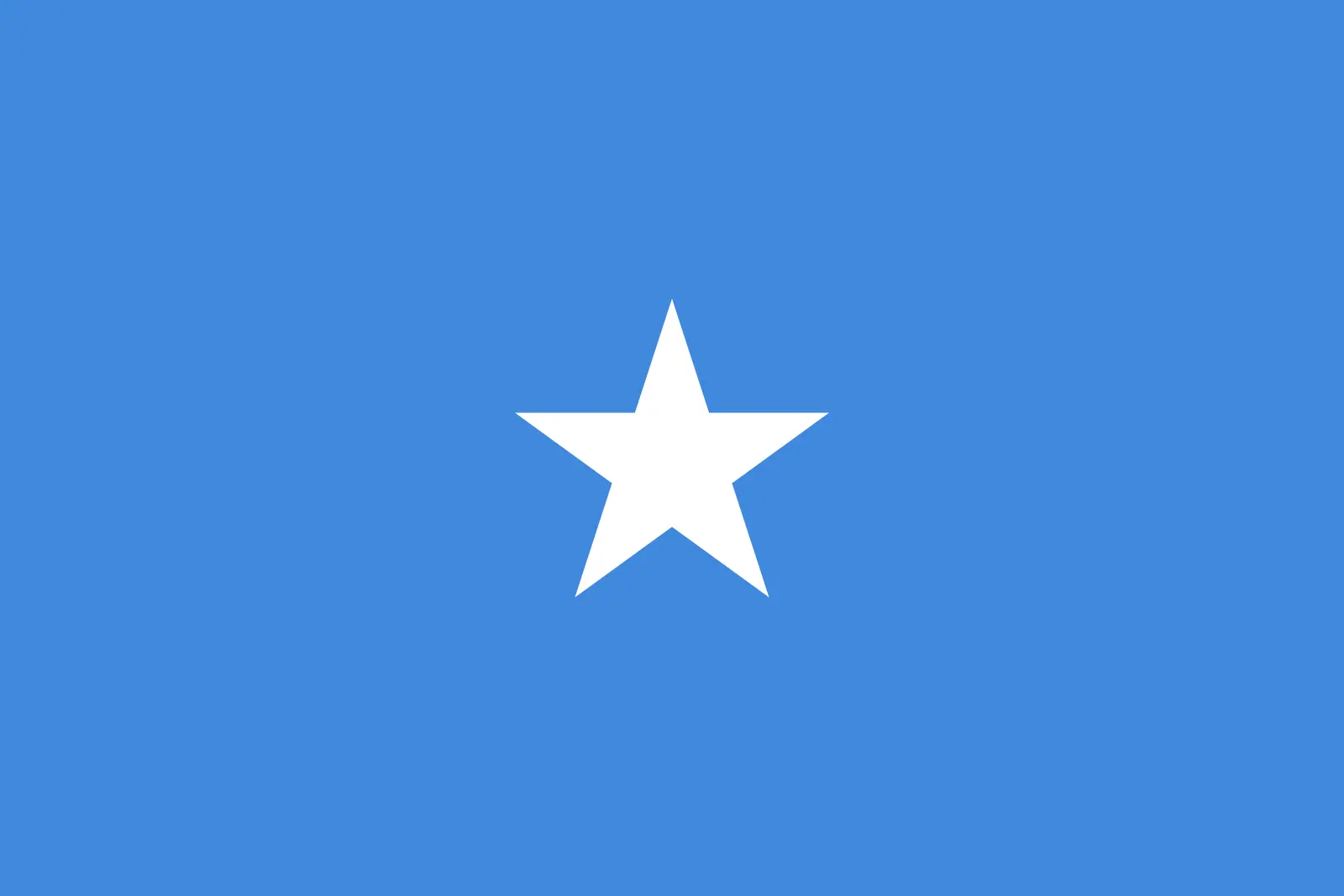 Somalia (+252)
Somalia (+252)
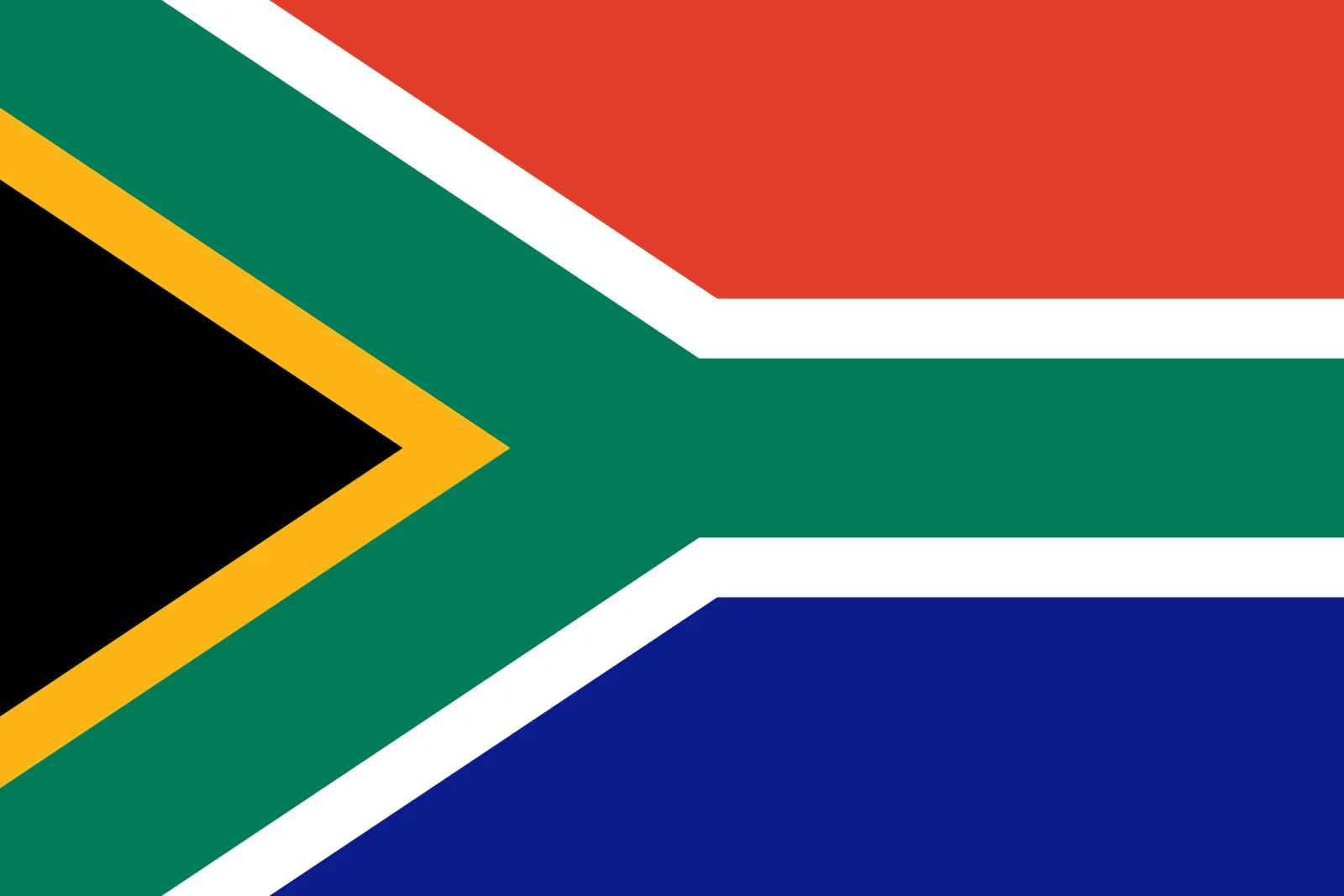 South Africa (+27)
South Africa (+27)
 South Georgia and the South Sandwich Islands (+0)
South Georgia and the South Sandwich Islands (+0)
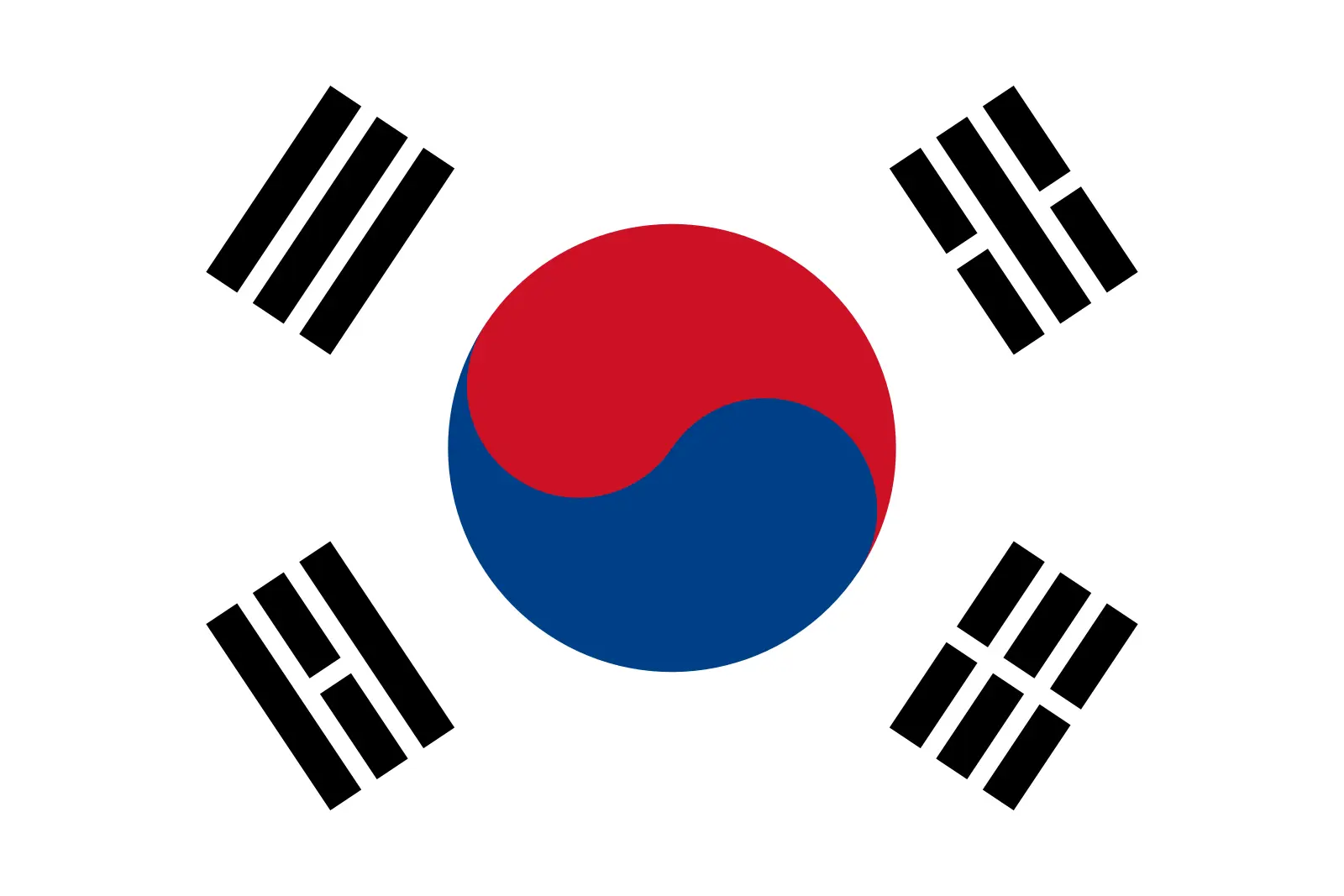 South Korea (+82)
South Korea (+82)
 South Sudan (+211)
South Sudan (+211)
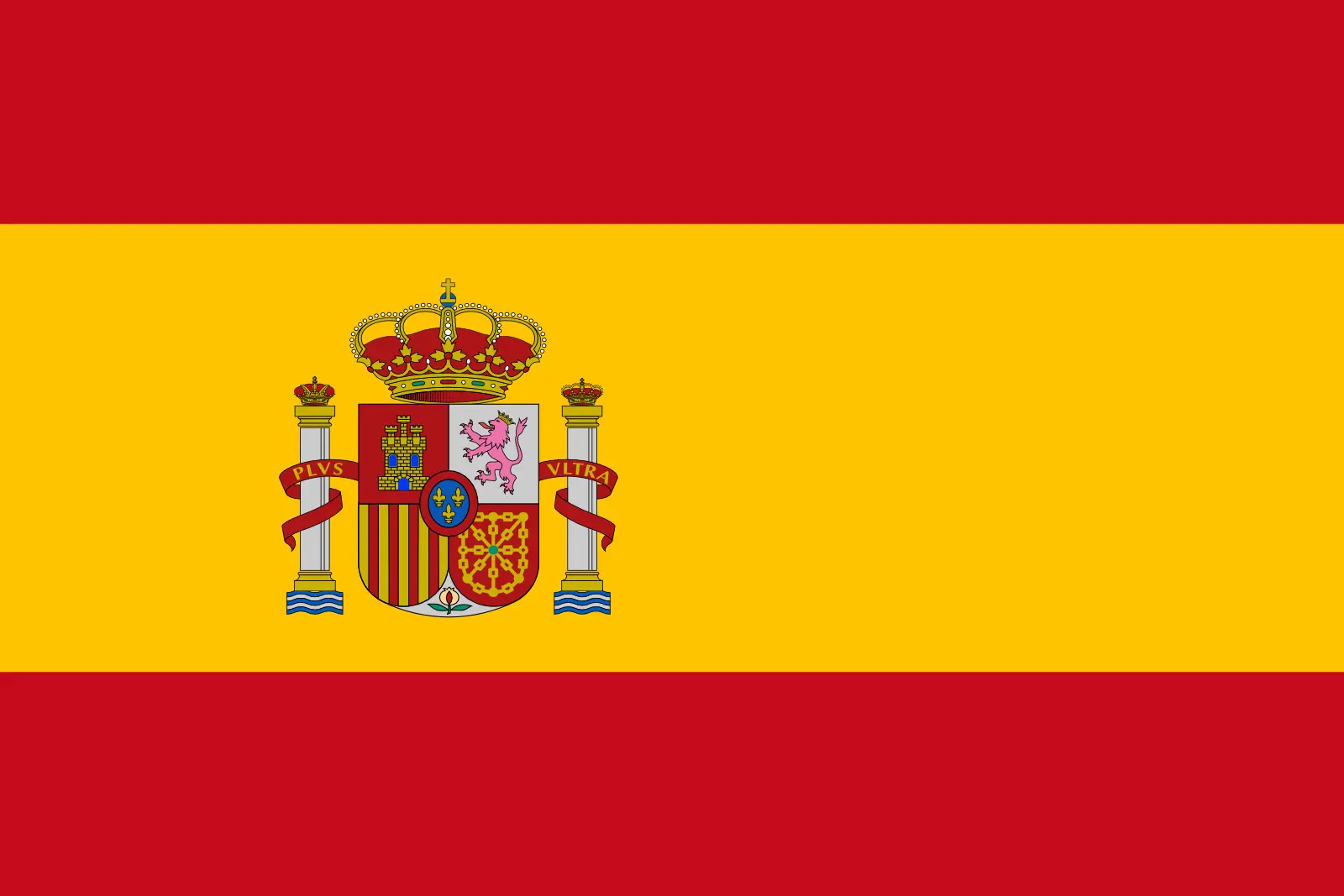 Spain (+34)
Spain (+34)
 Sri Lanka (+94)
Sri Lanka (+94)
 Sudan (+249)
Sudan (+249)
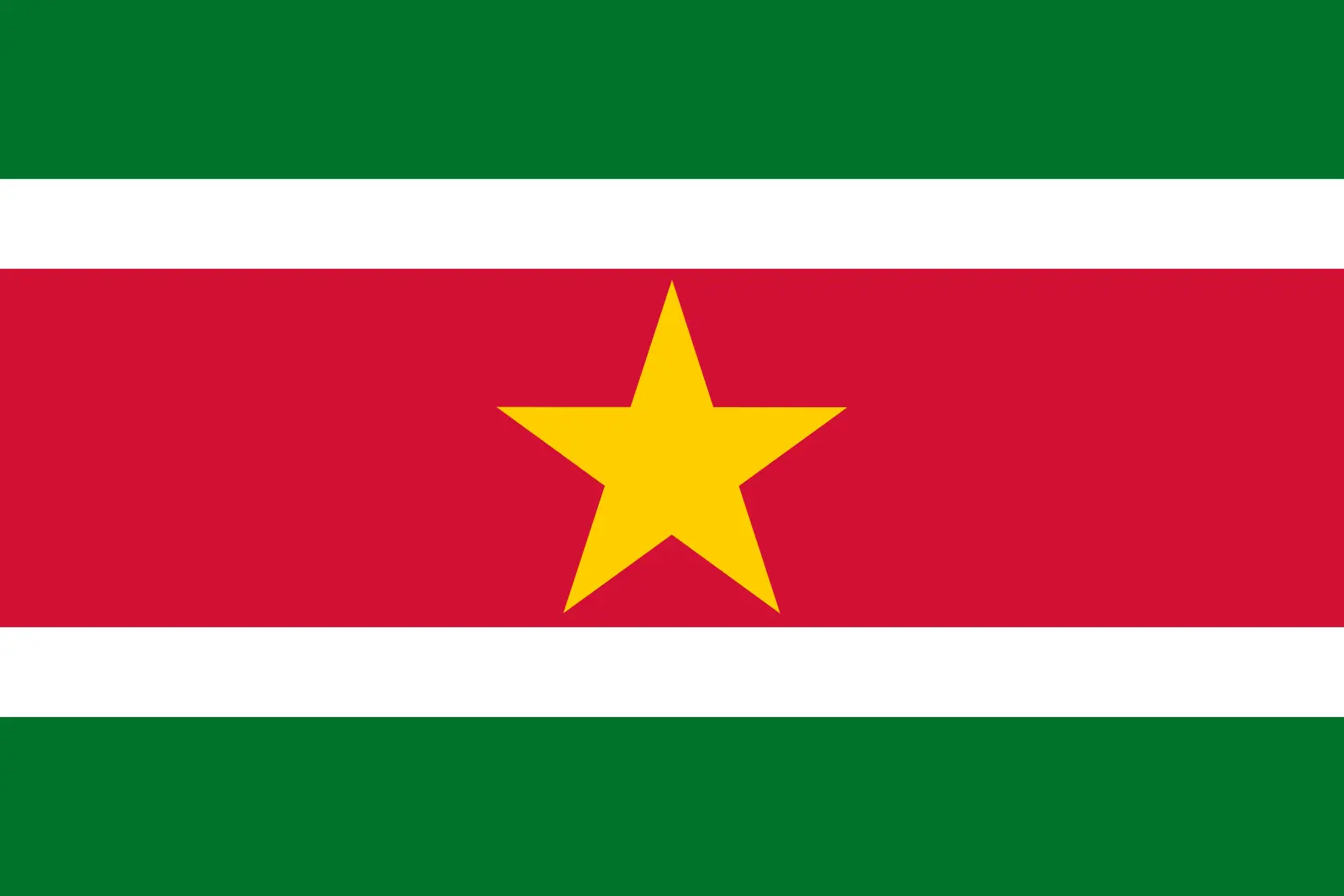 Suriname (+597)
Suriname (+597)
 Svalbard and Jan Mayen (+47)
Svalbard and Jan Mayen (+47)
 Eswatini (+268)
Eswatini (+268)
 Sweden (+46)
Sweden (+46)
 Switzerland (+41)
Switzerland (+41)
 Syria (+963)
Syria (+963)
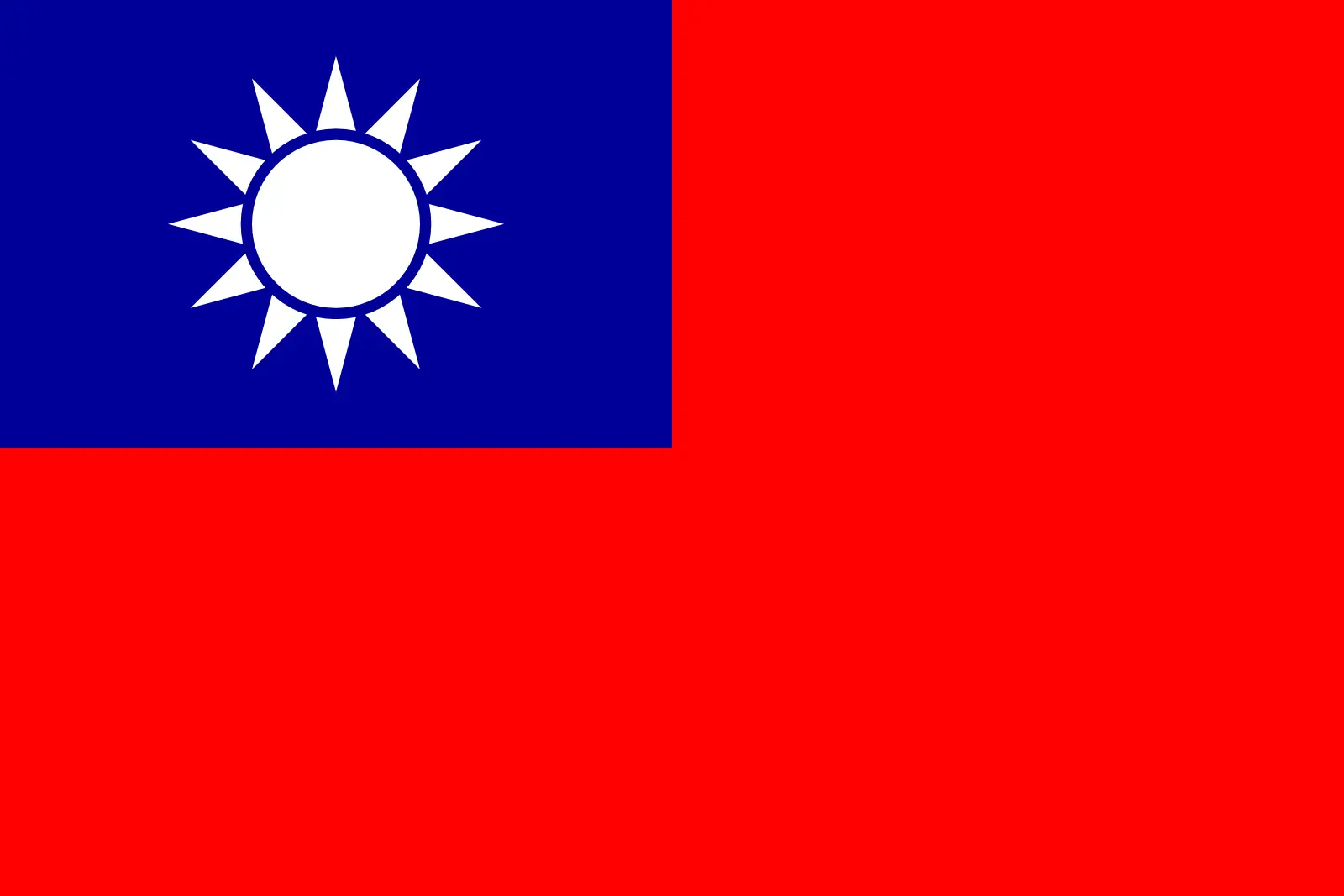 Taiwan (+886)
Taiwan (+886)
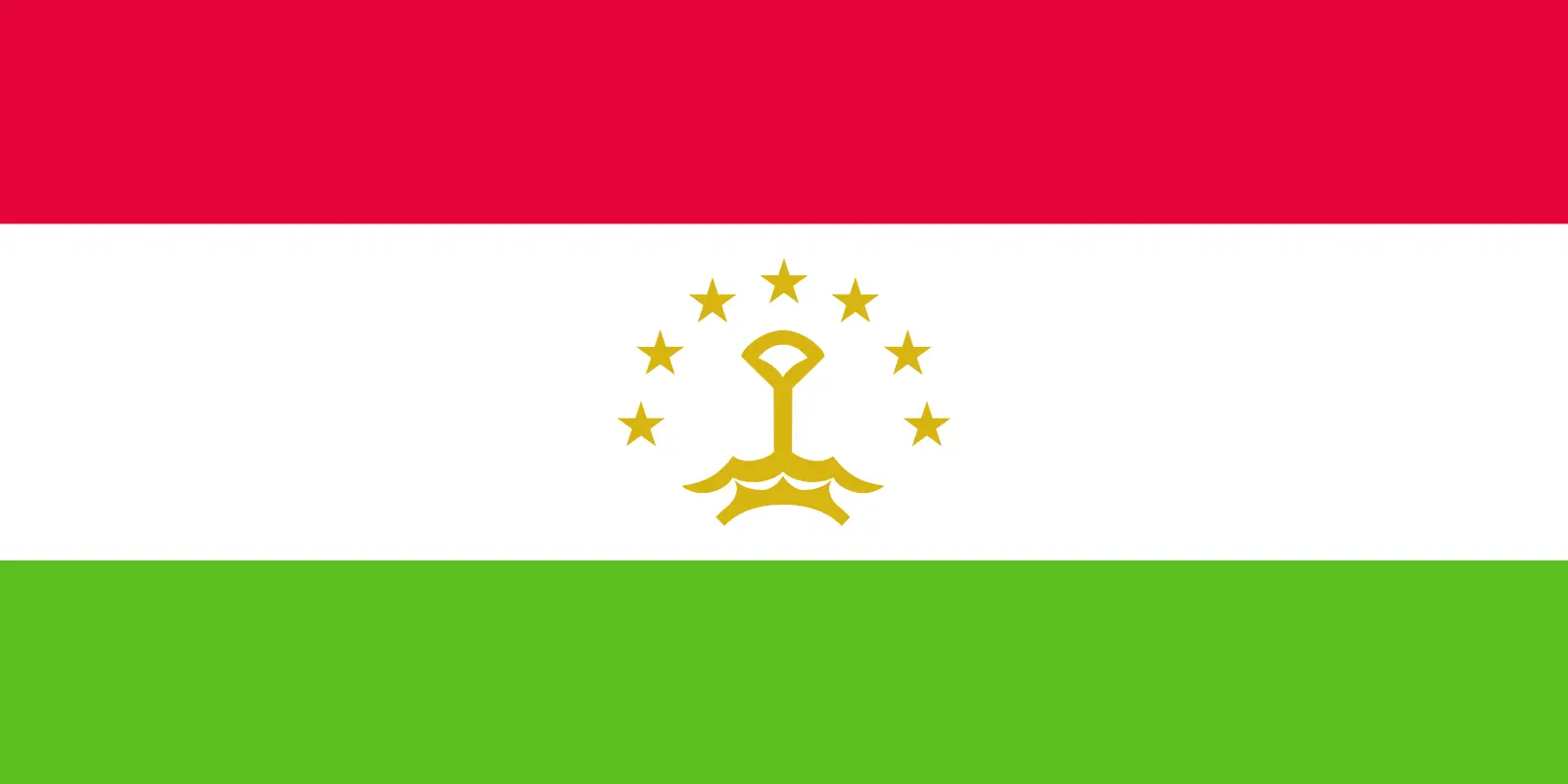 Tajikistan (+992)
Tajikistan (+992)
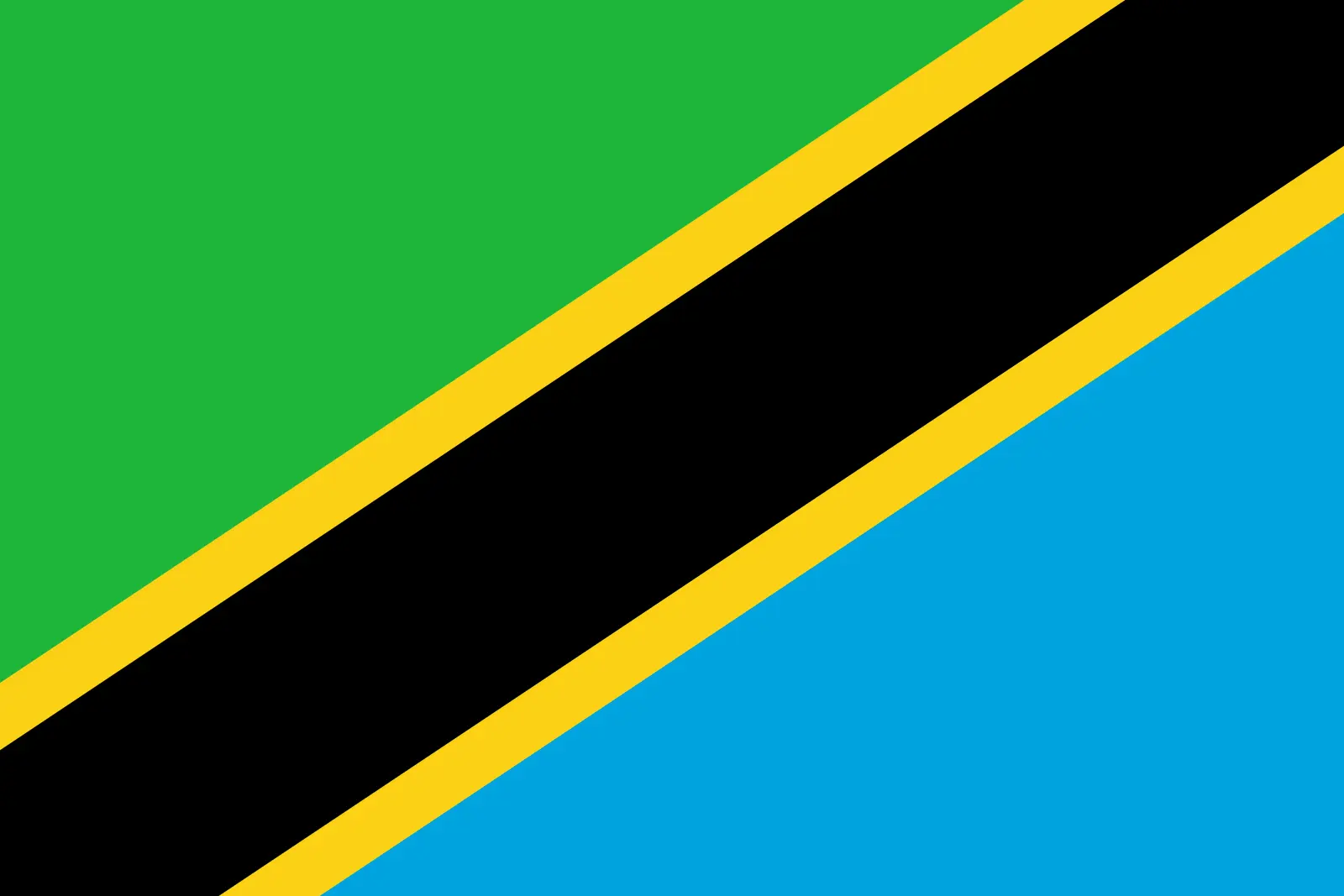 Tanzania (+255)
Tanzania (+255)
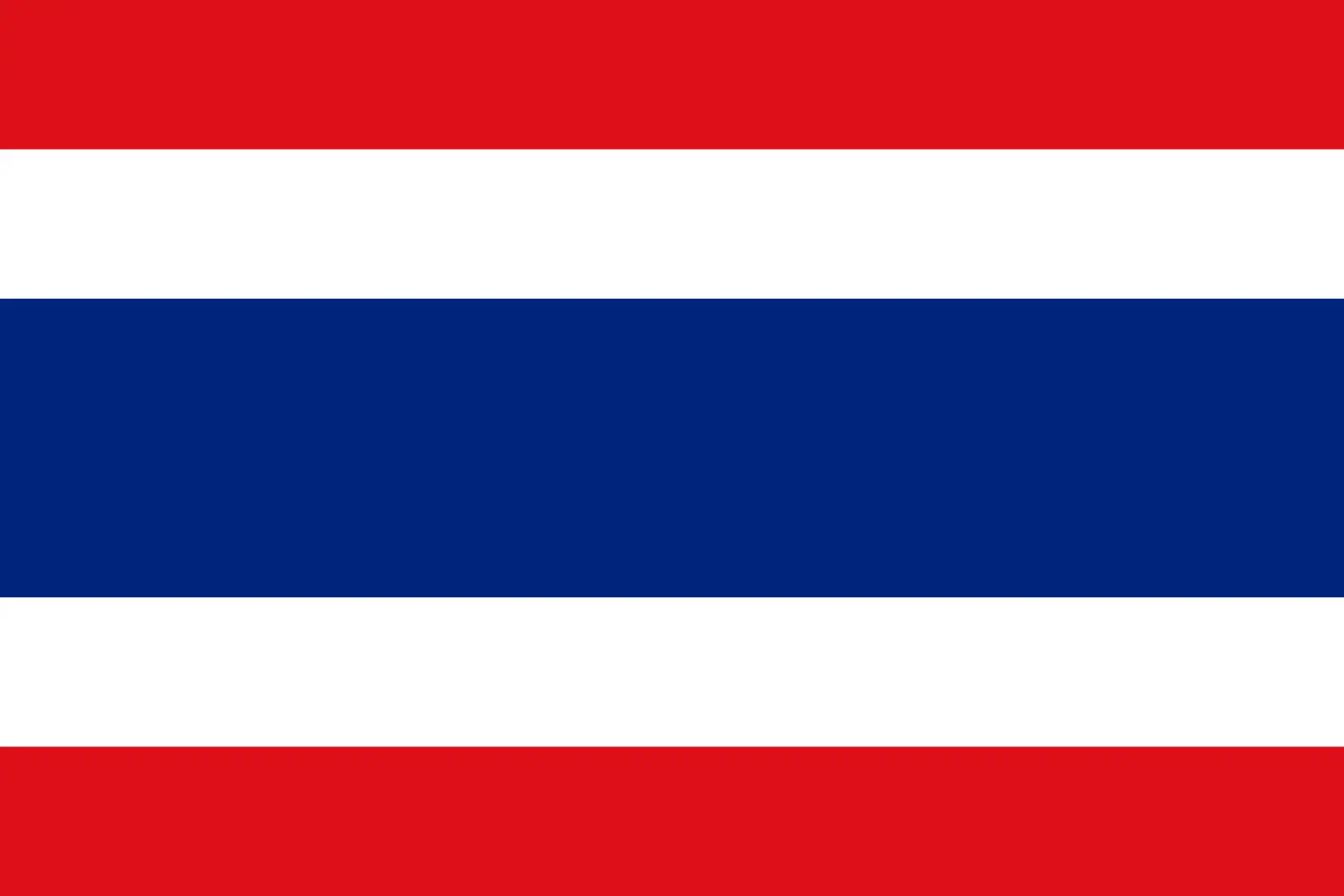 Thailand (+66)
Thailand (+66)
 Togo (+228)
Togo (+228)
 Tokelau (+690)
Tokelau (+690)
 Tonga (+676)
Tonga (+676)
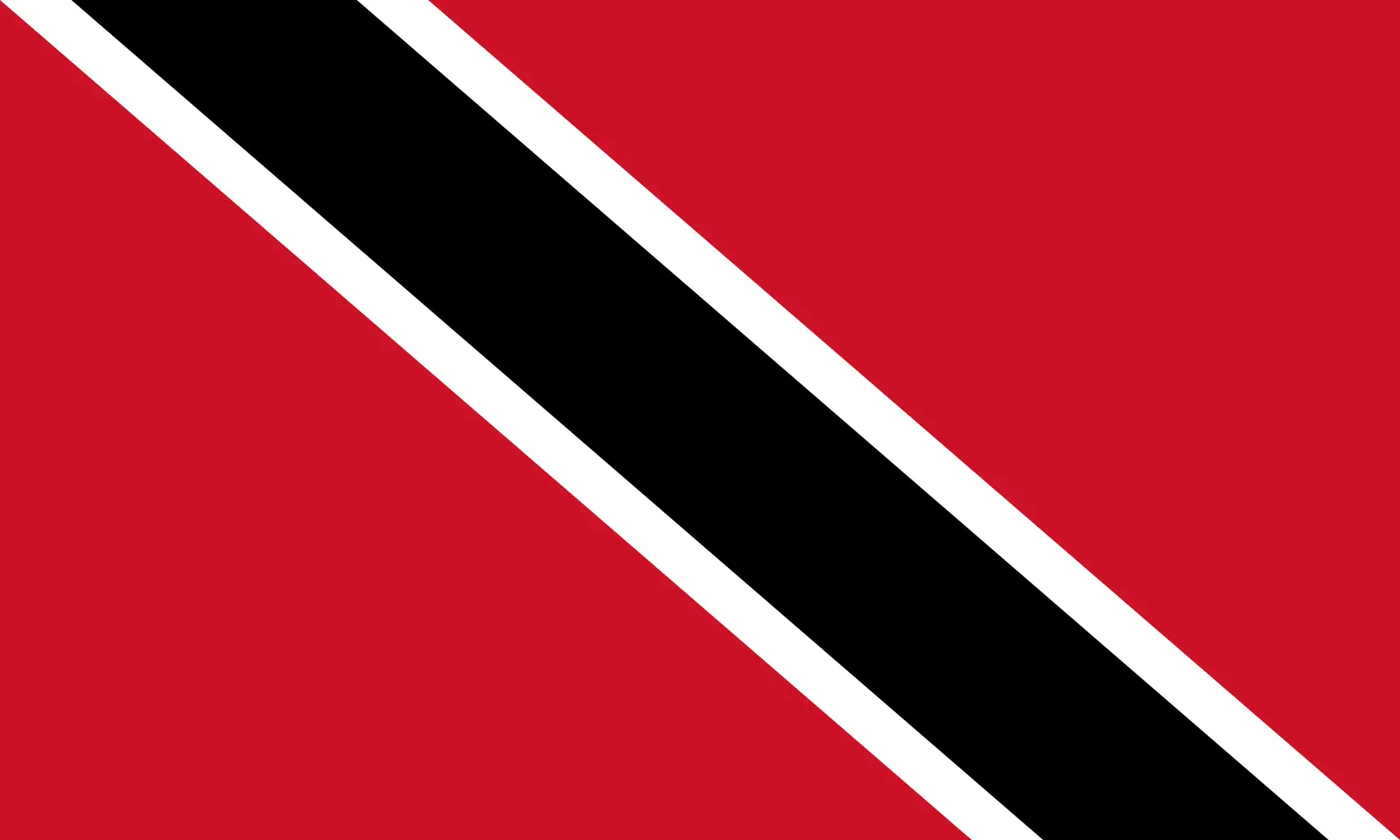 Trinidad and Tobago (+1868)
Trinidad and Tobago (+1868)
 Tunisia (+216)
Tunisia (+216)
 Turkey (+90)
Turkey (+90)
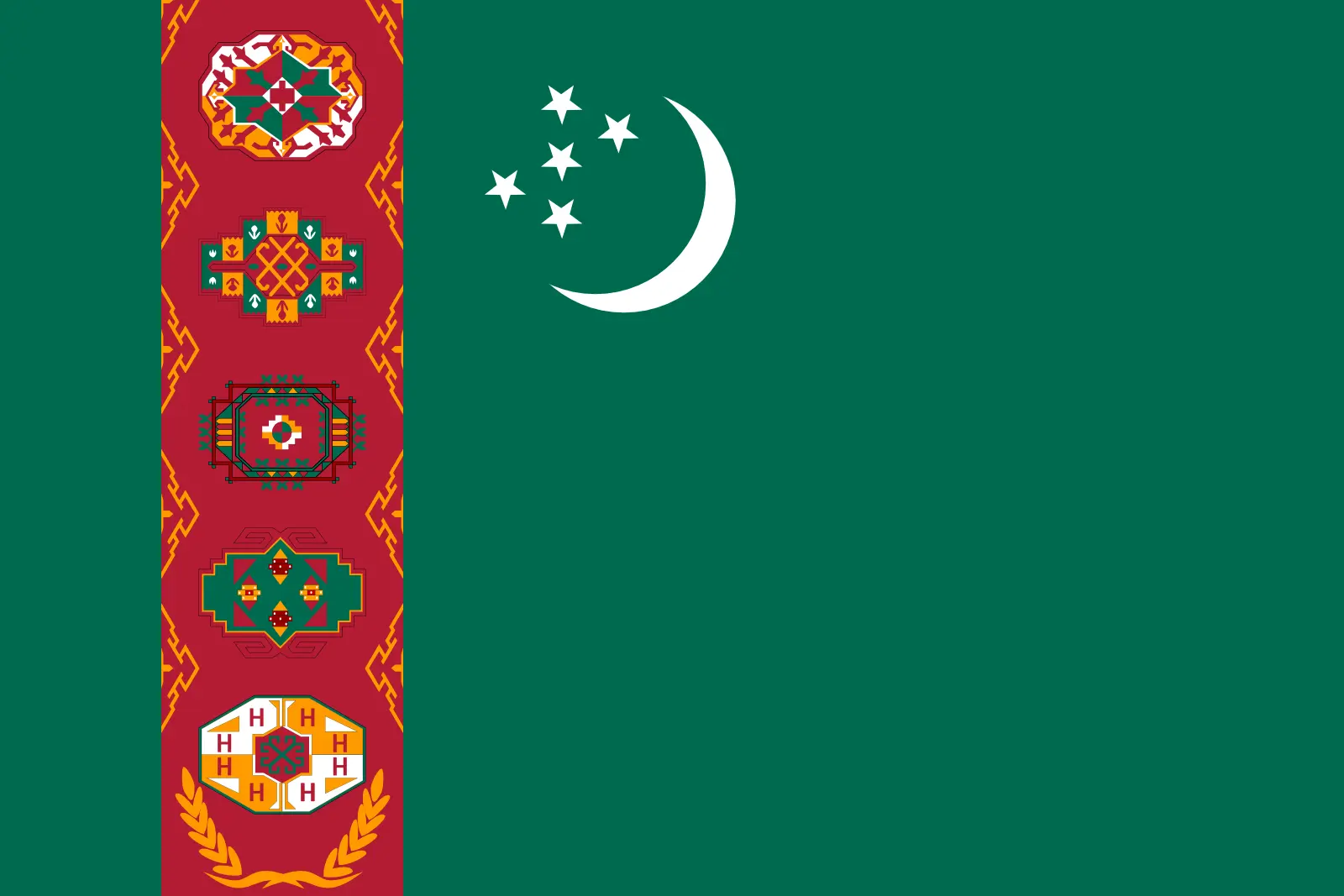 Turkmenistan (+993)
Turkmenistan (+993)
 Turks and Caicos Islands (+1649)
Turks and Caicos Islands (+1649)
 Tuvalu (+688)
Tuvalu (+688)
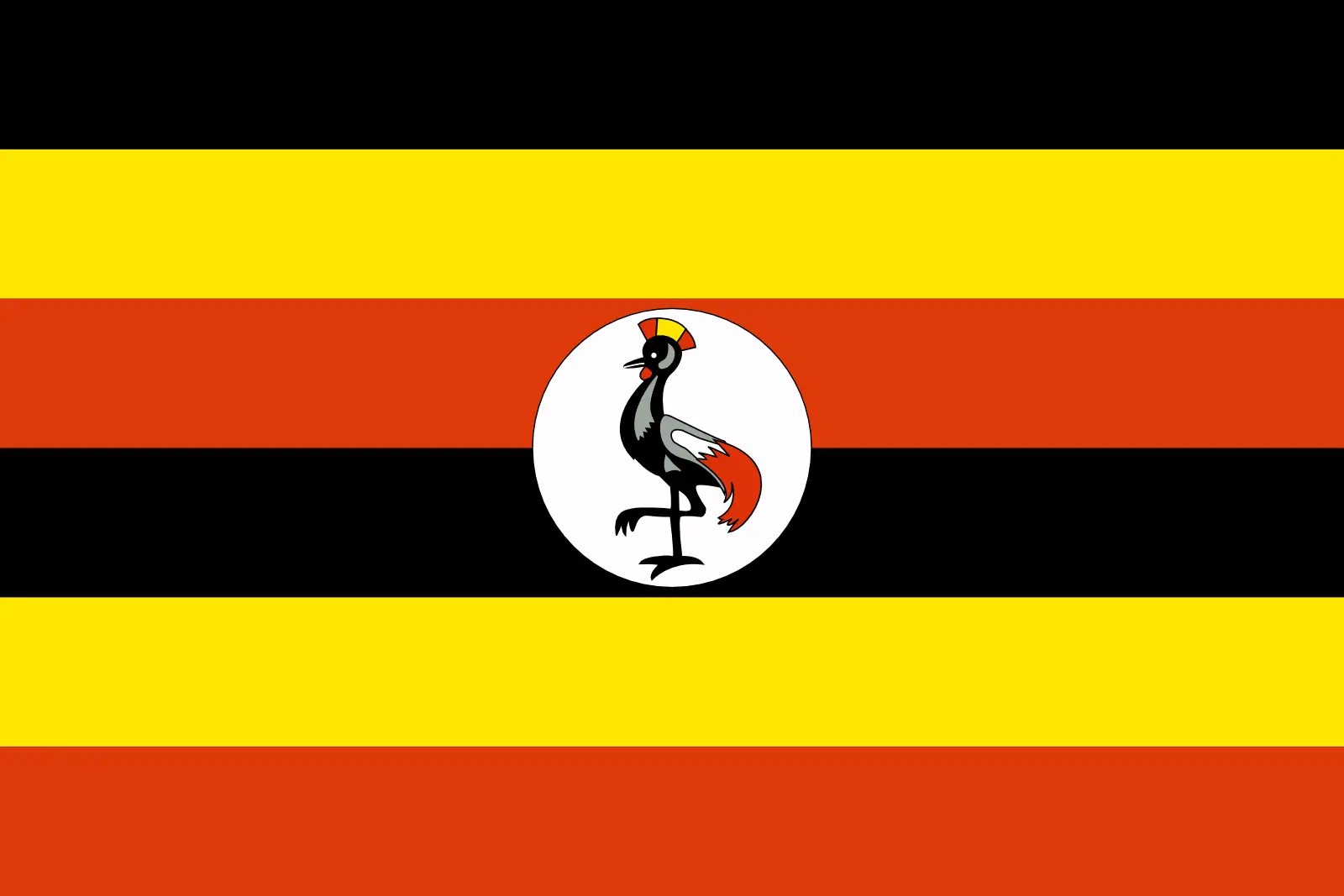 Uganda (+256)
Uganda (+256)
 Ukraine (+380)
Ukraine (+380)
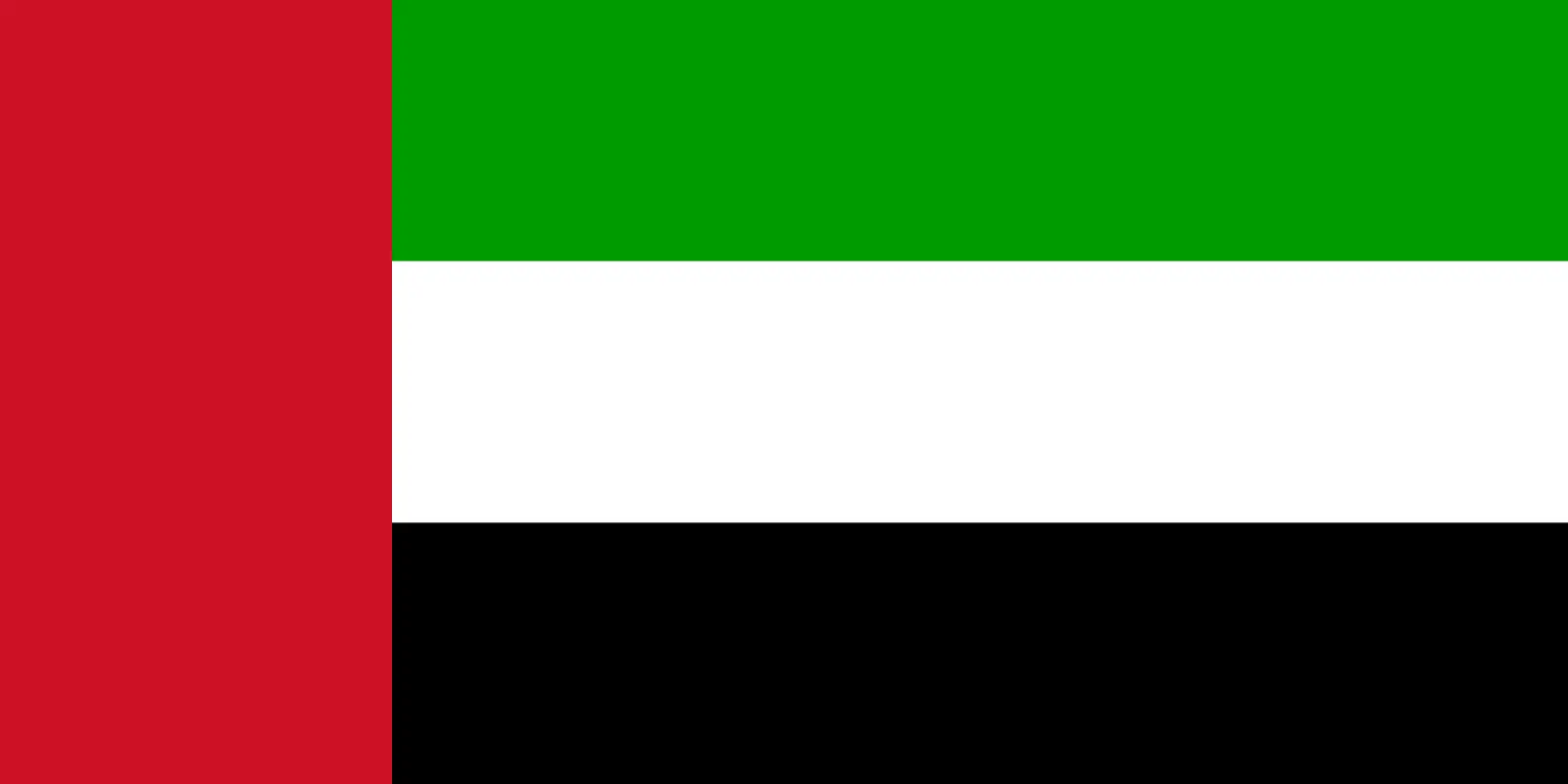 United Arab Emirates (+971)
United Arab Emirates (+971)
 United Kingdom (+44)
United Kingdom (+44)
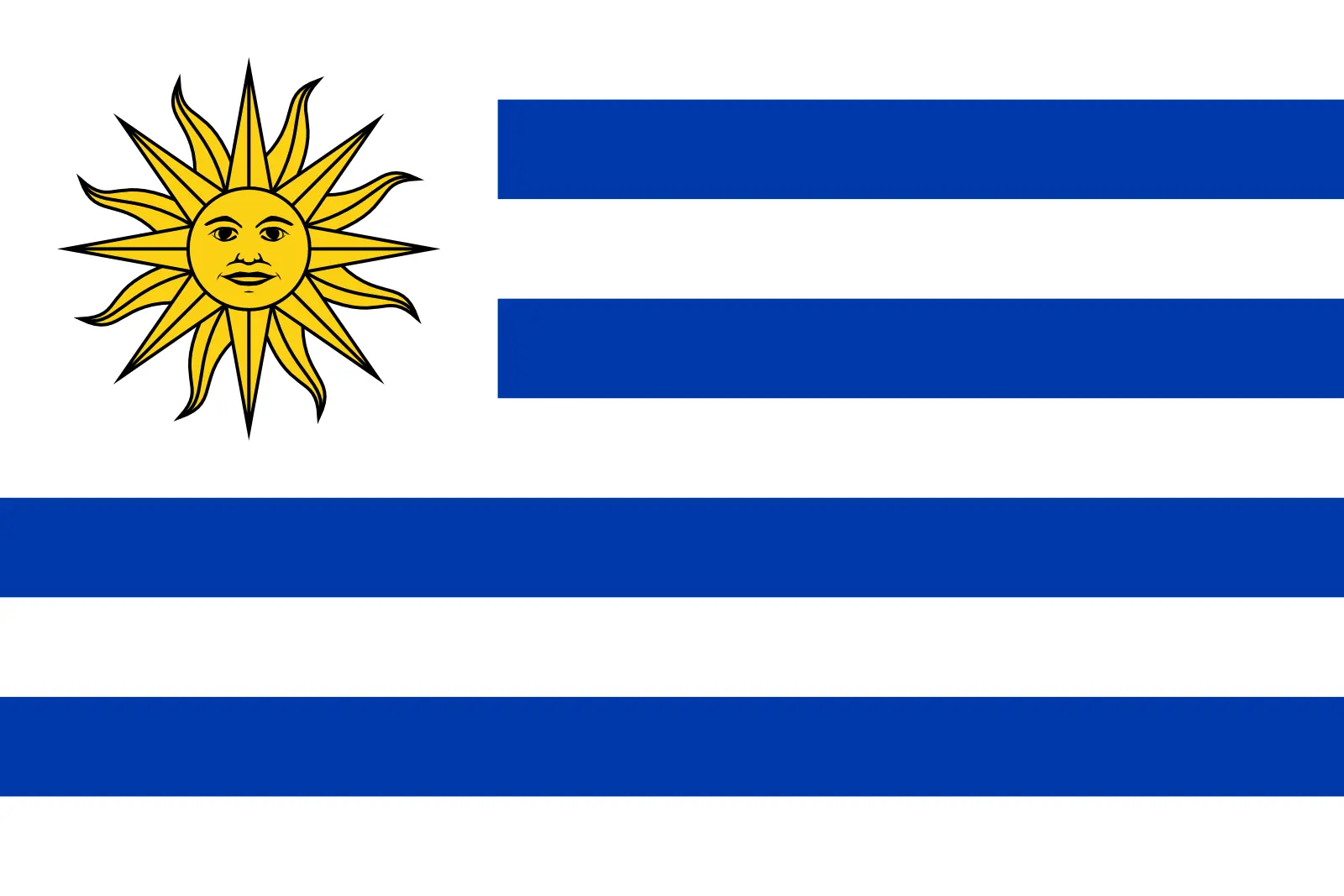 Uruguay (+598)
Uruguay (+598)
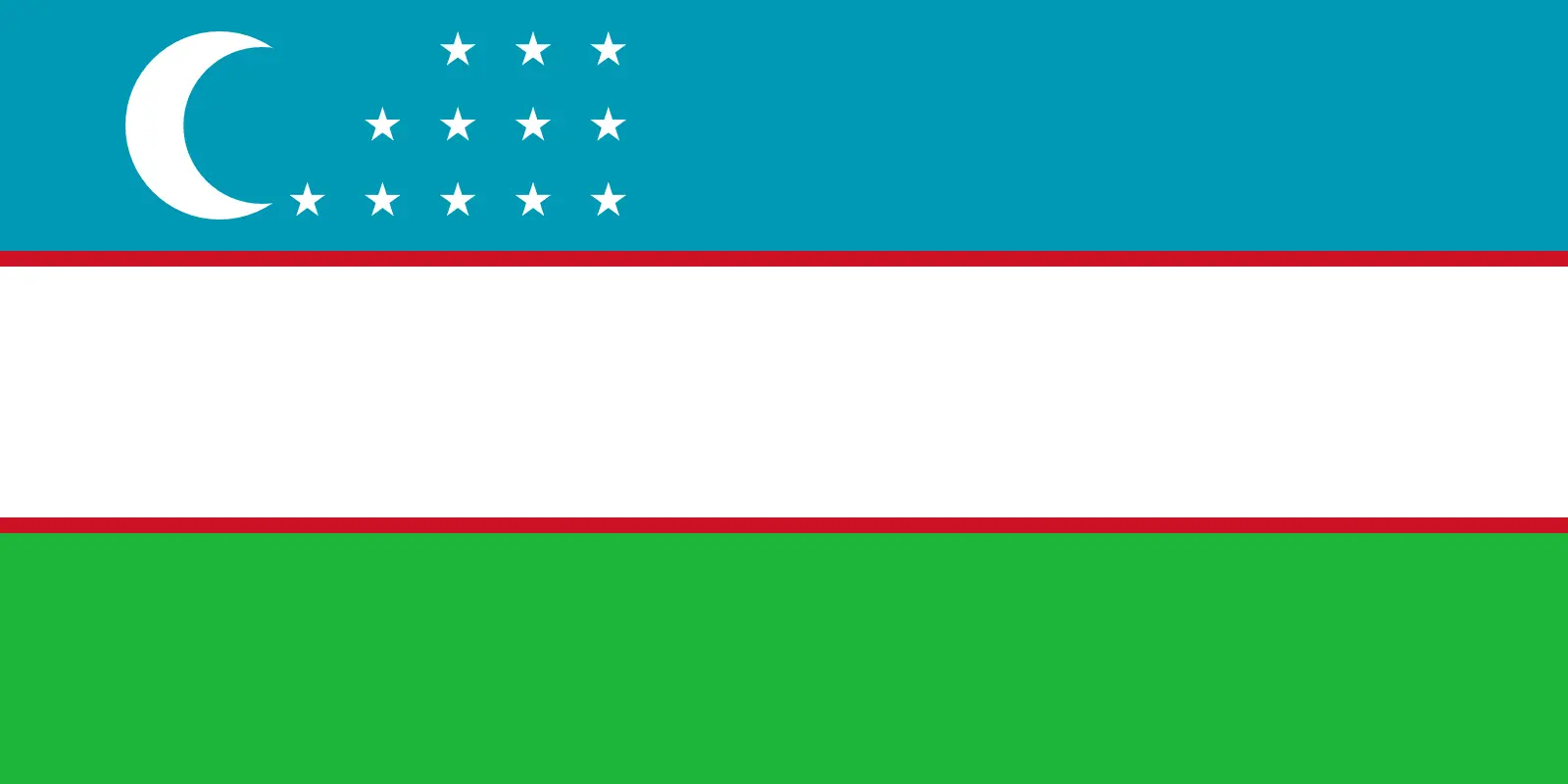 Uzbekistan (+998)
Uzbekistan (+998)
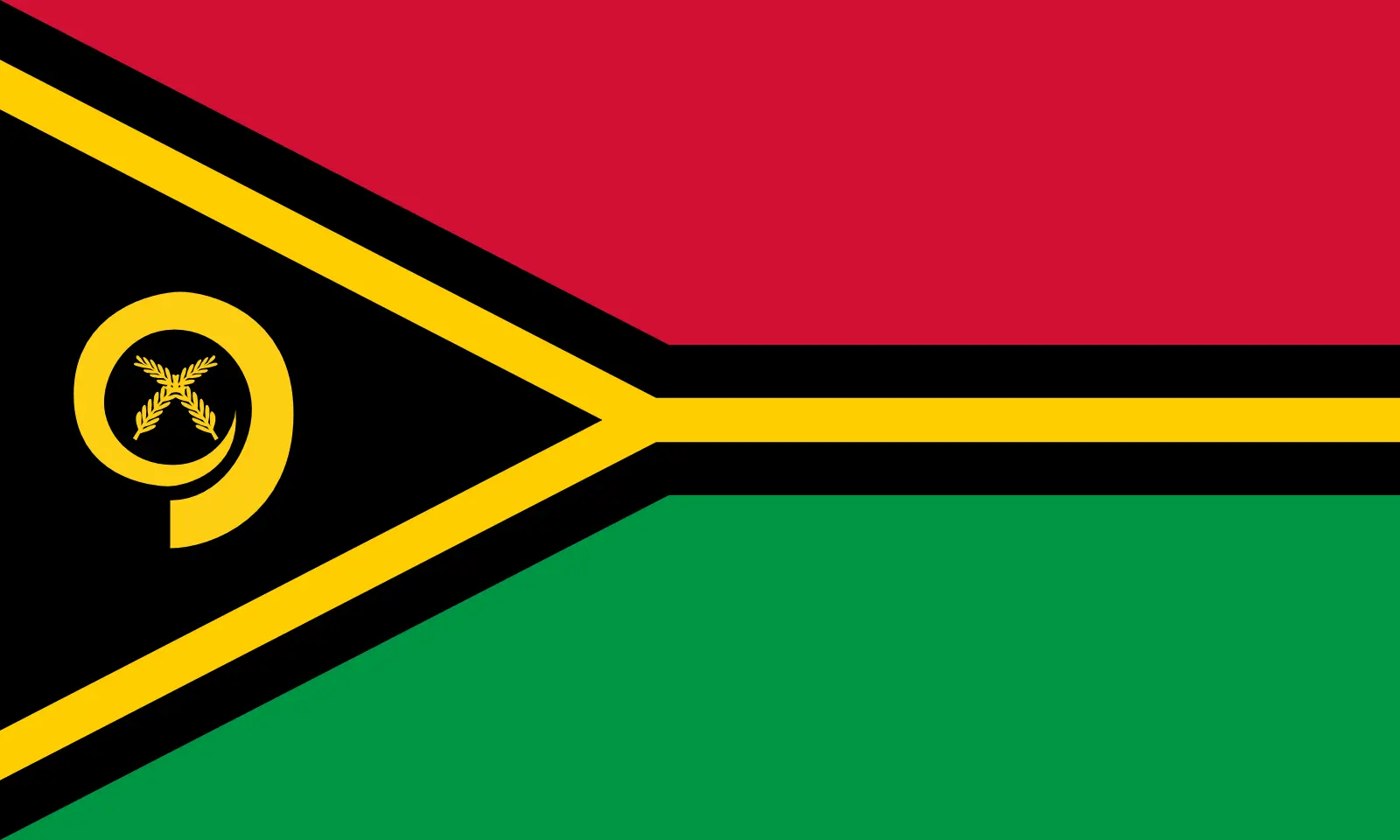 Vanuatu (+678)
Vanuatu (+678)
 Vatican City (+39)
Vatican City (+39)
 Venezuela (Bolivarian Republic of) (+58)
Venezuela (Bolivarian Republic of) (+58)
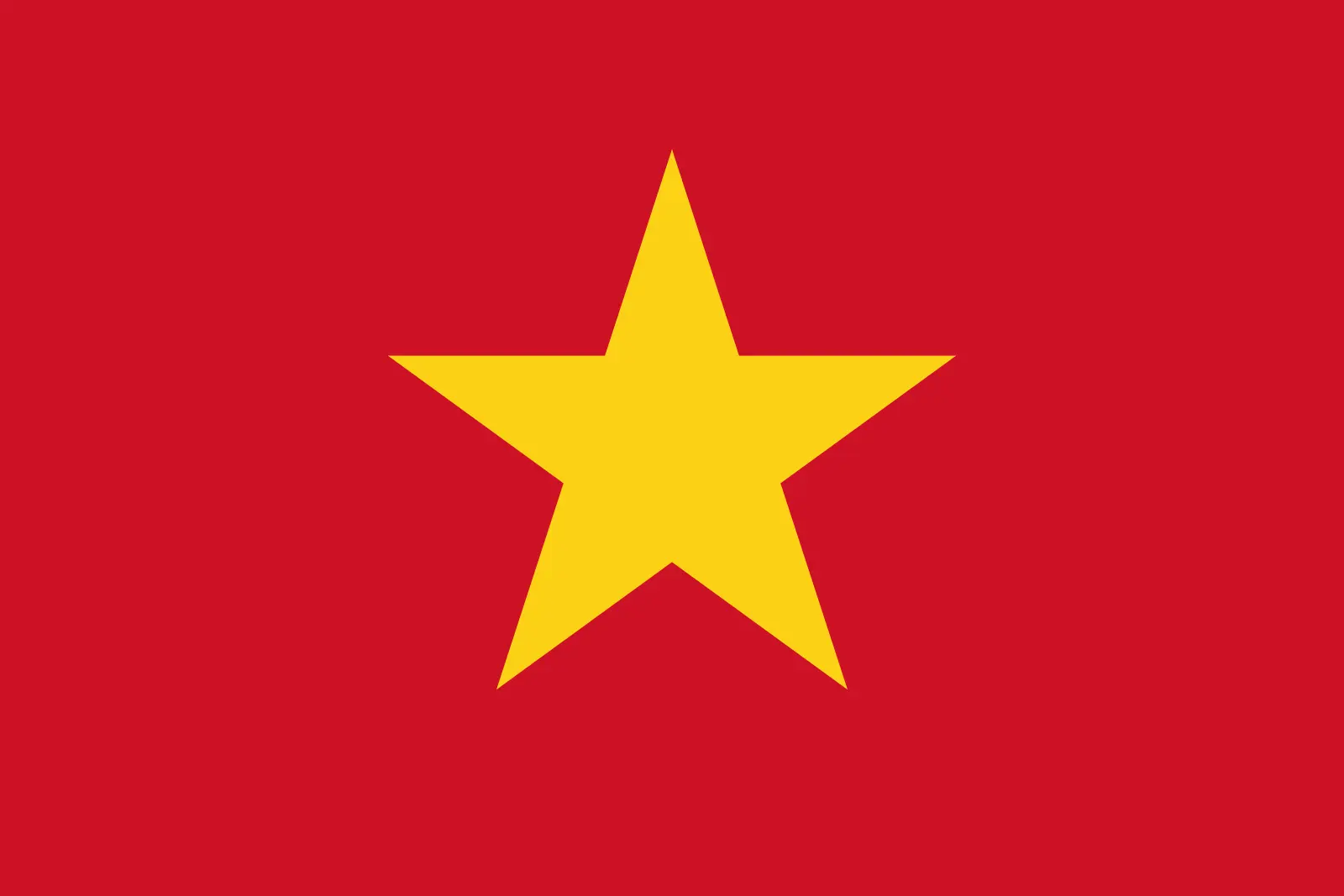 Vietnam (+84)
Vietnam (+84)
 Wallis and Futuna (+681)
Wallis and Futuna (+681)
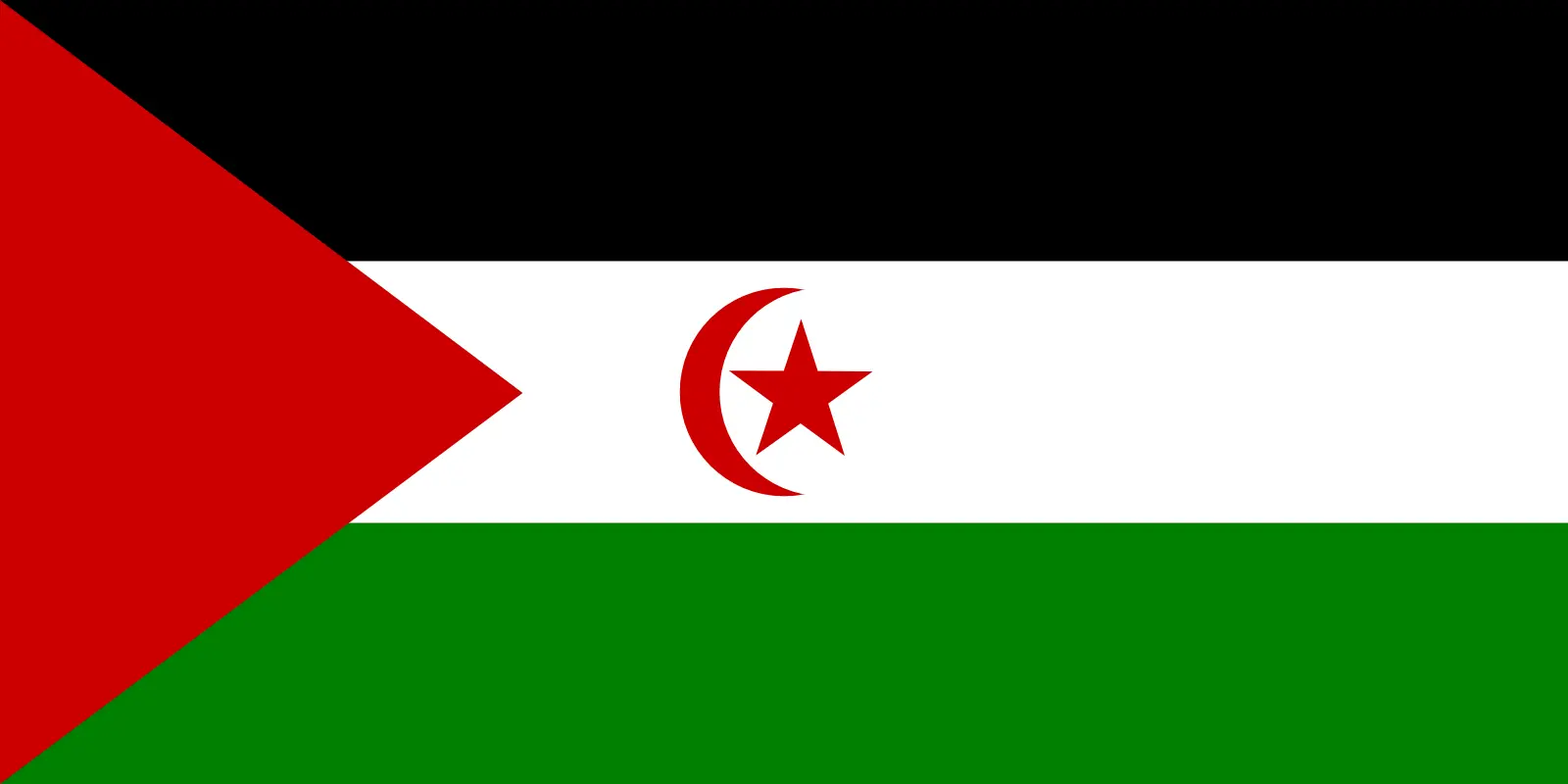 Western Sahara (+212)
Western Sahara (+212)
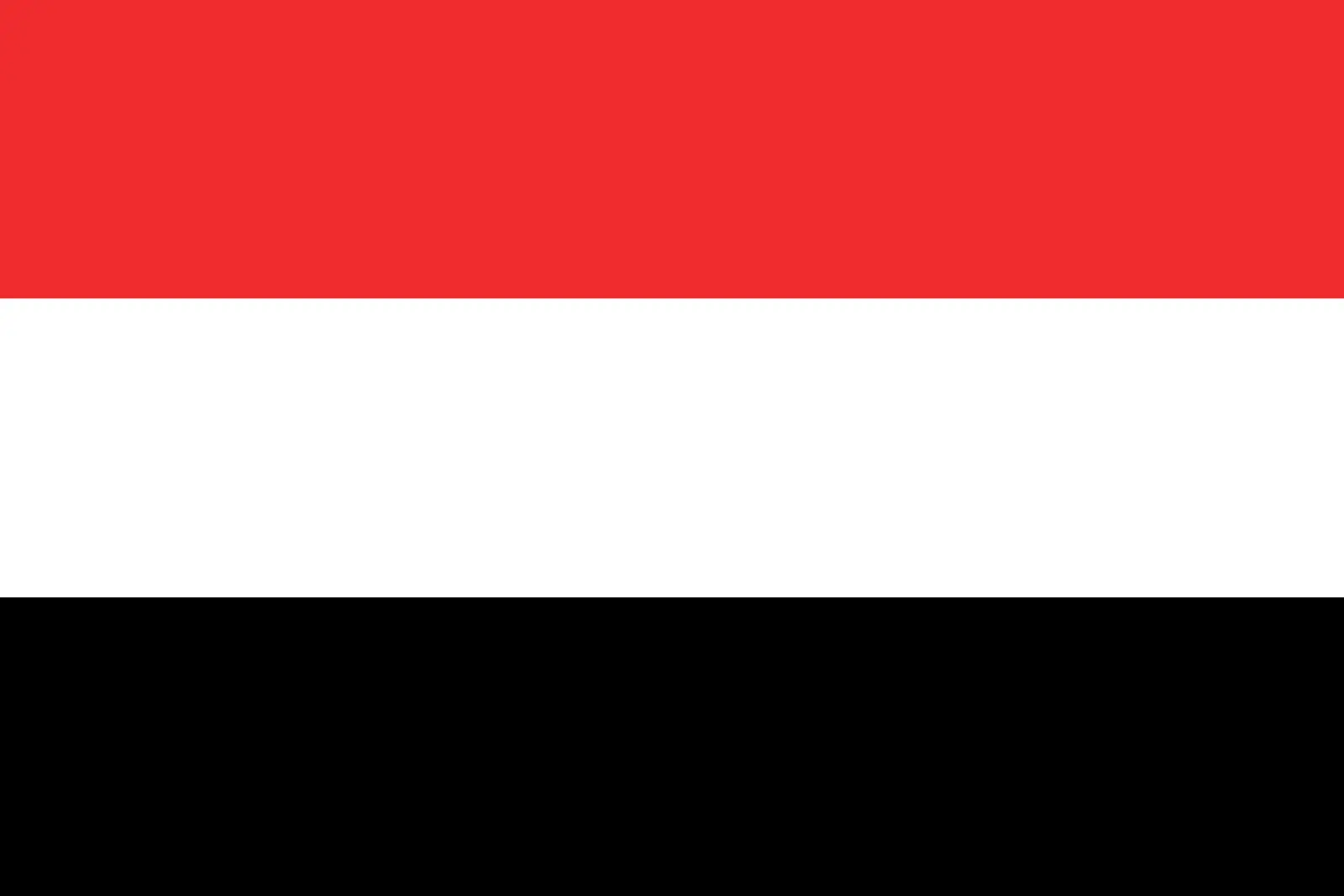 Yemen (+967)
Yemen (+967)
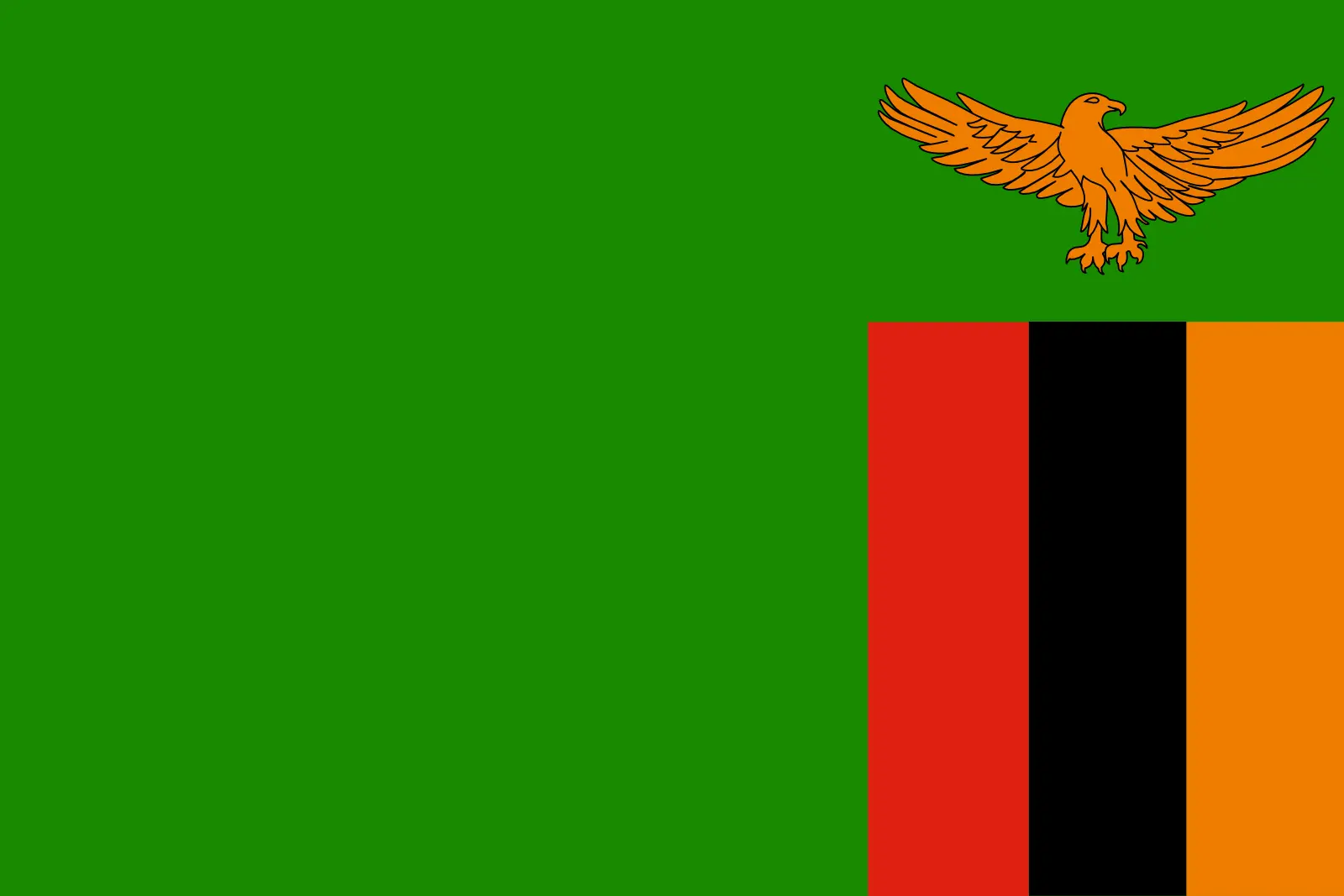 Zambia (+260)
Zambia (+260)
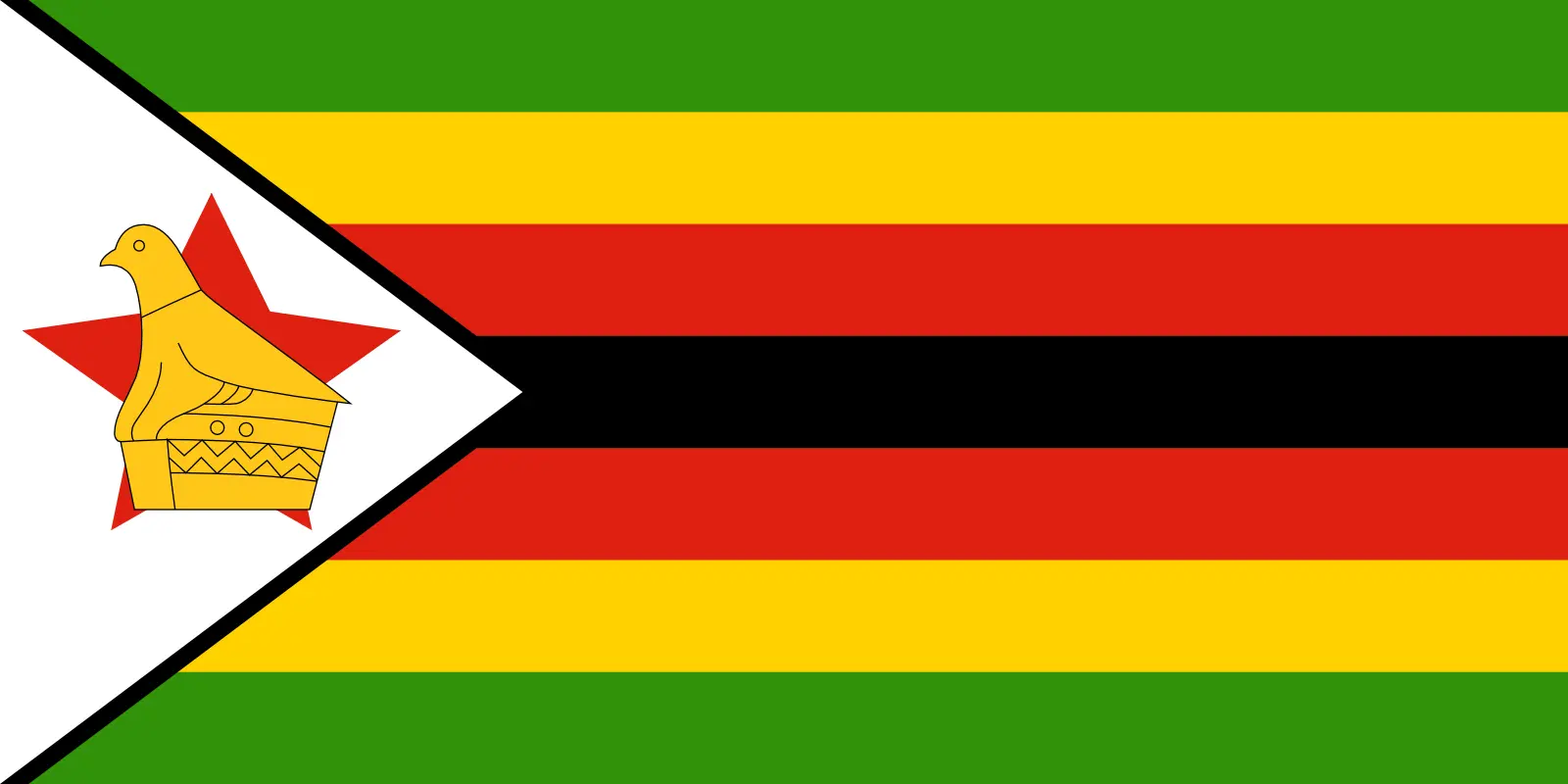 Zimbabwe (+263)
Zimbabwe (+263)

